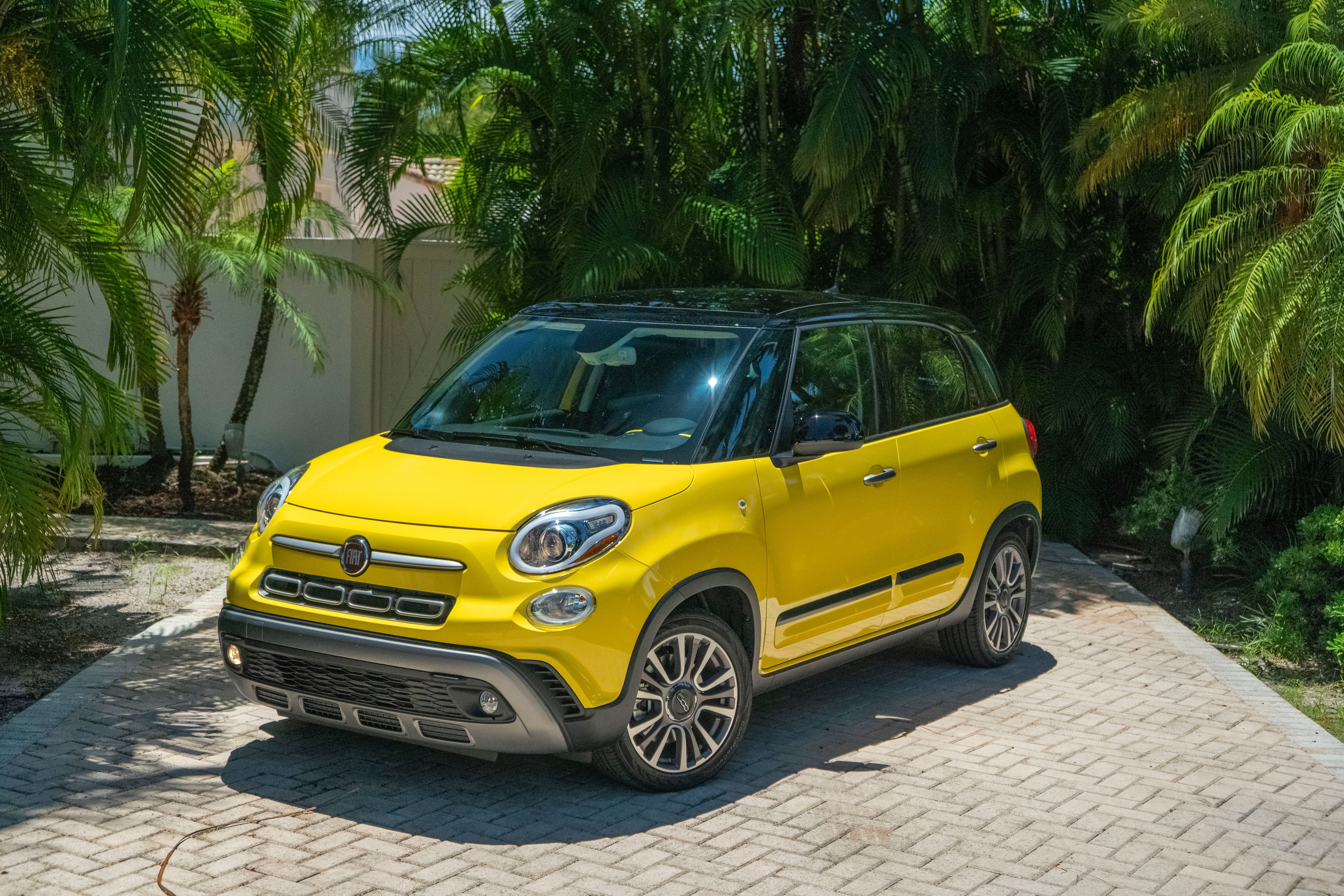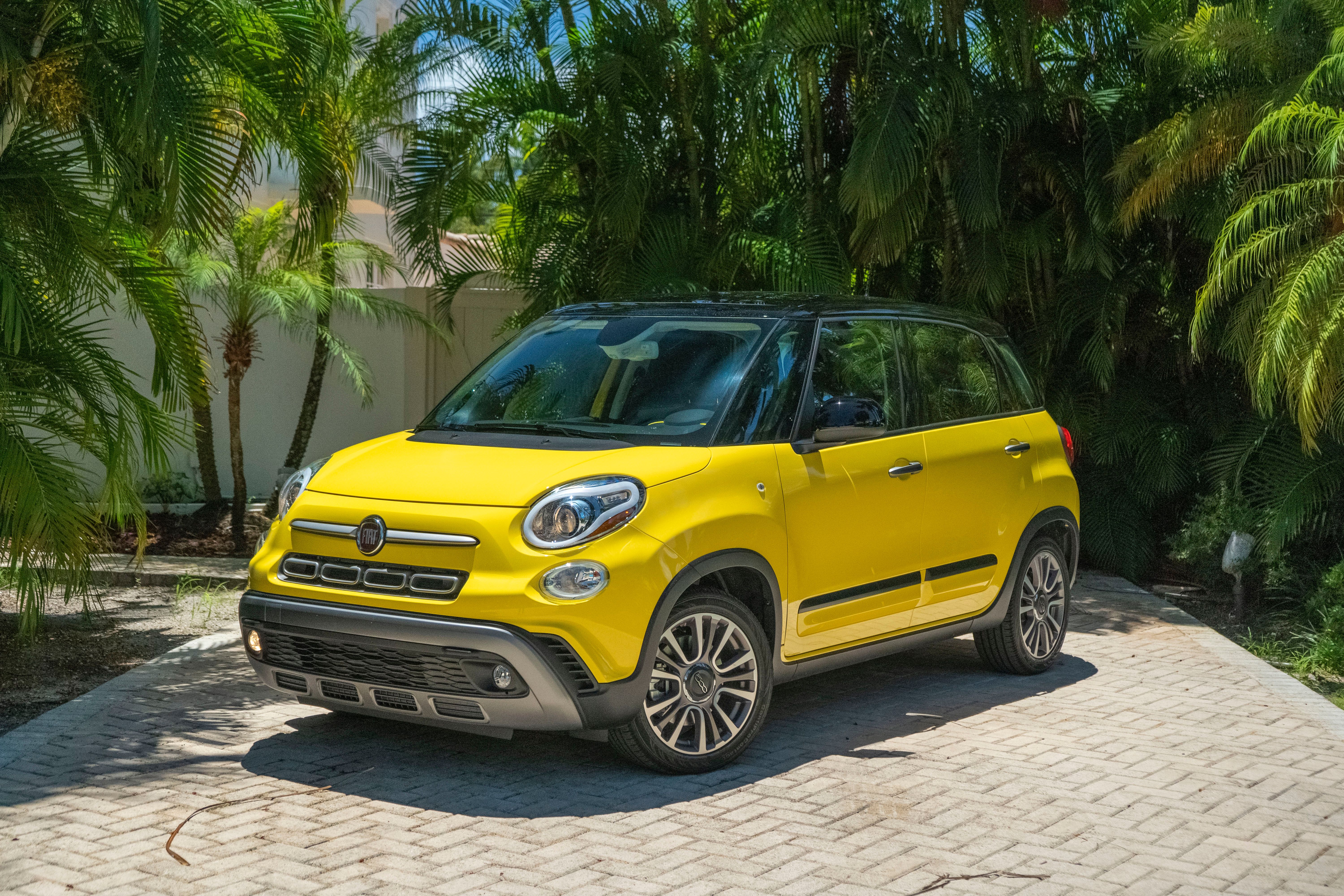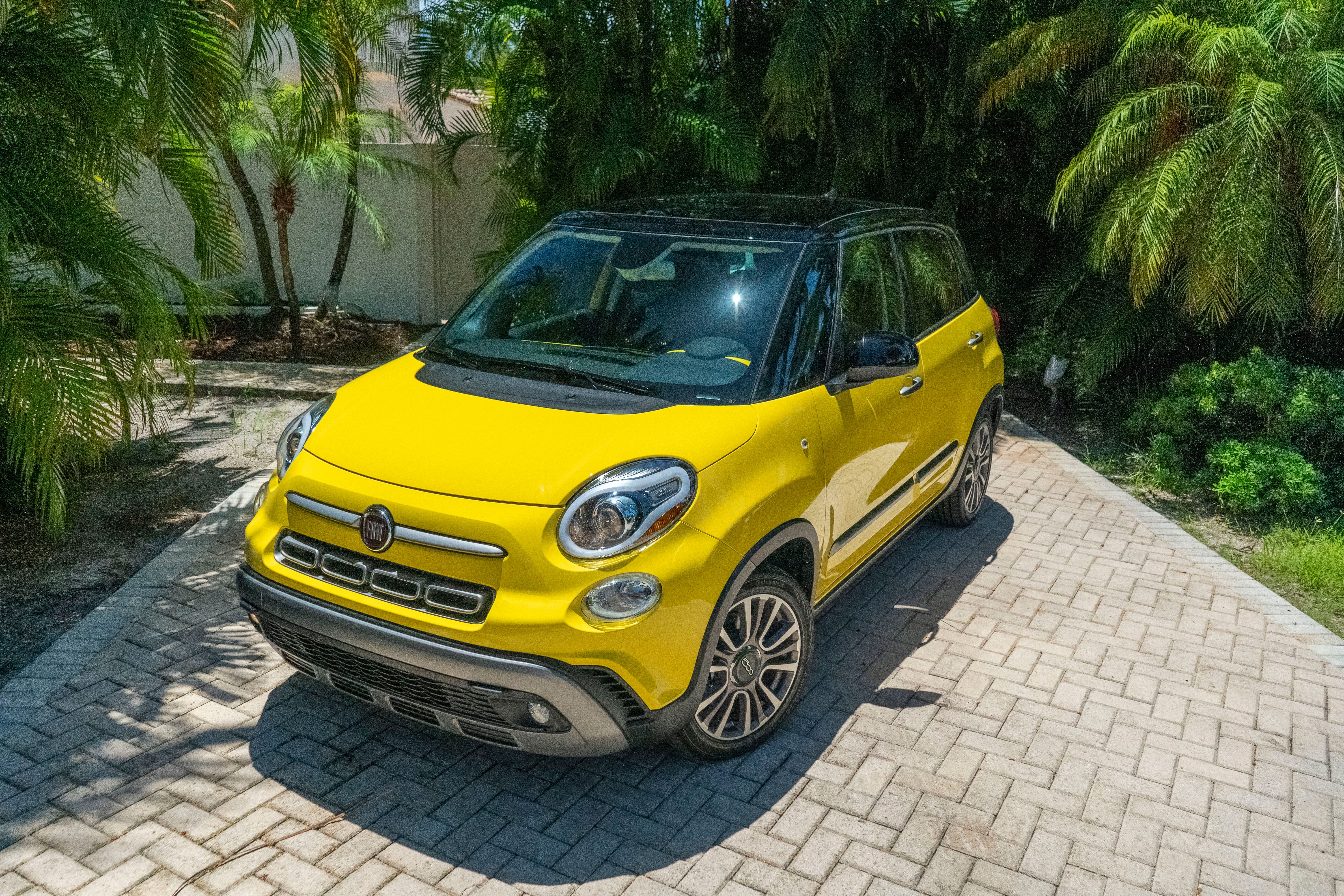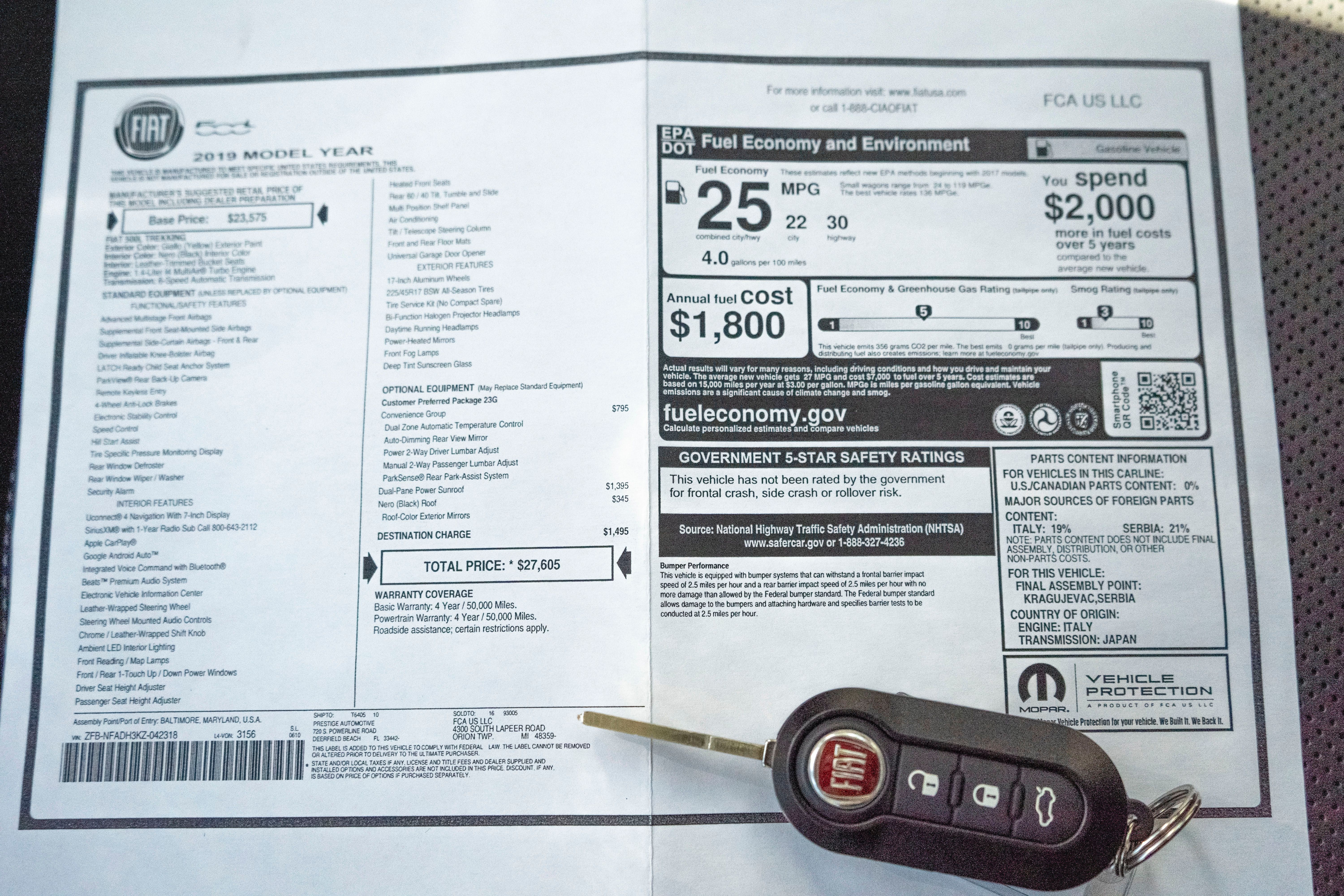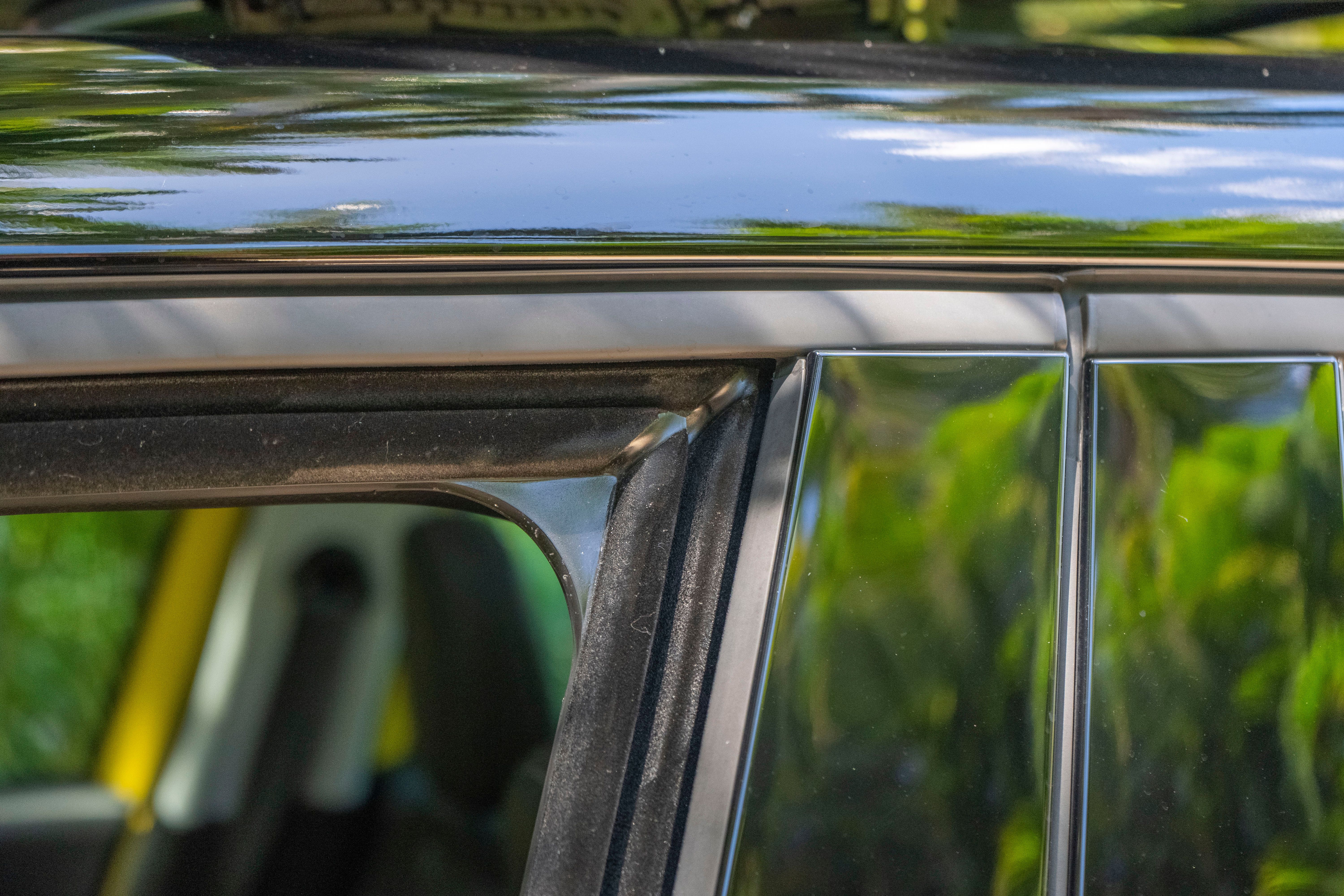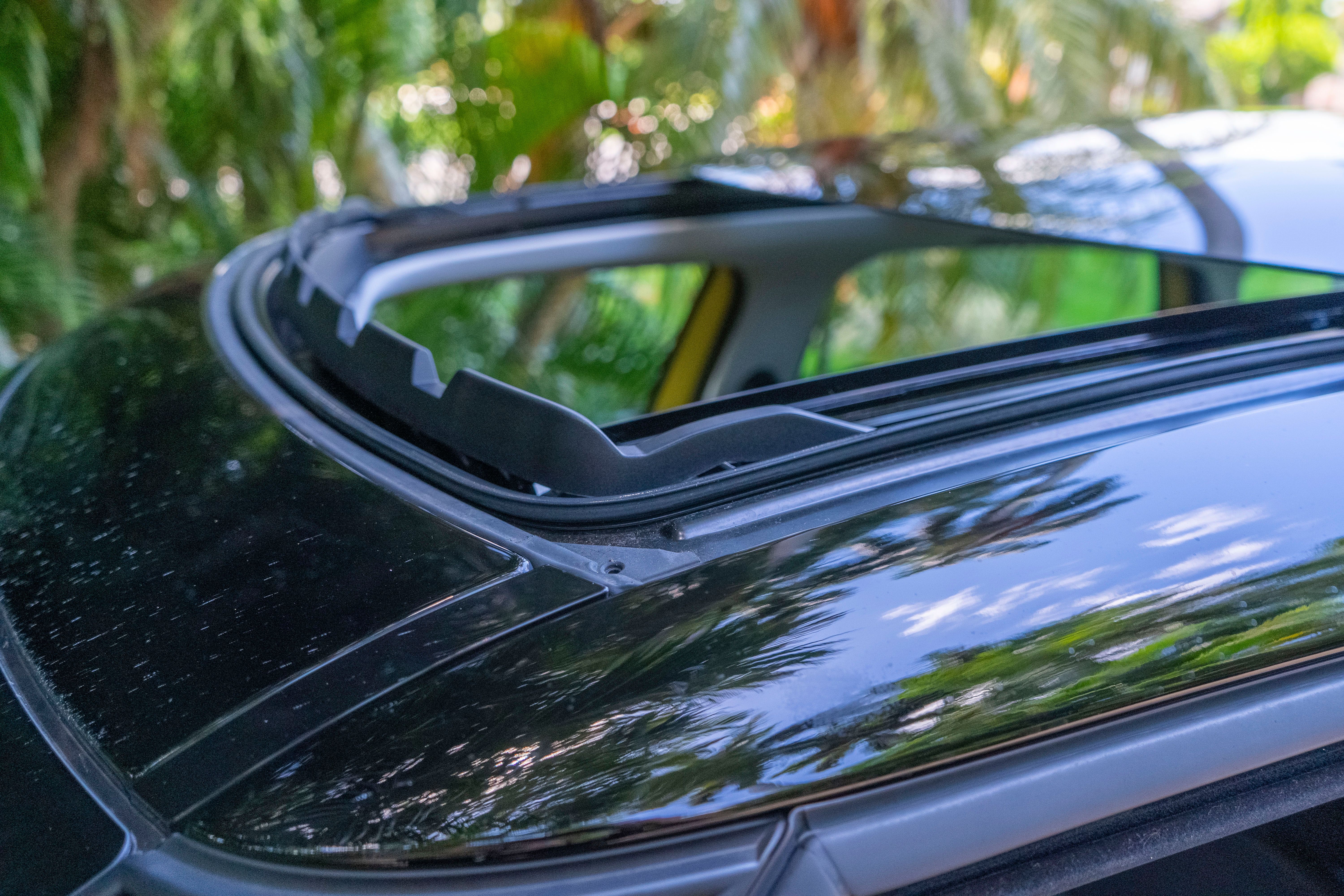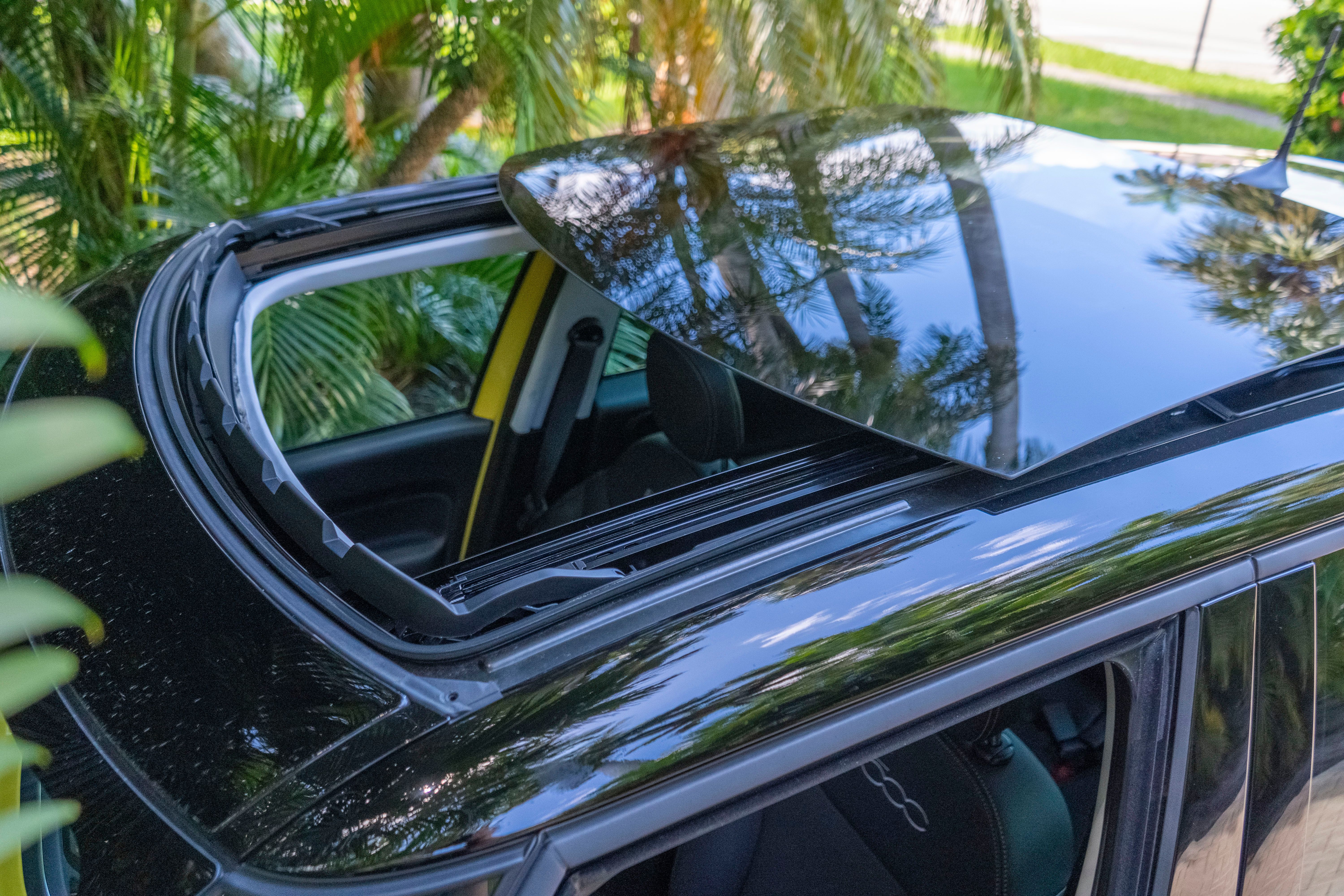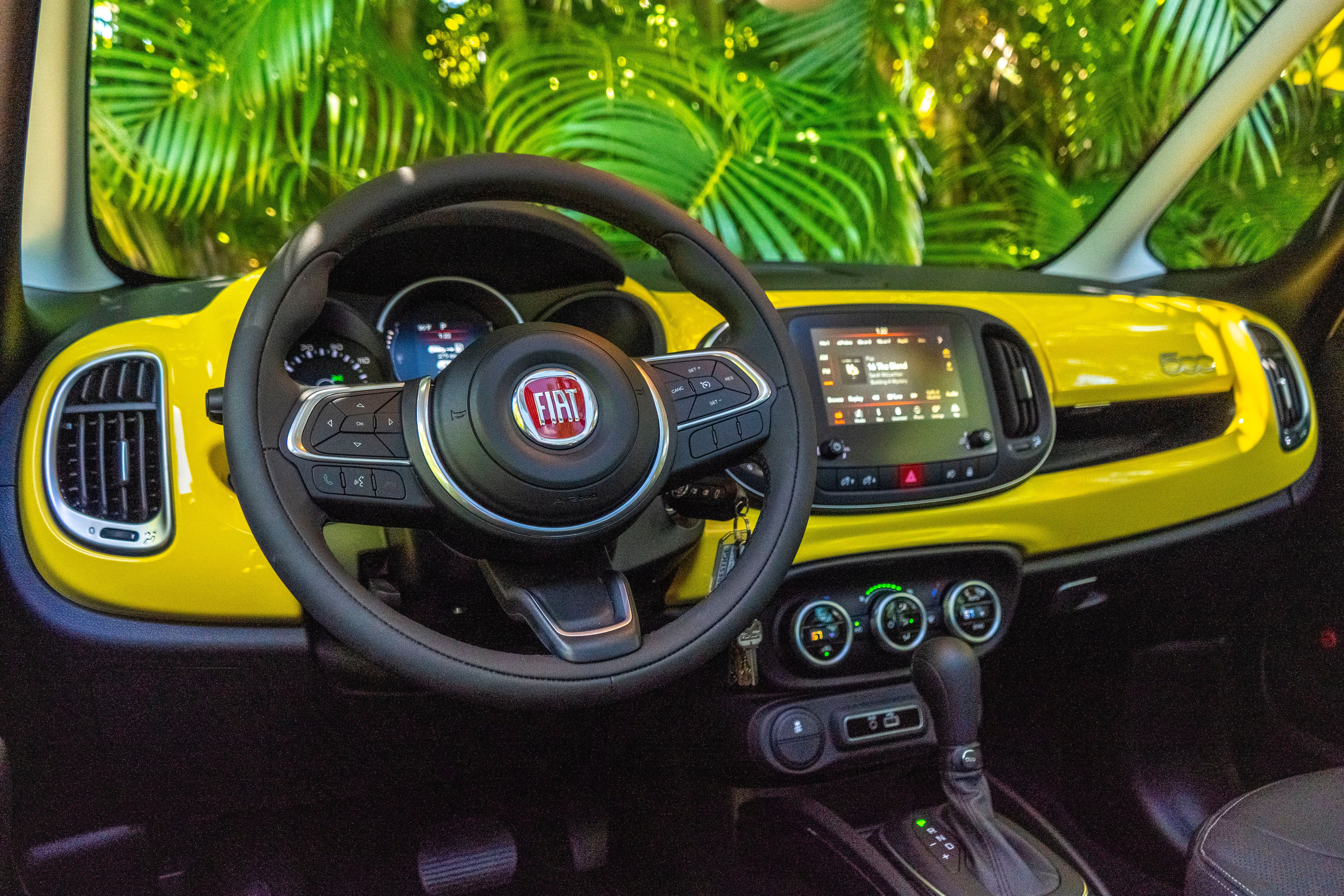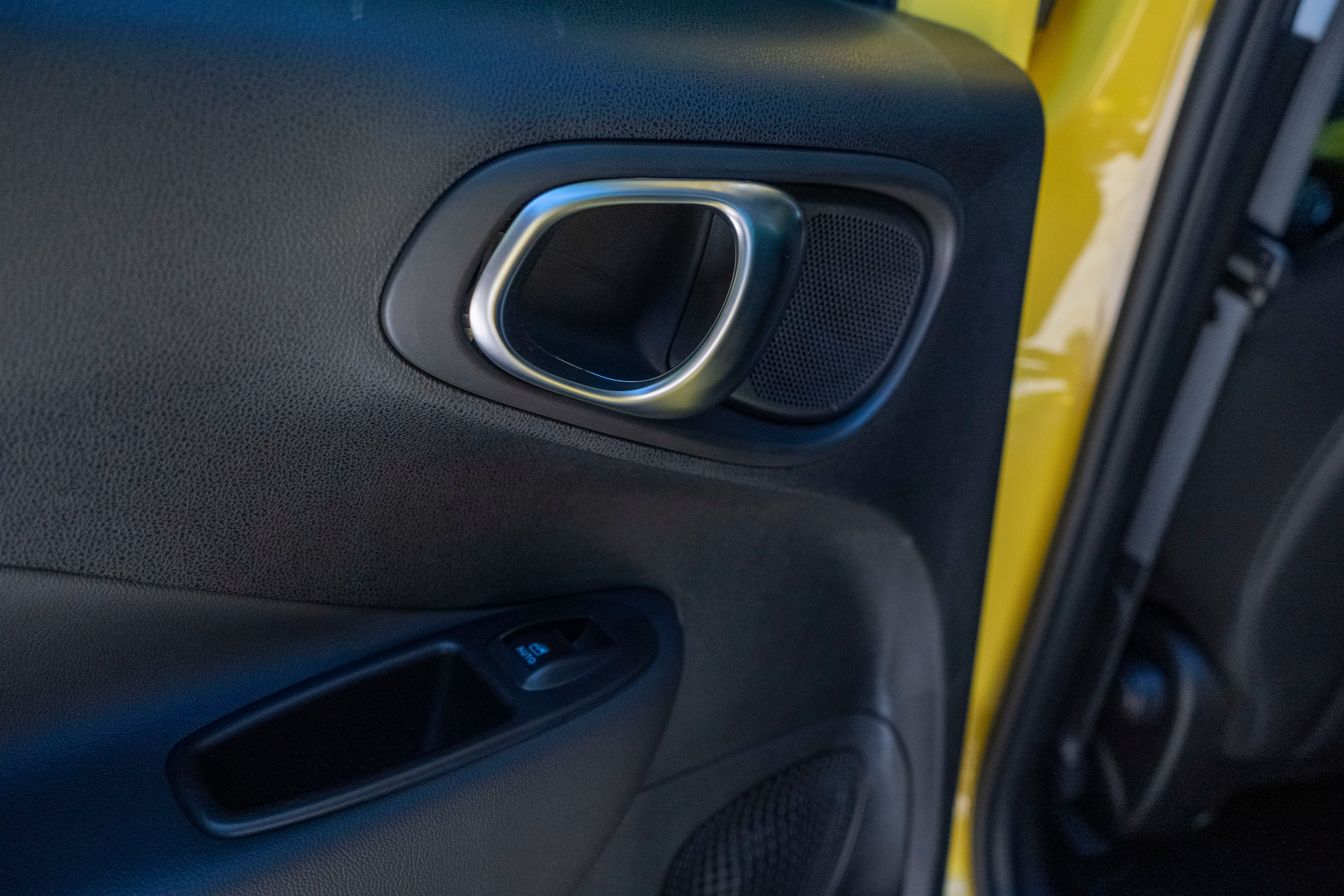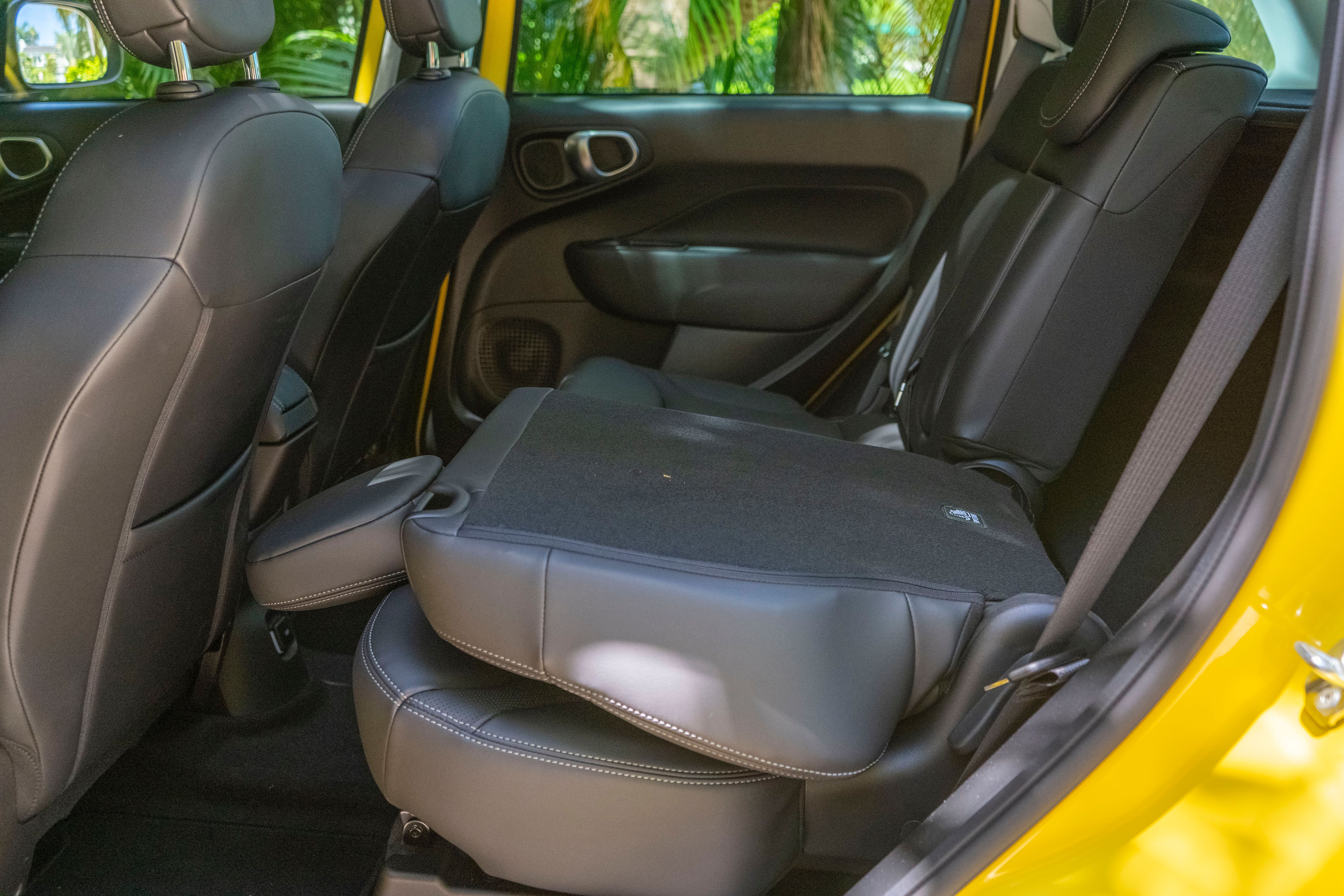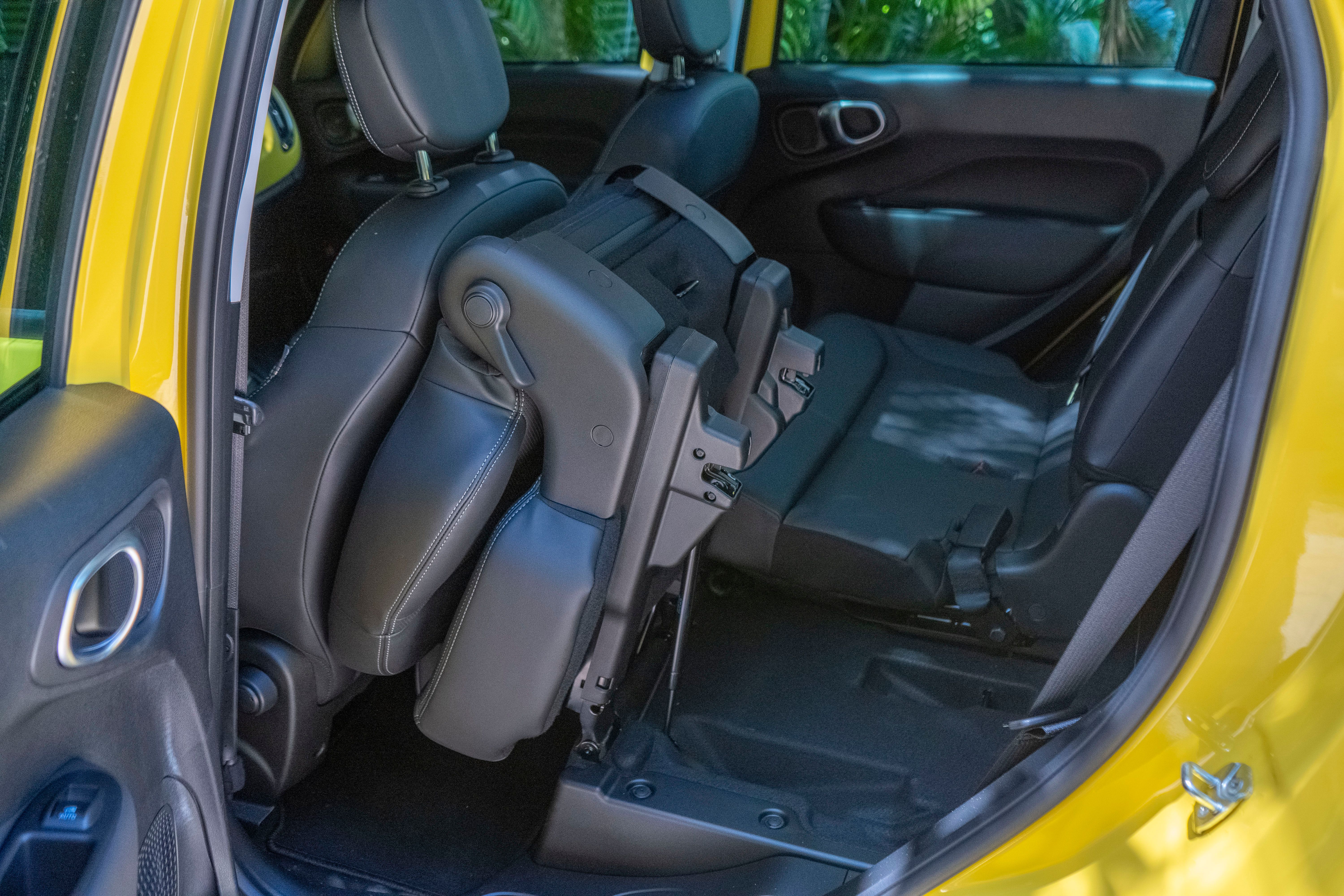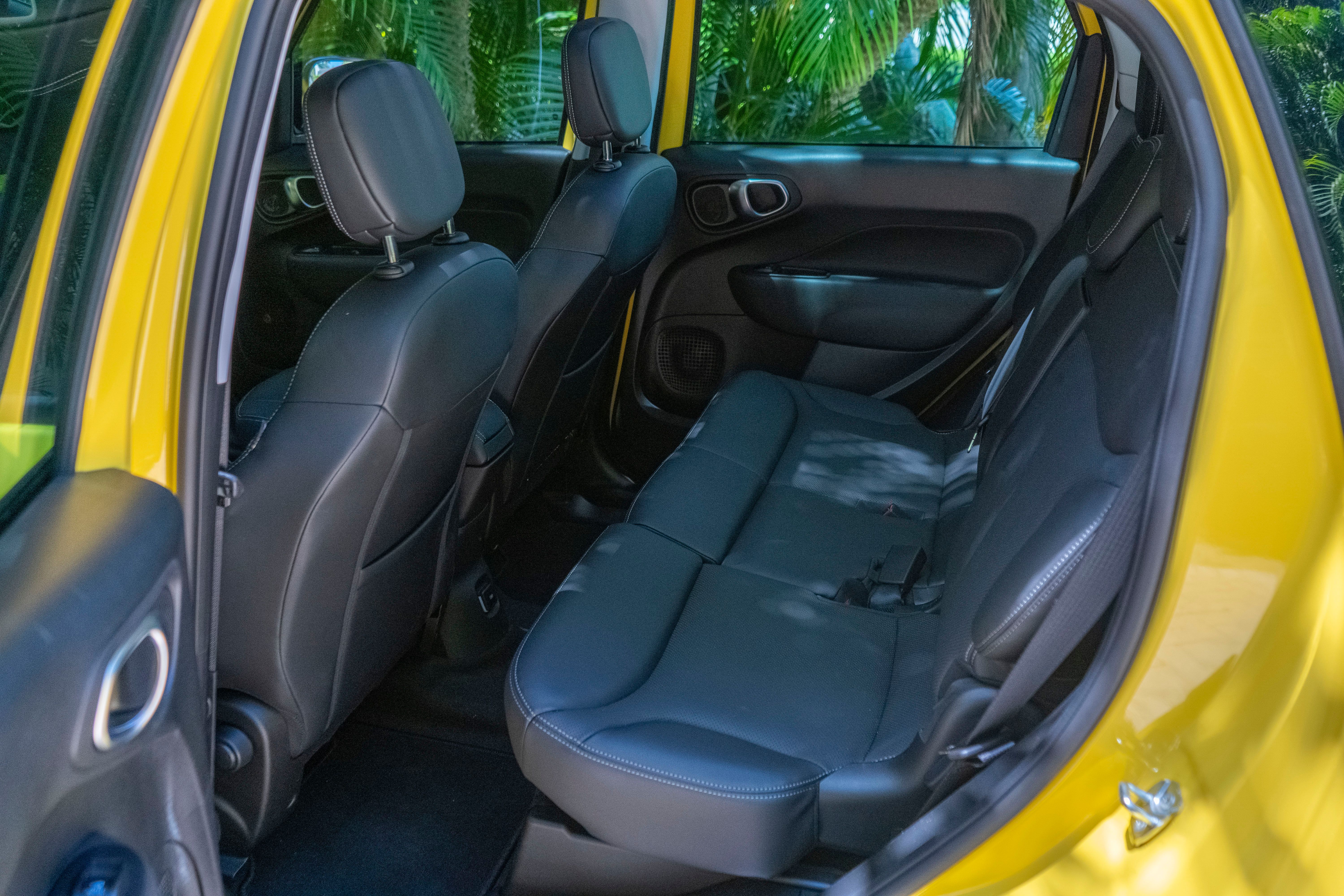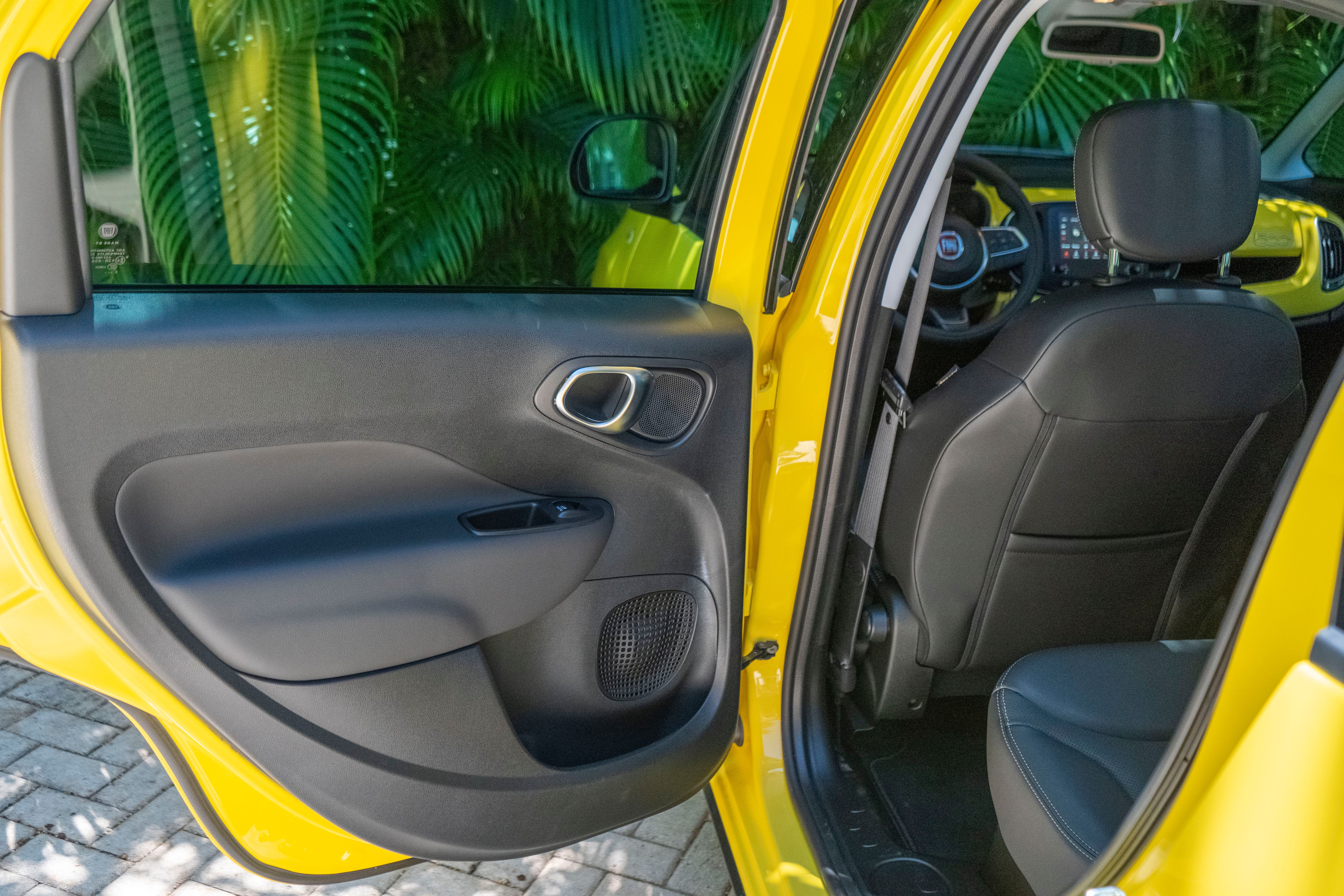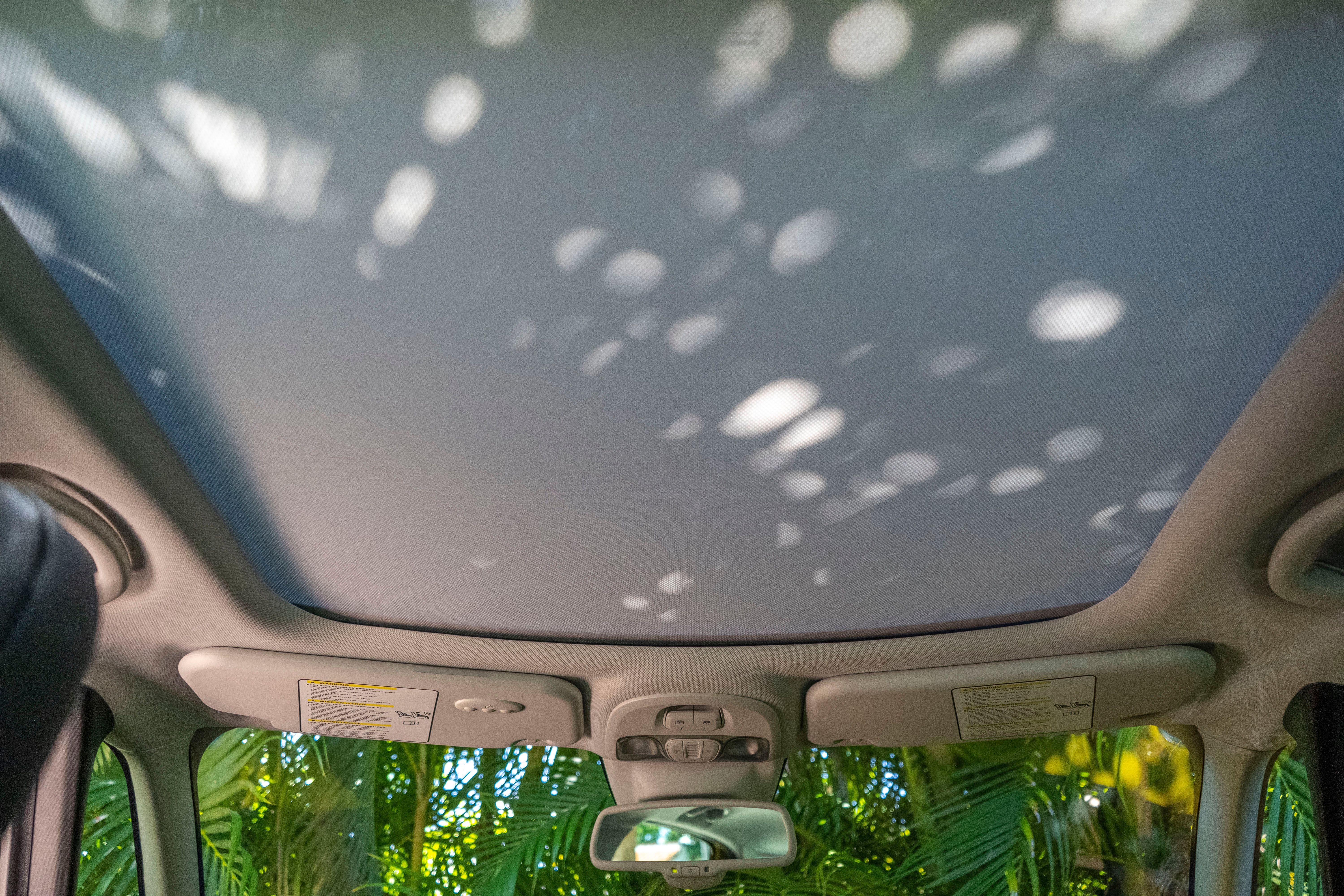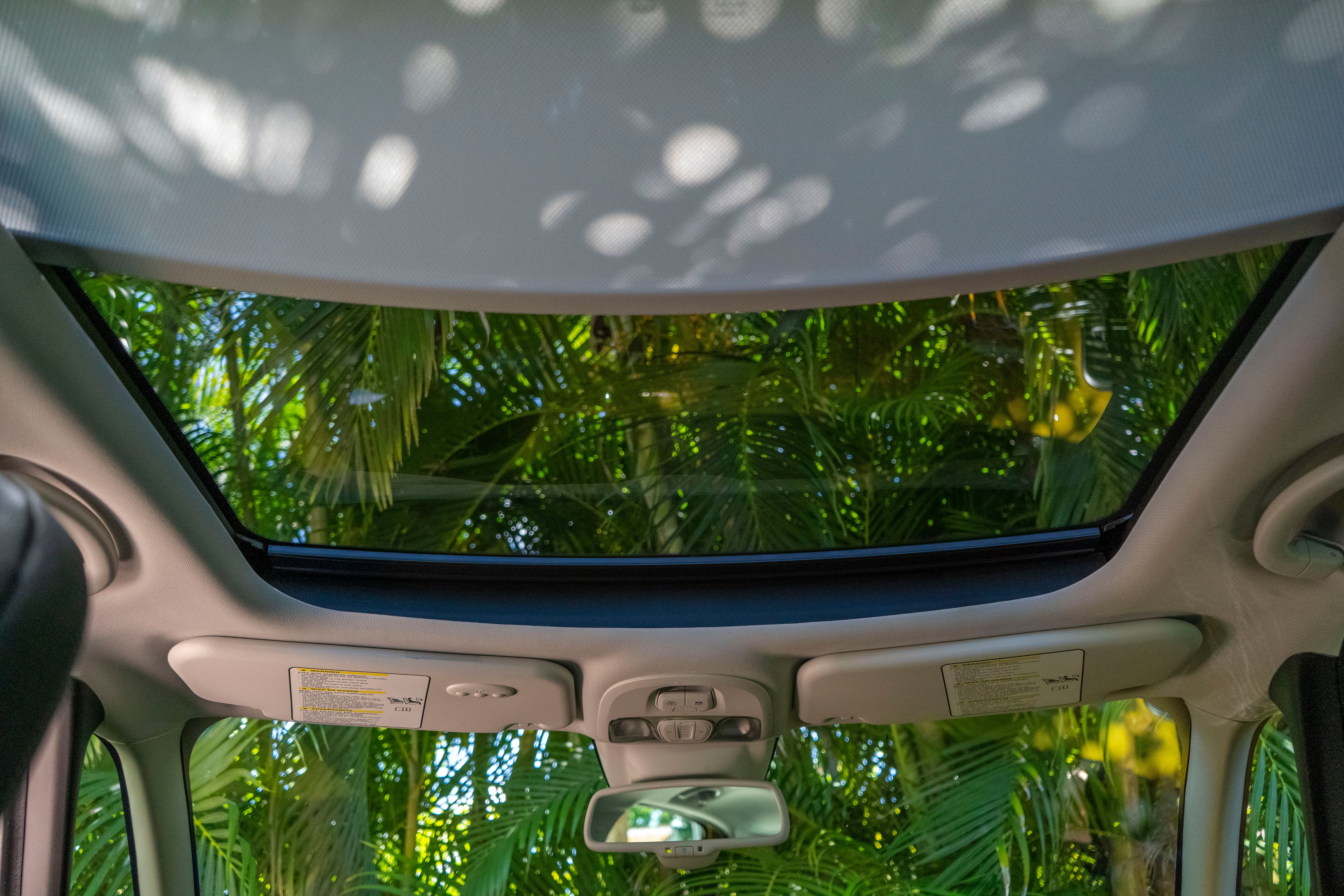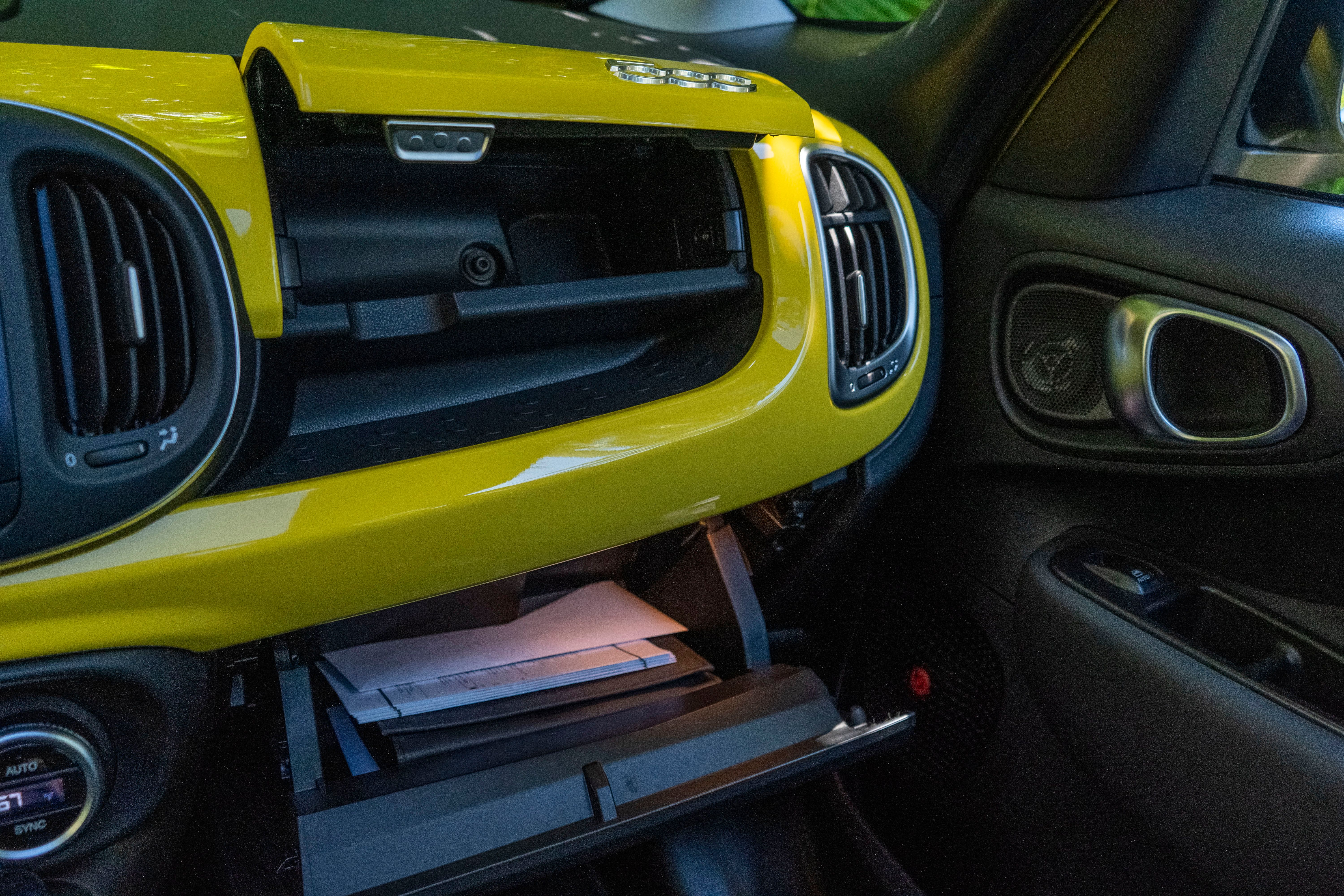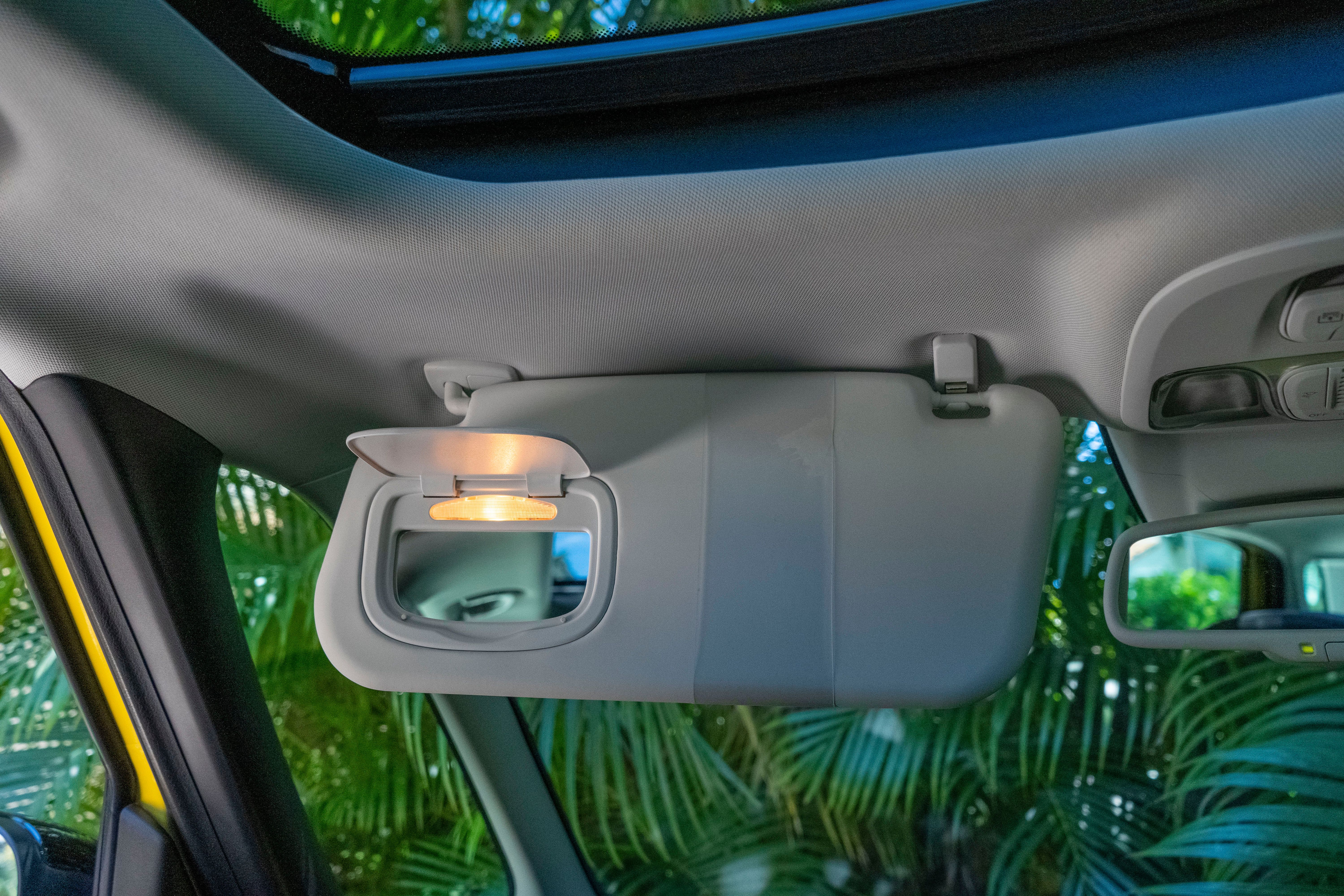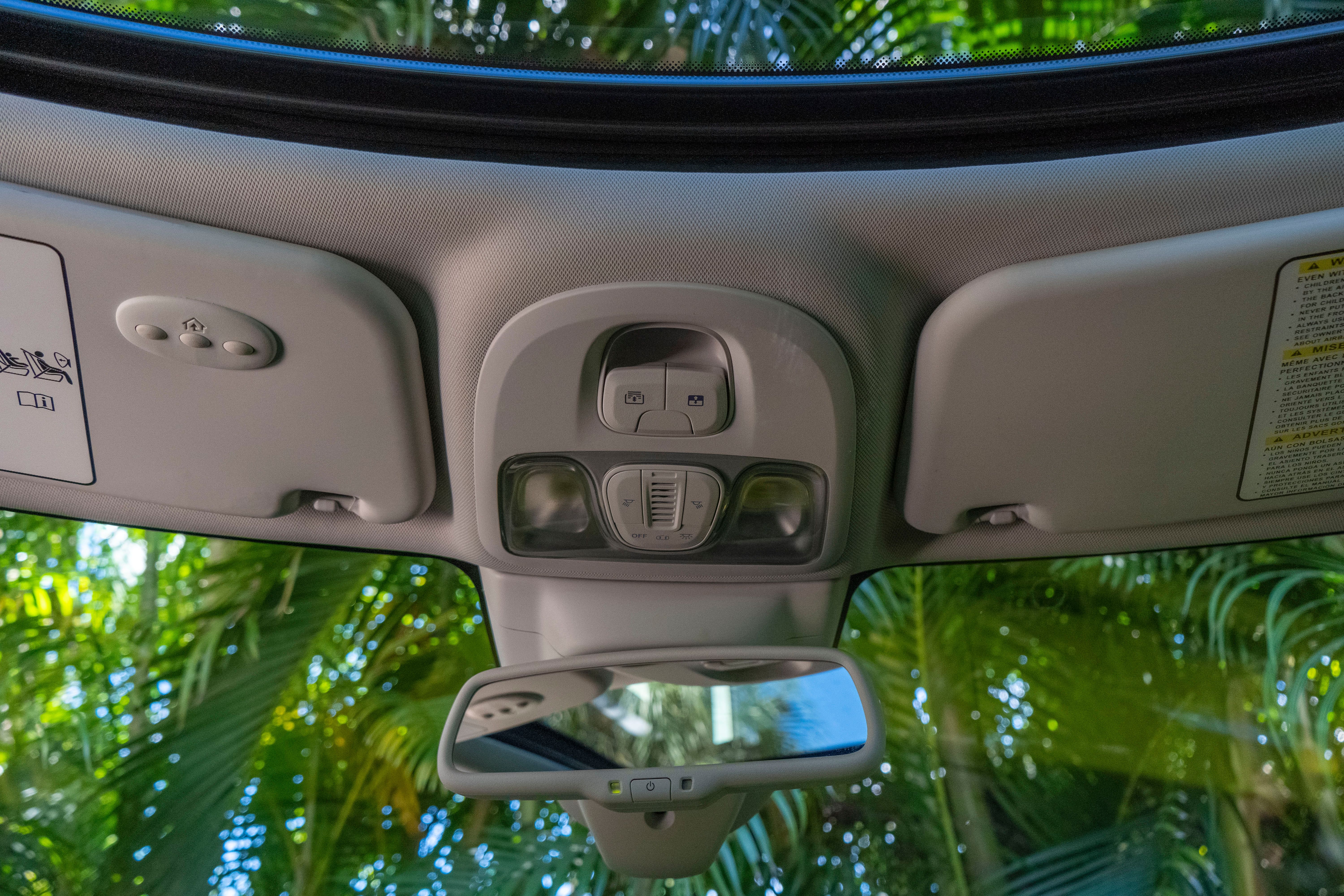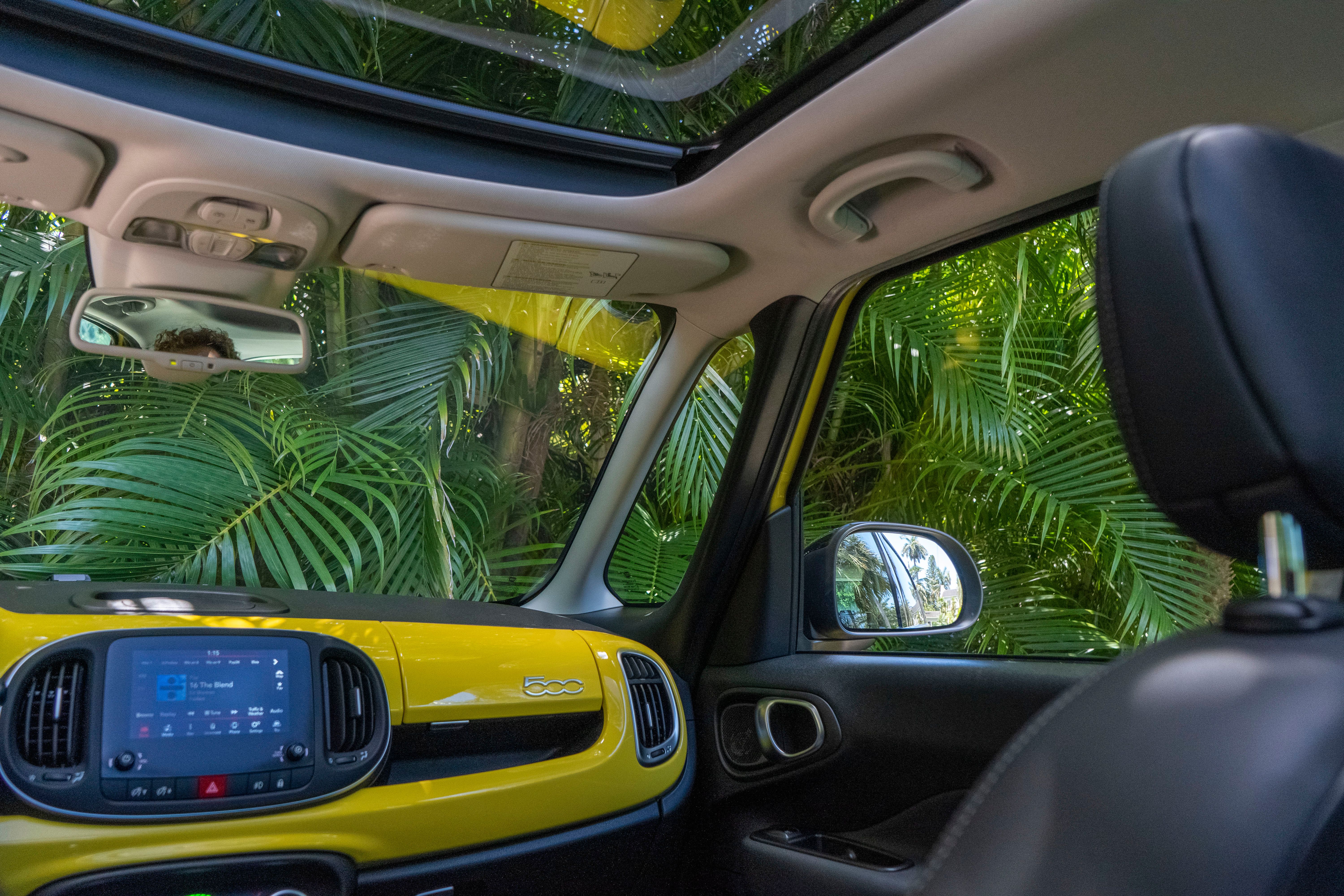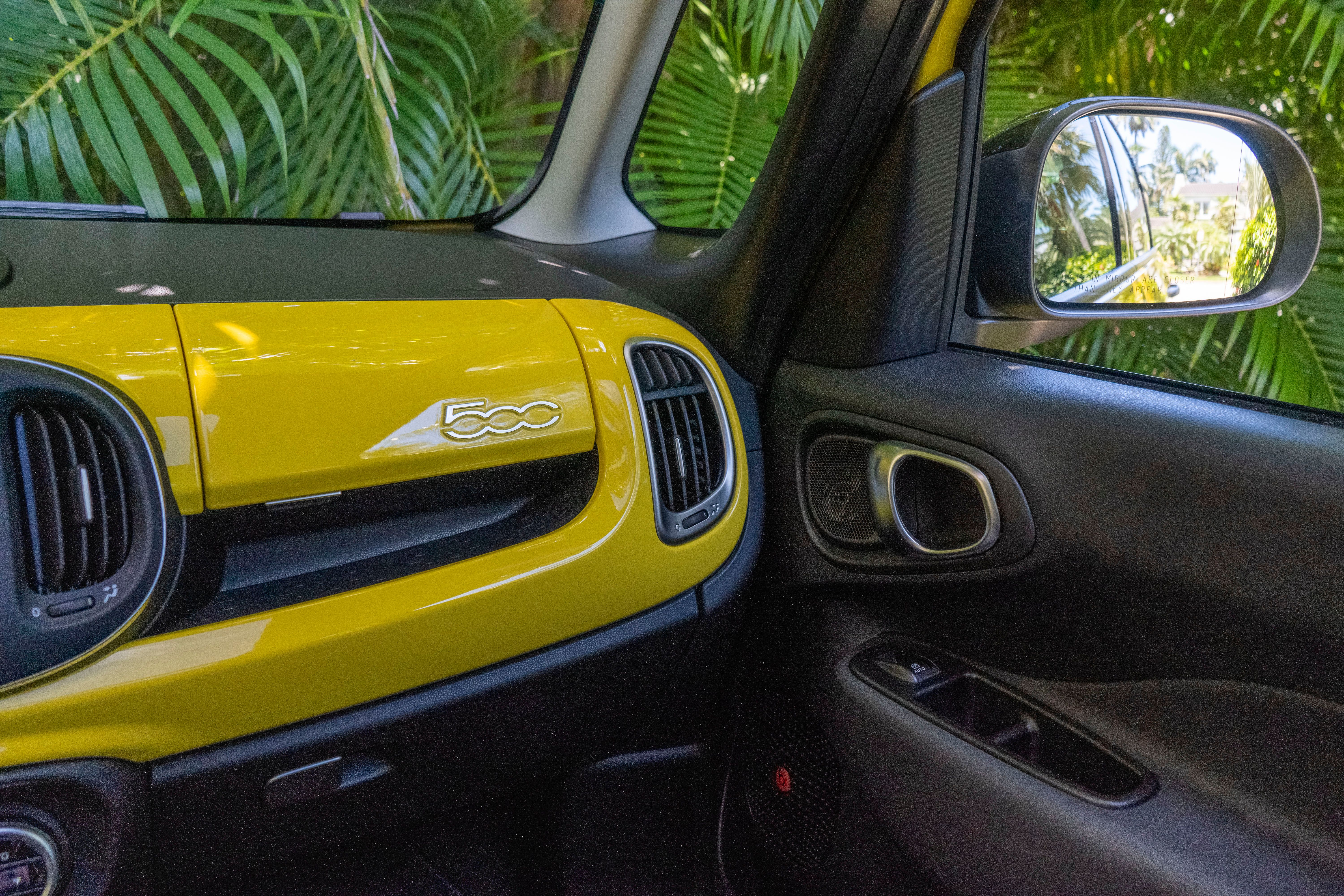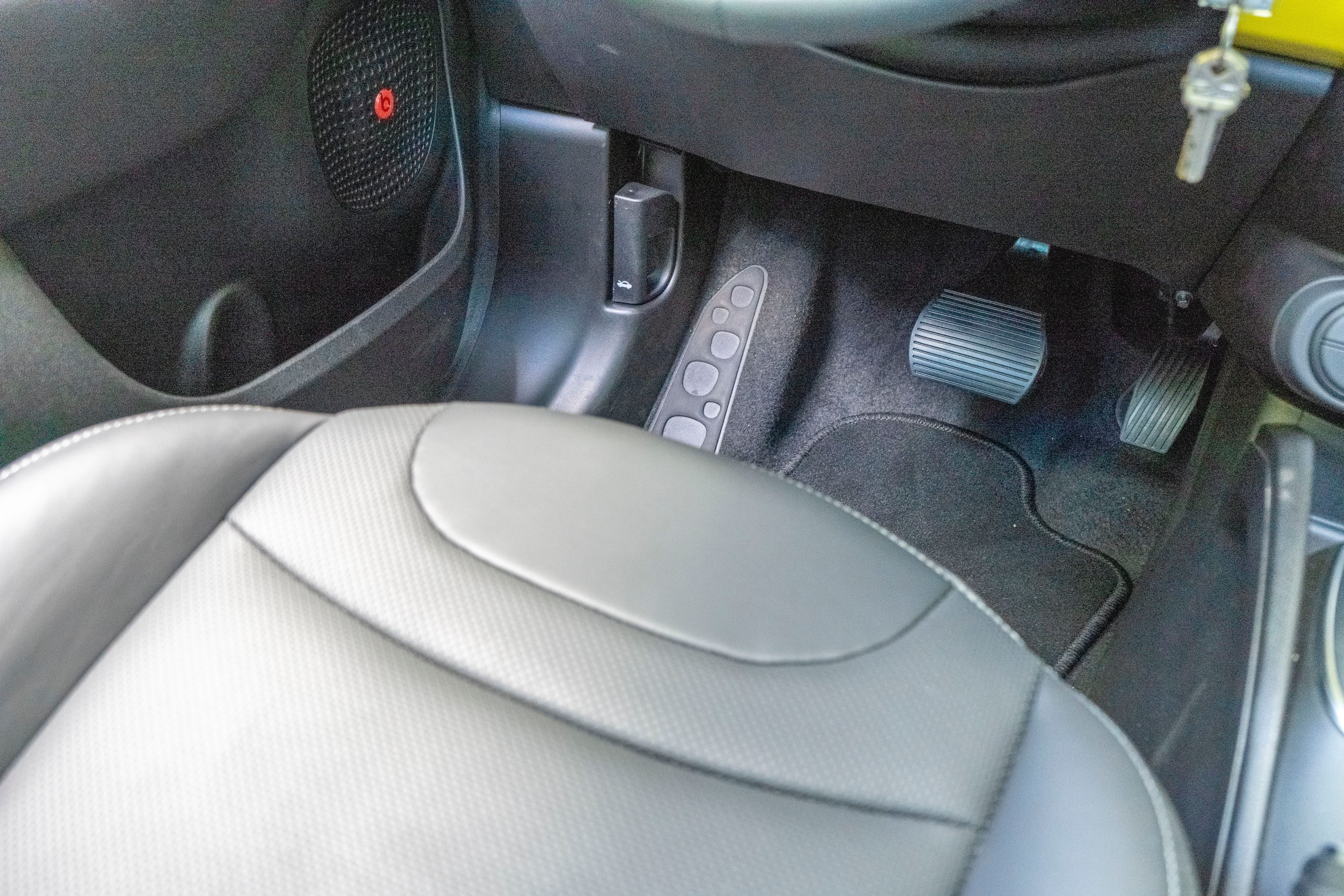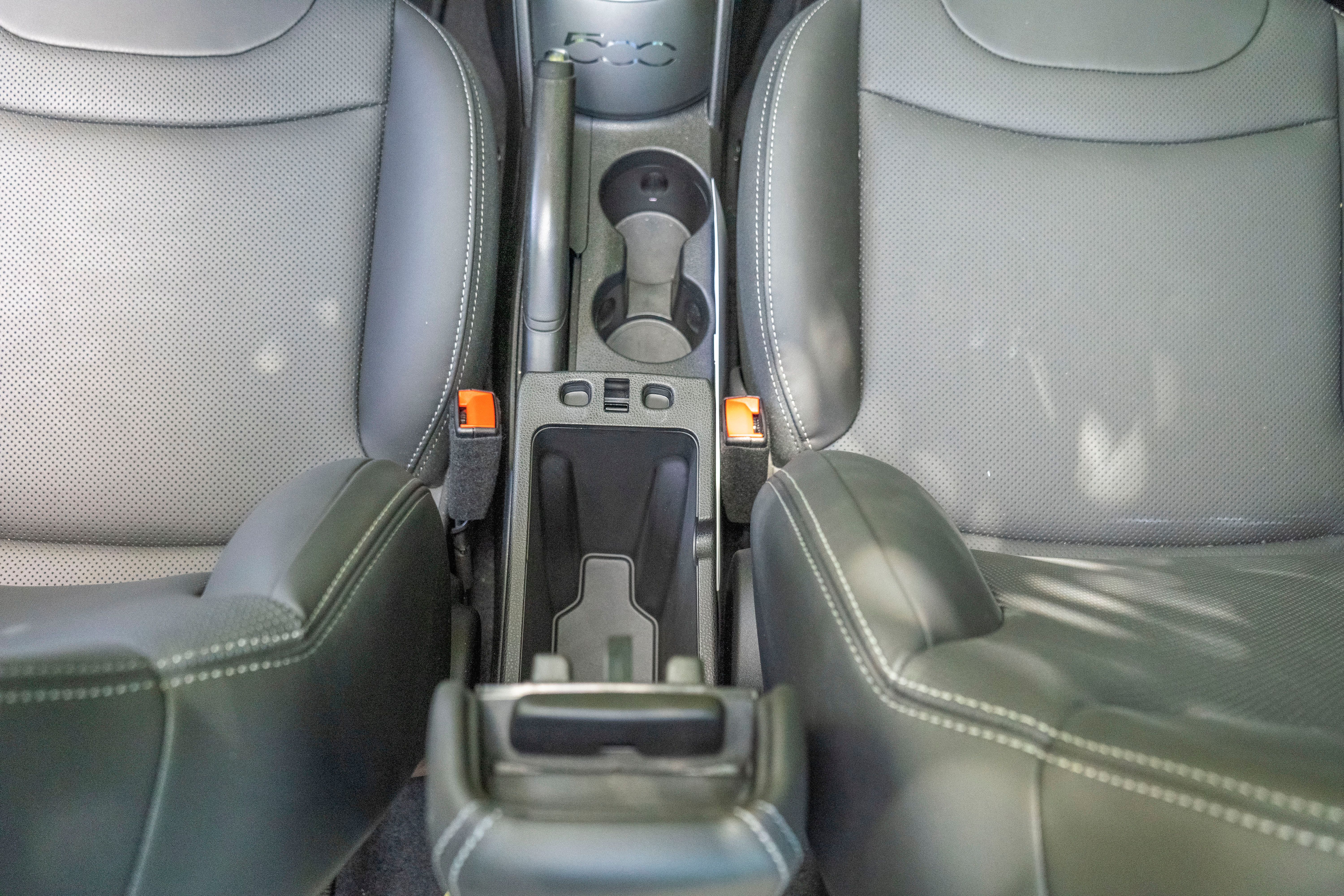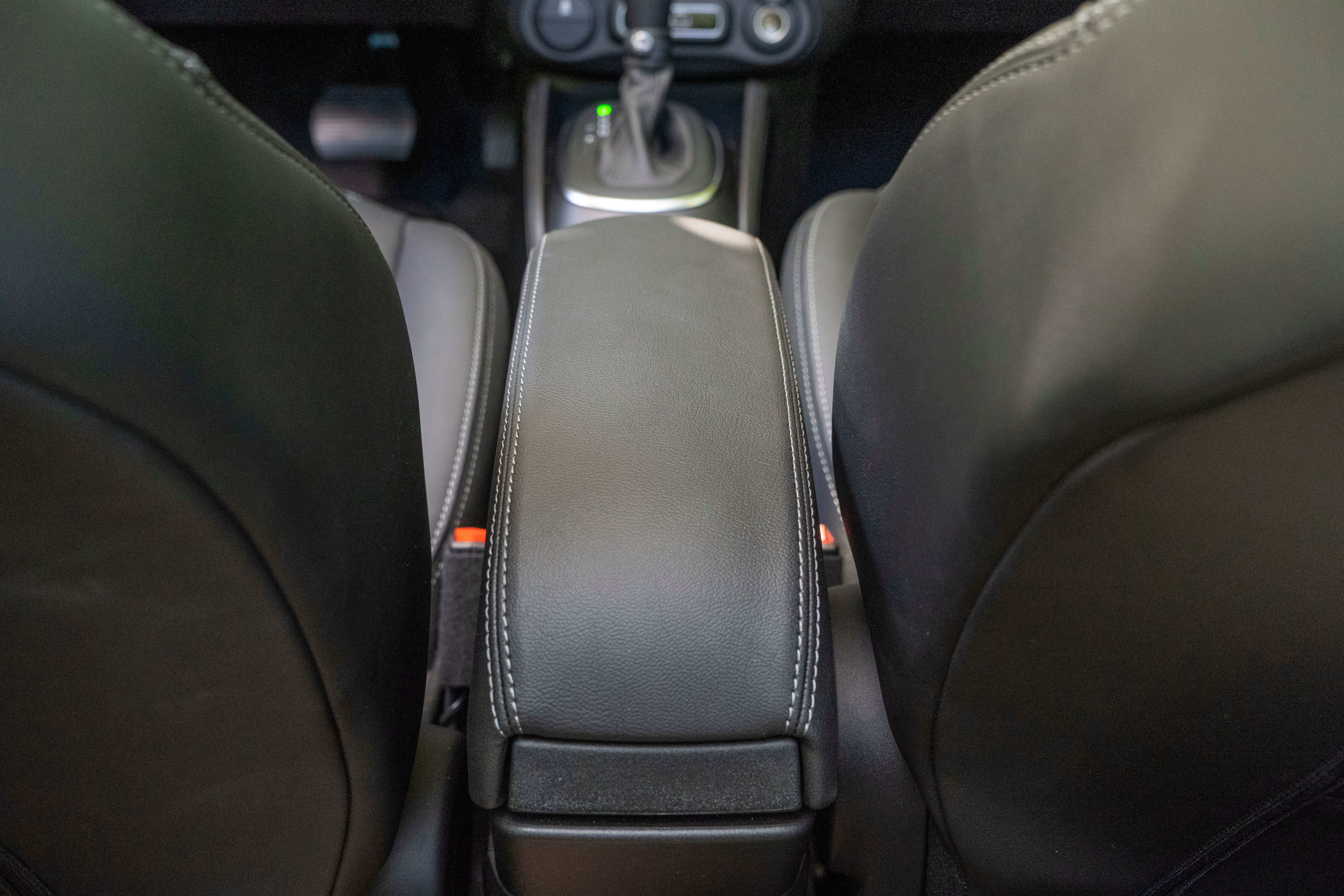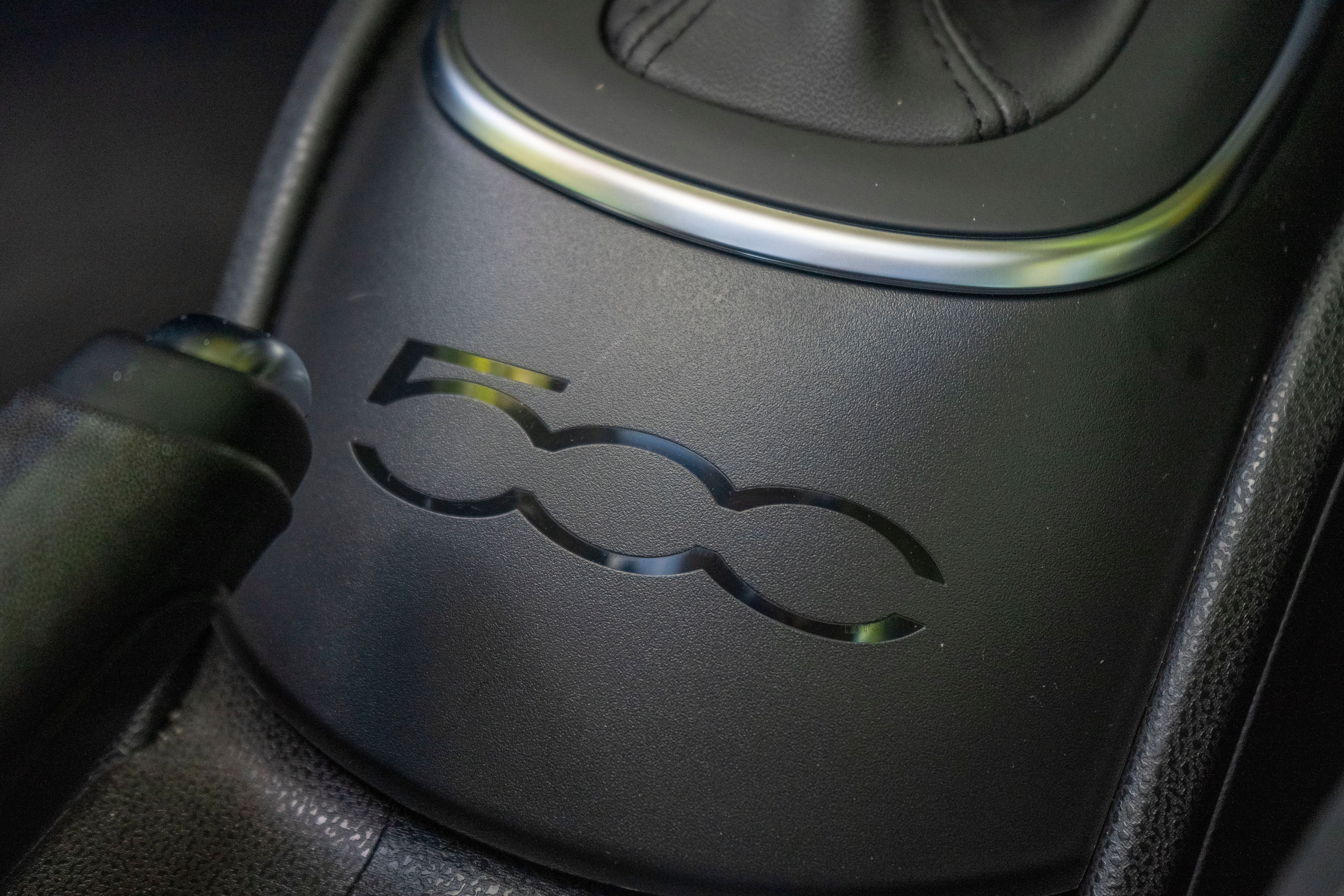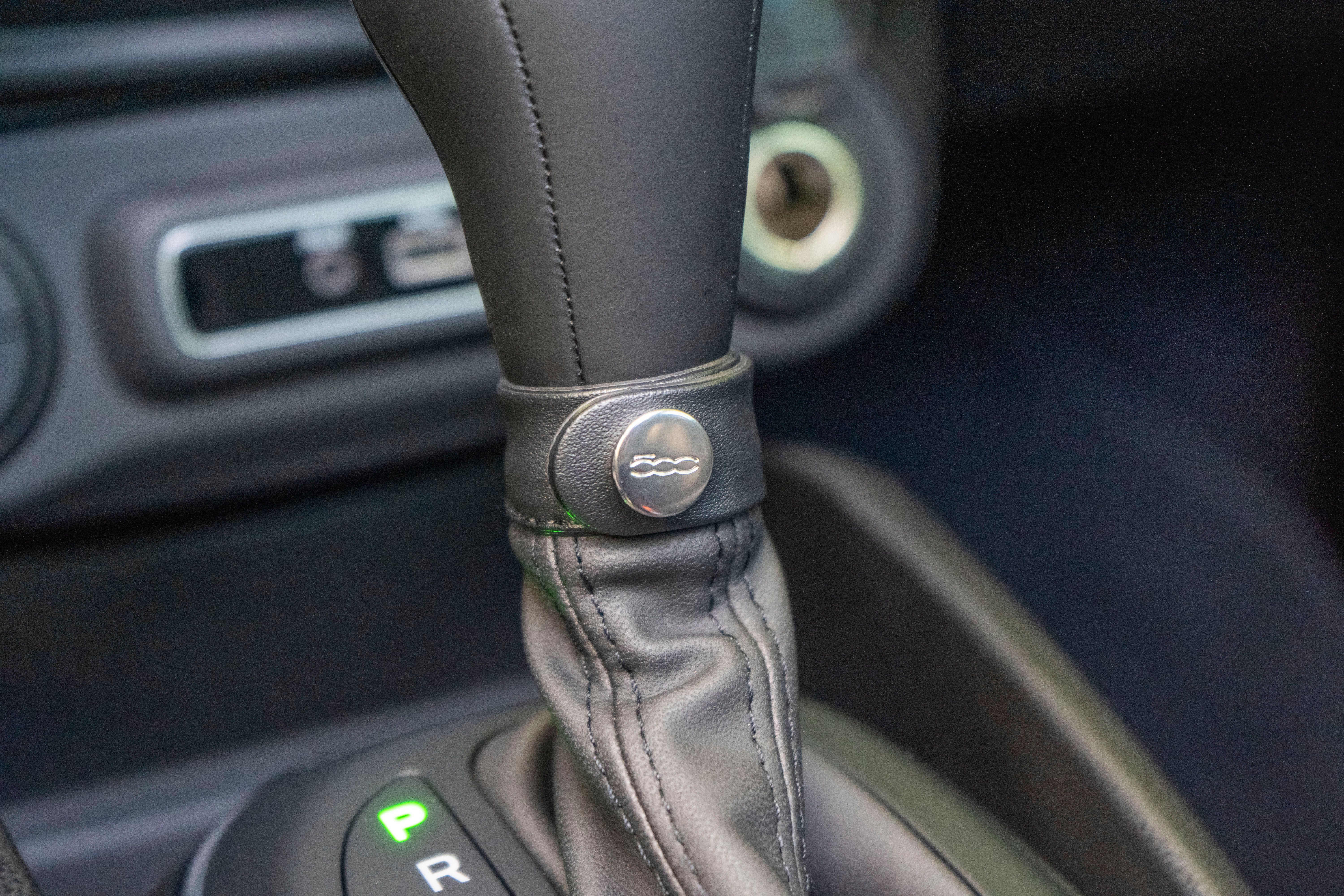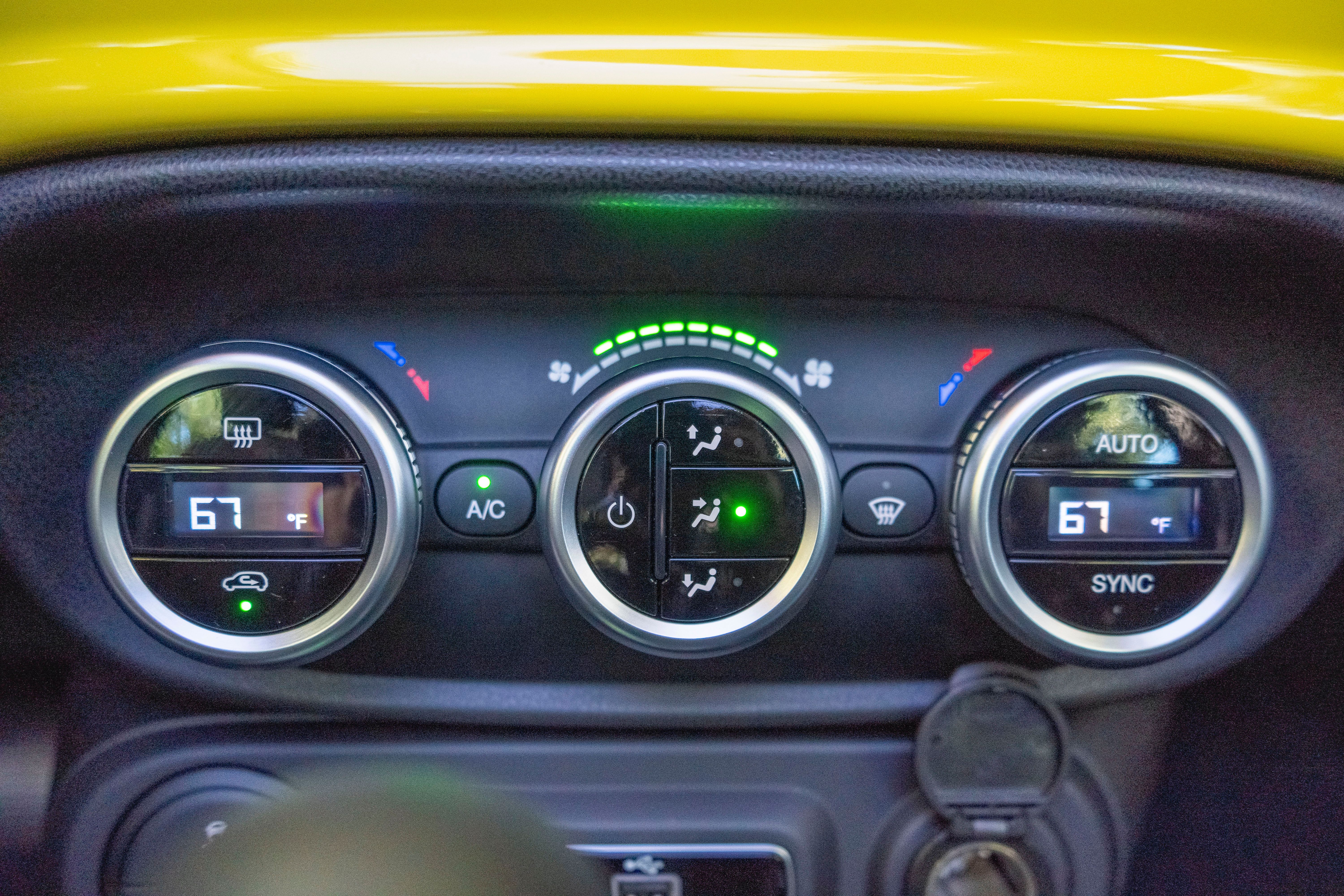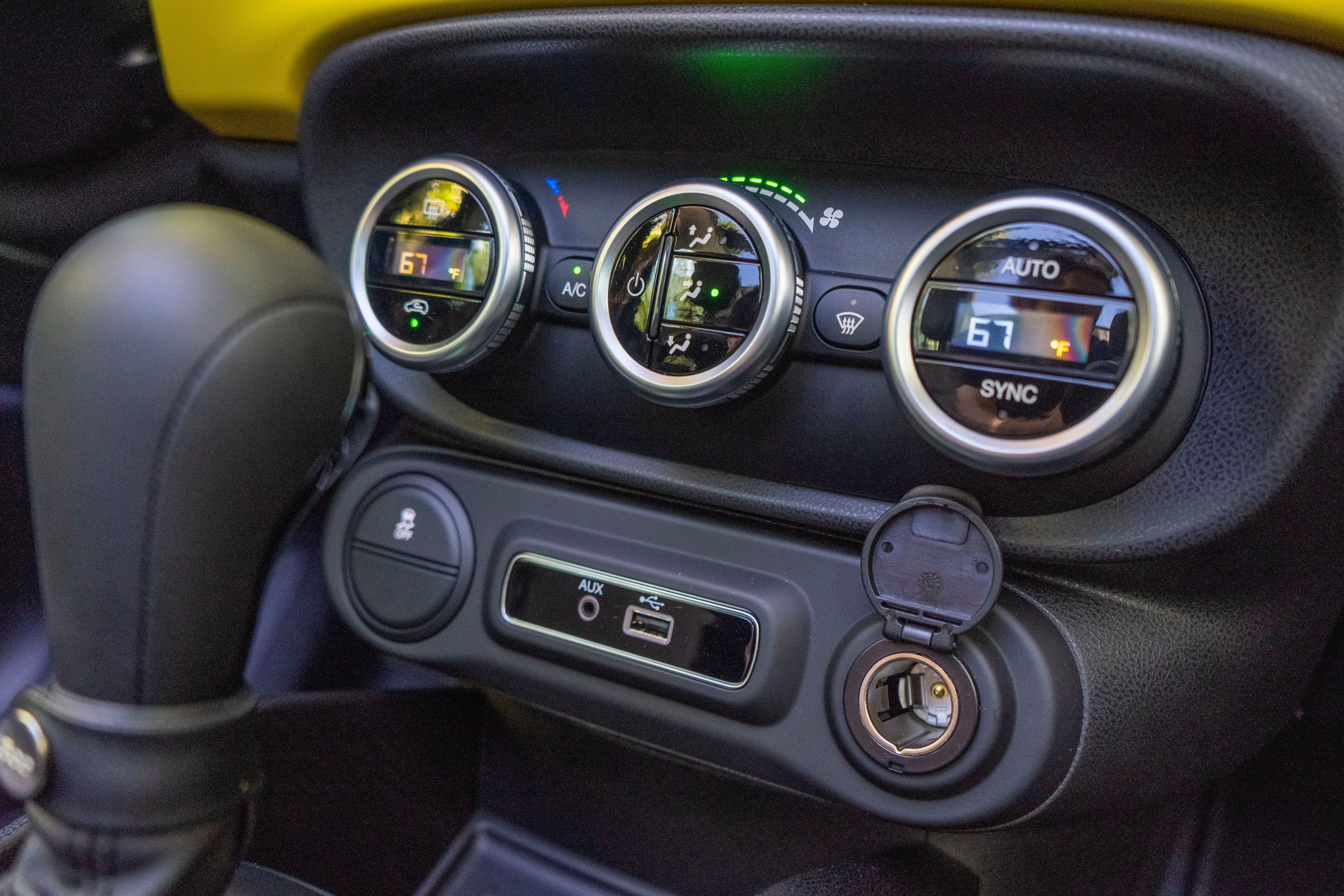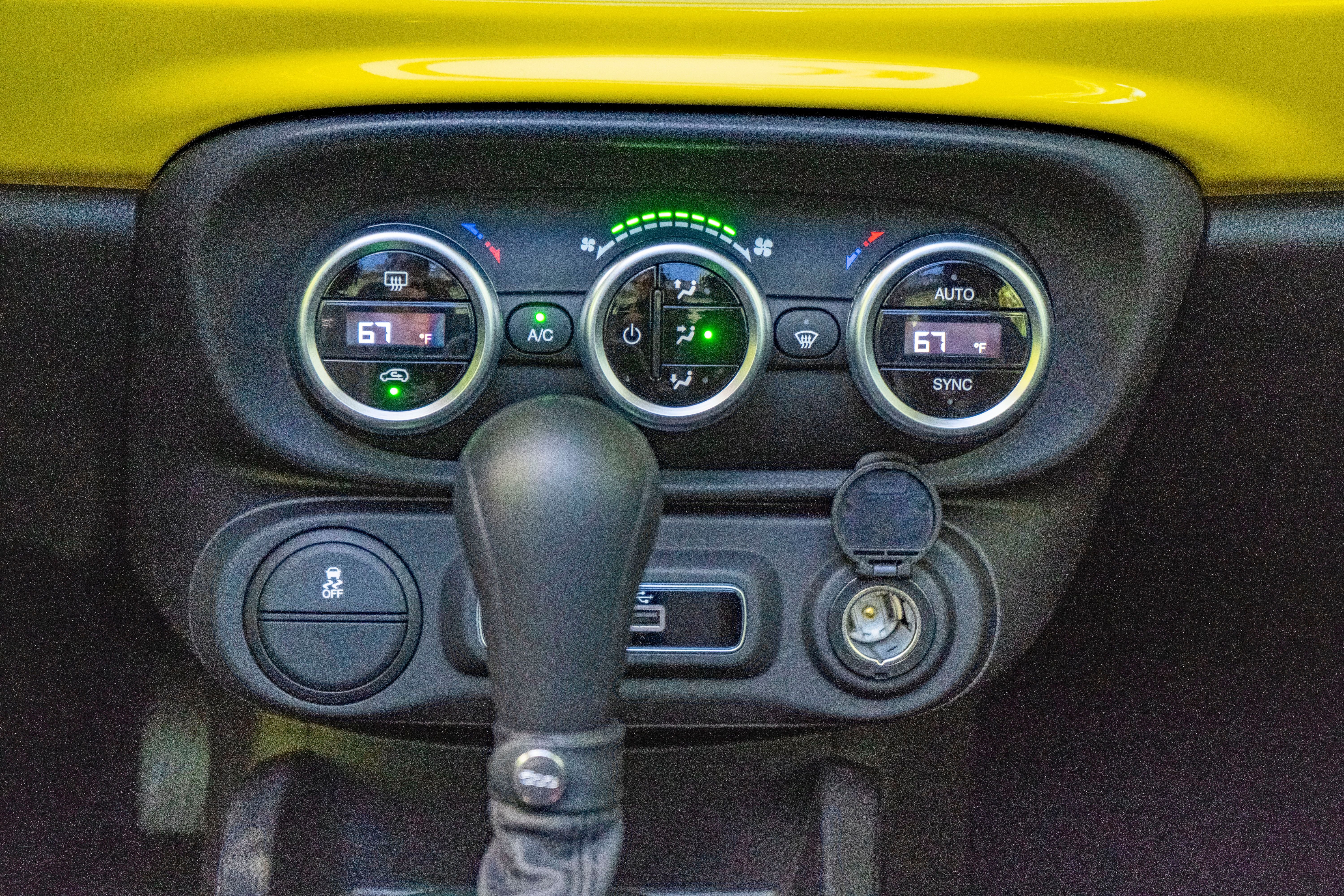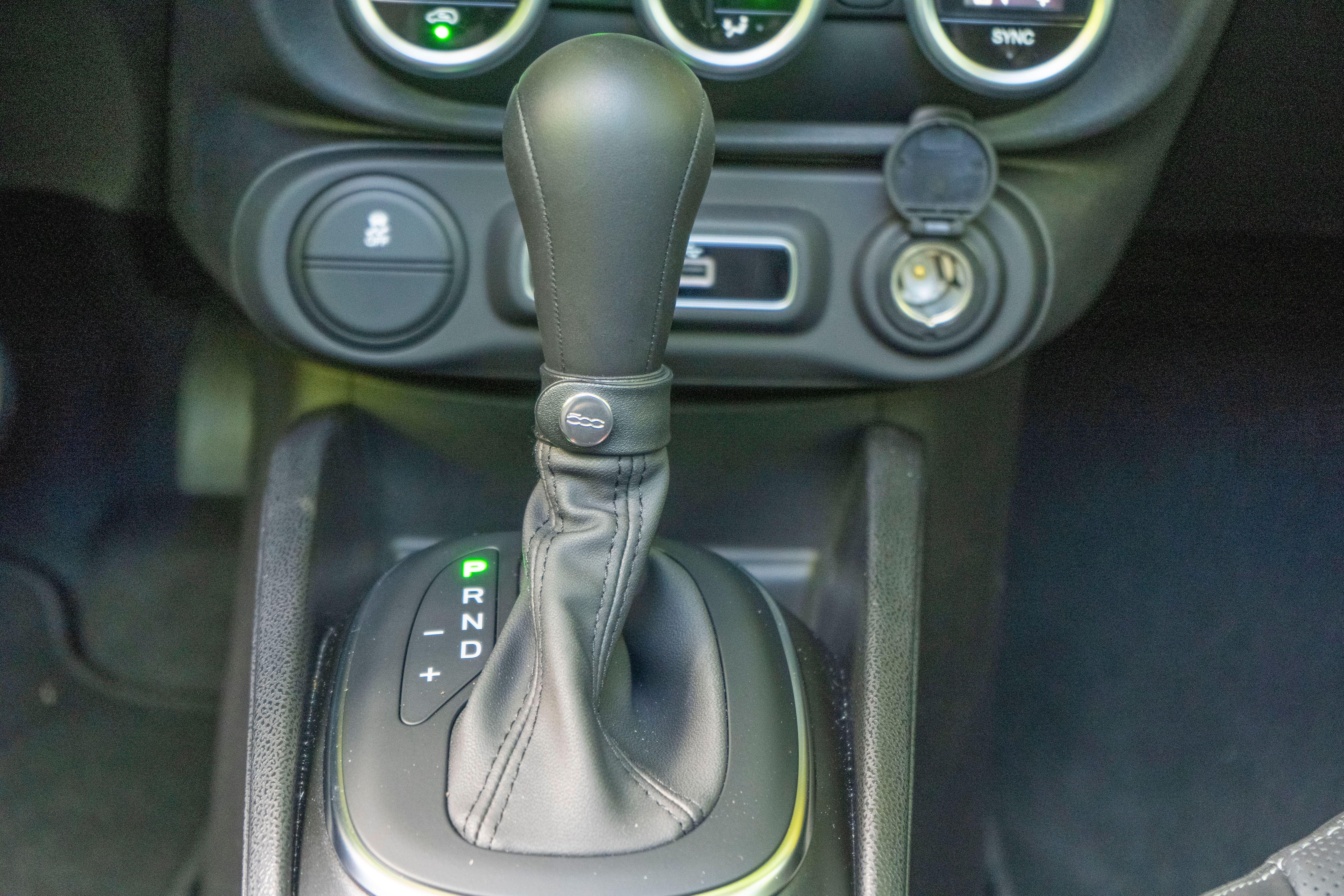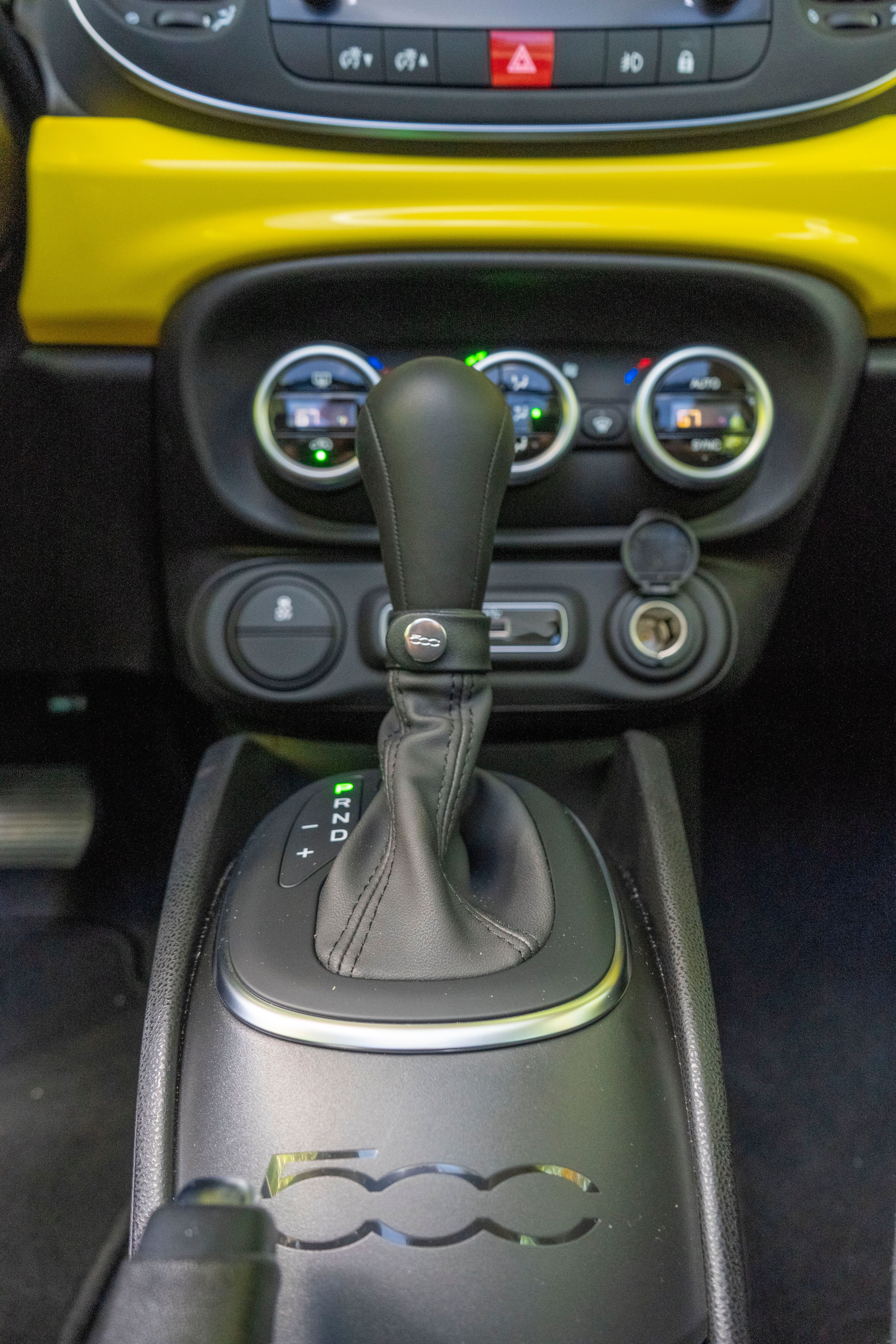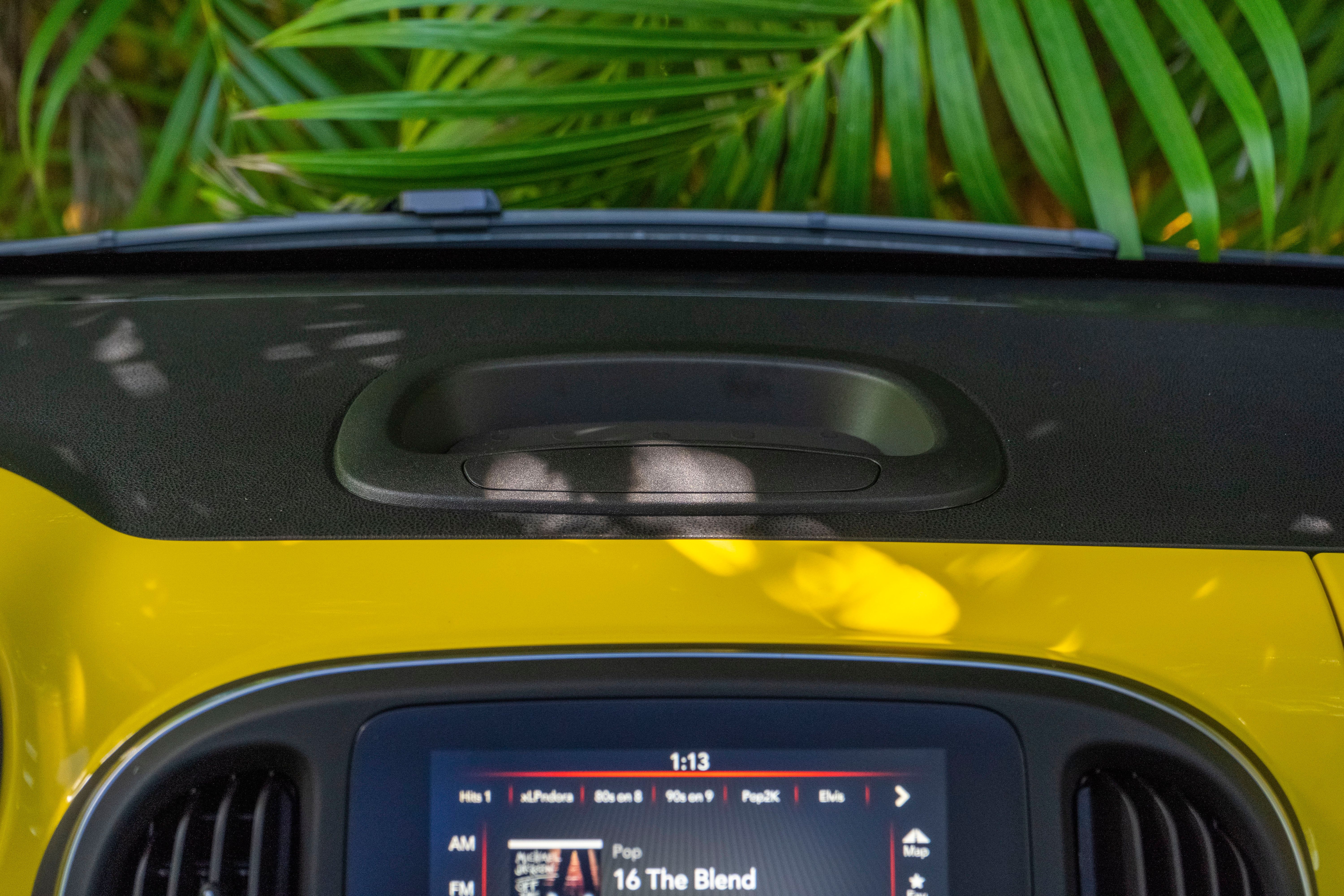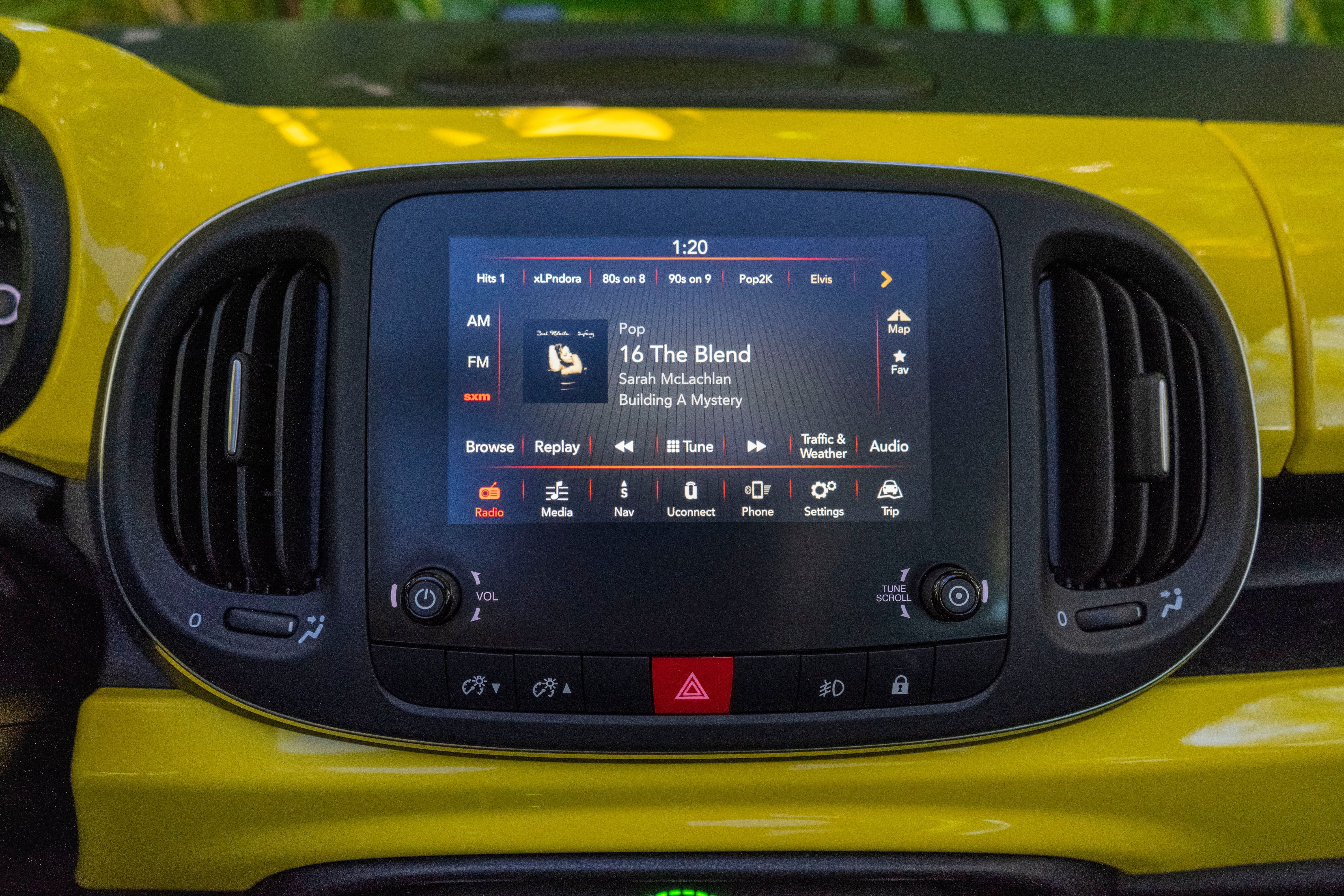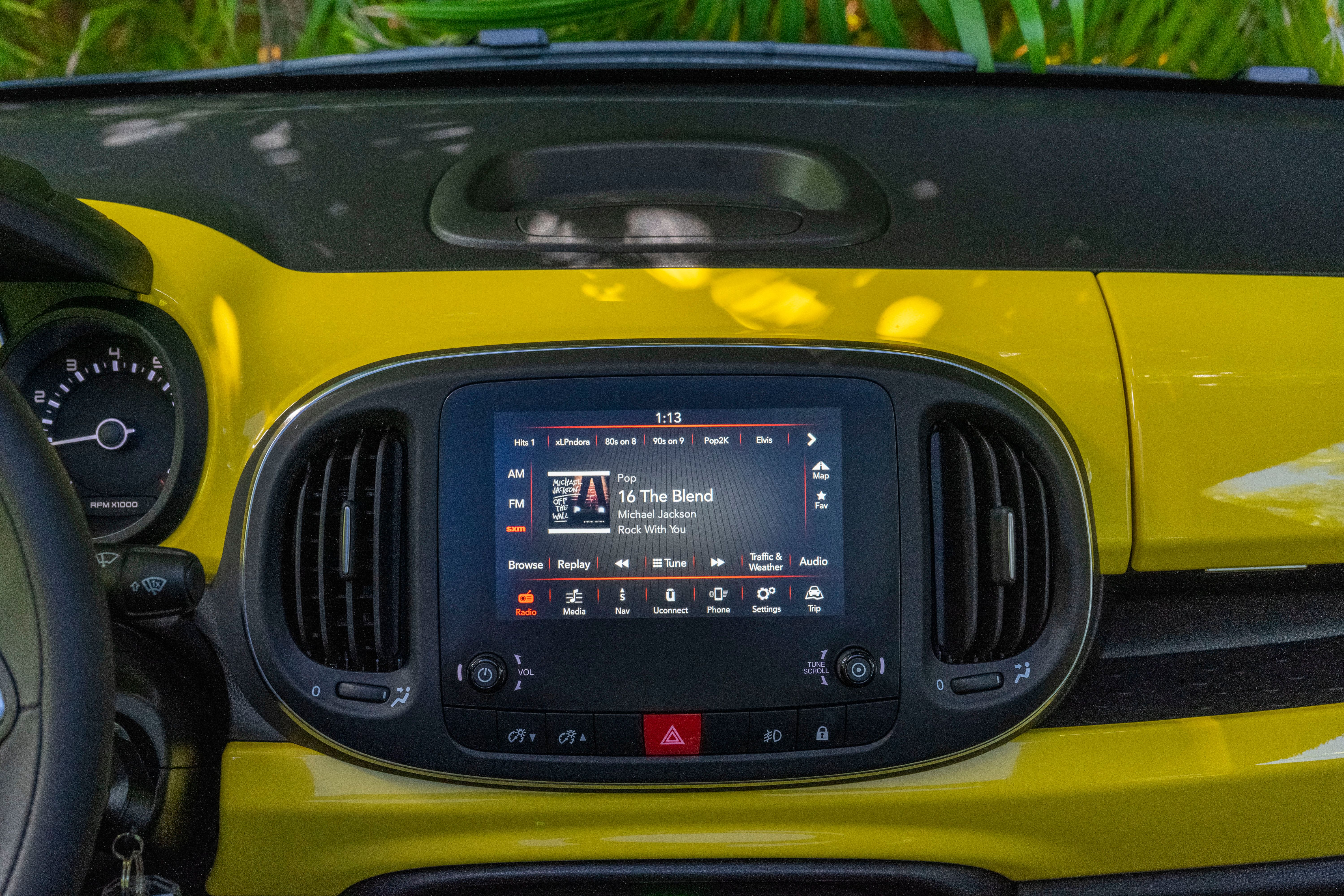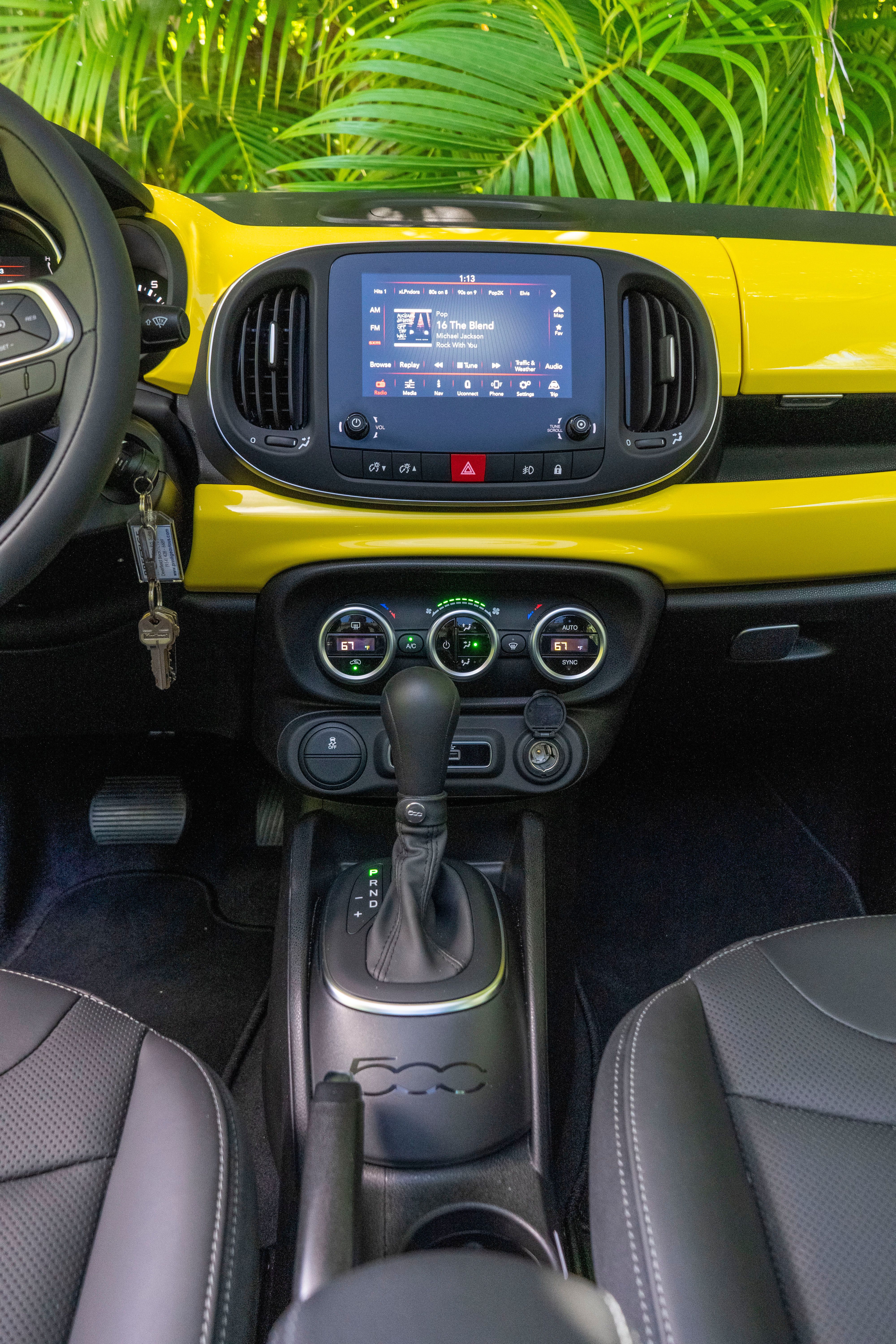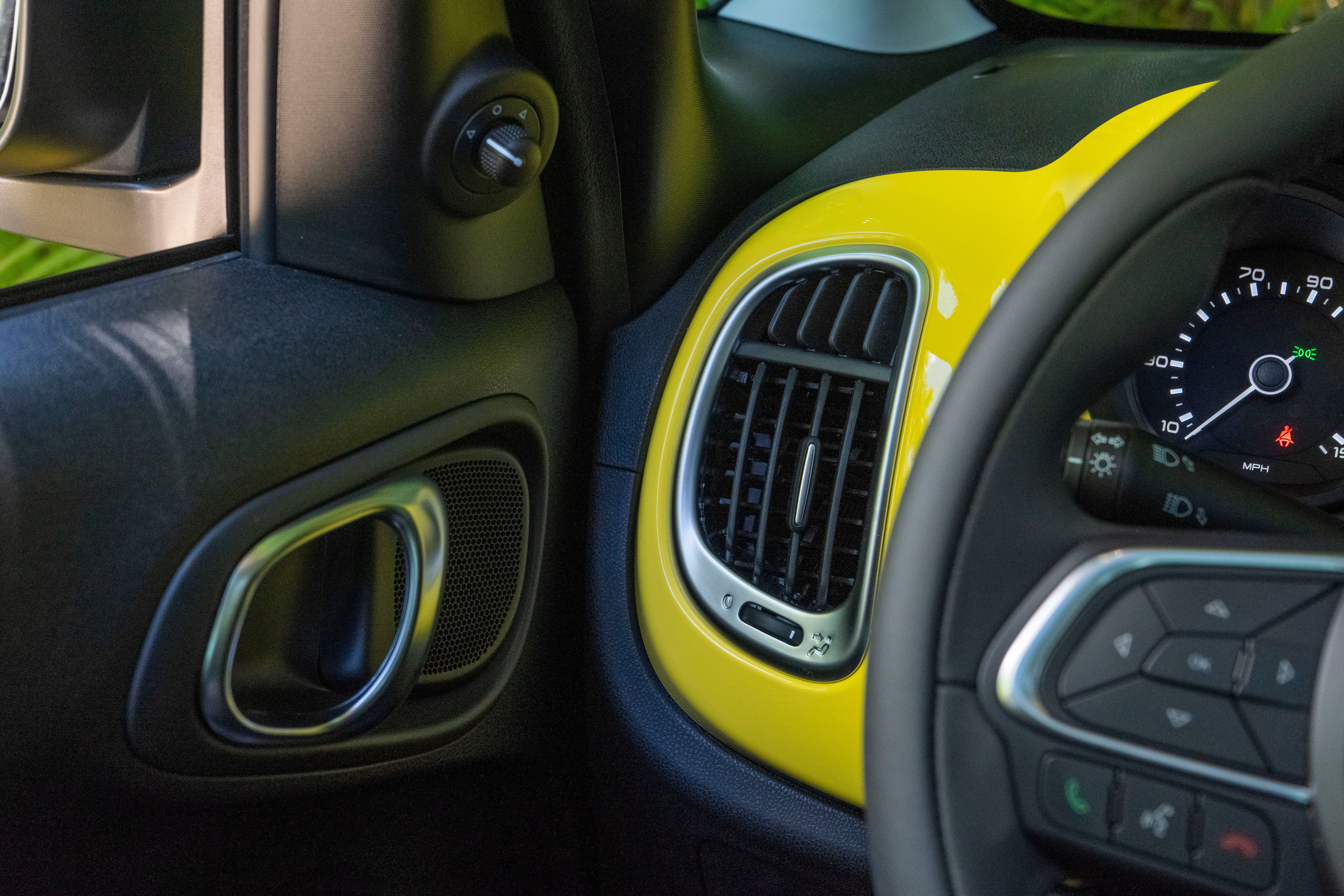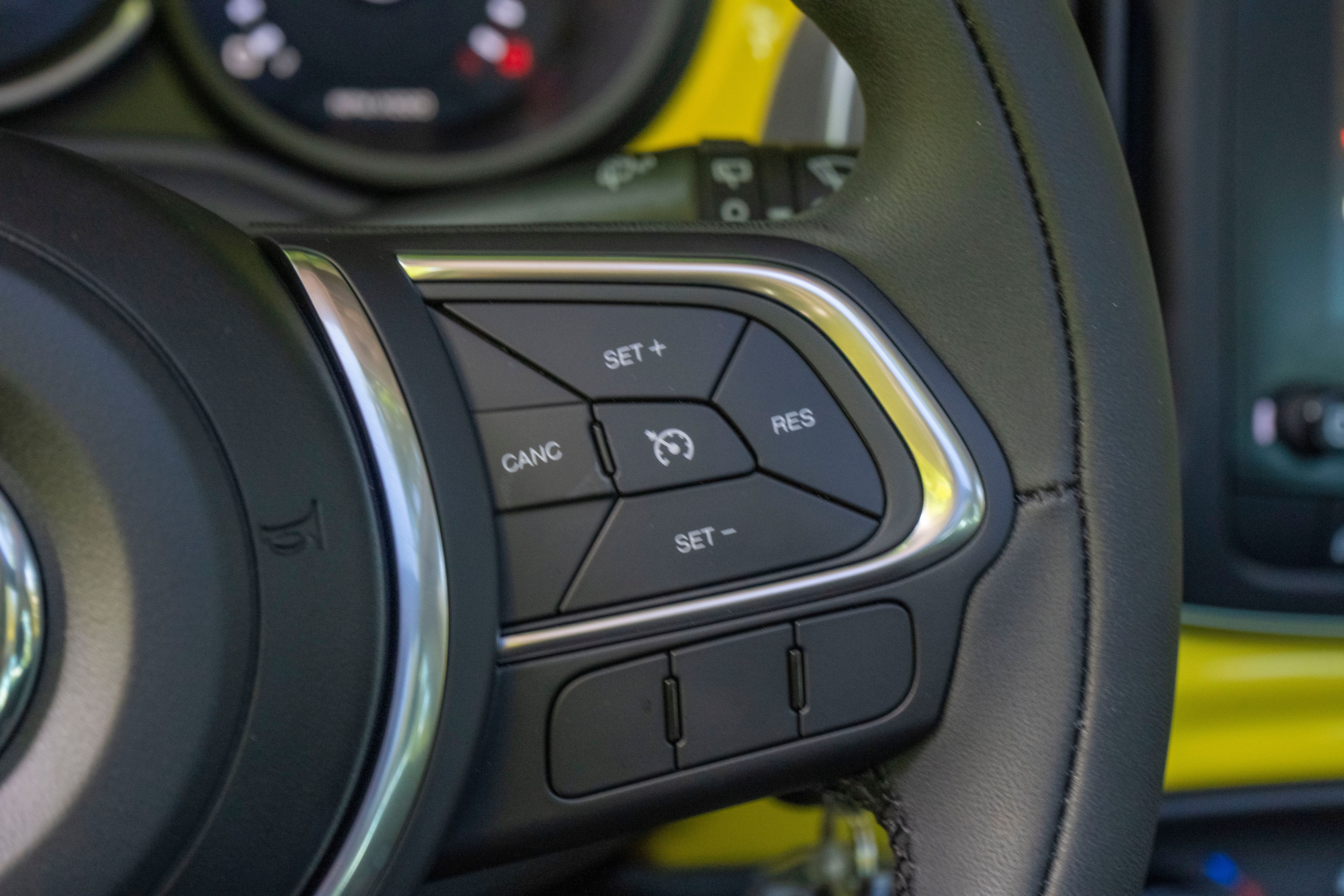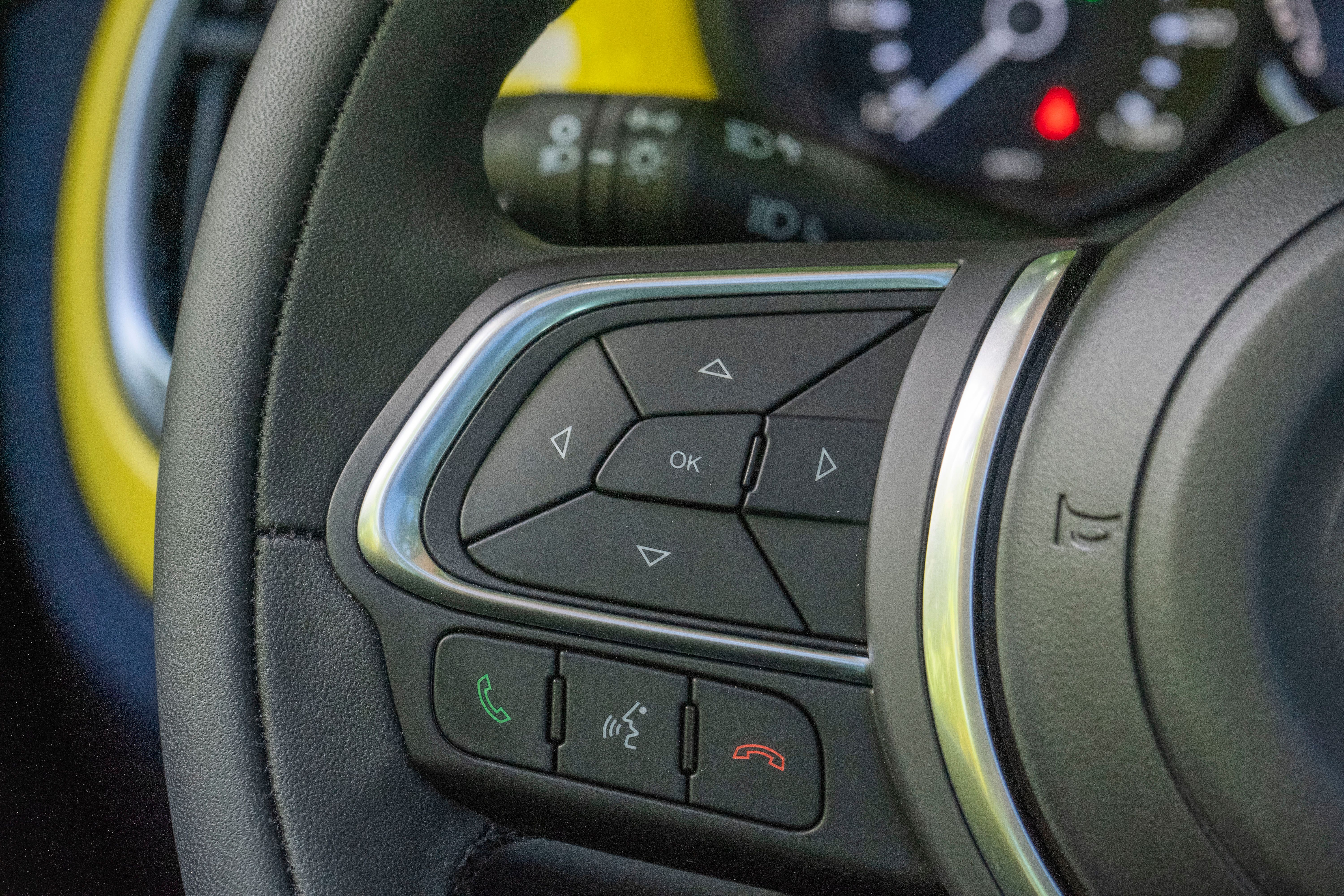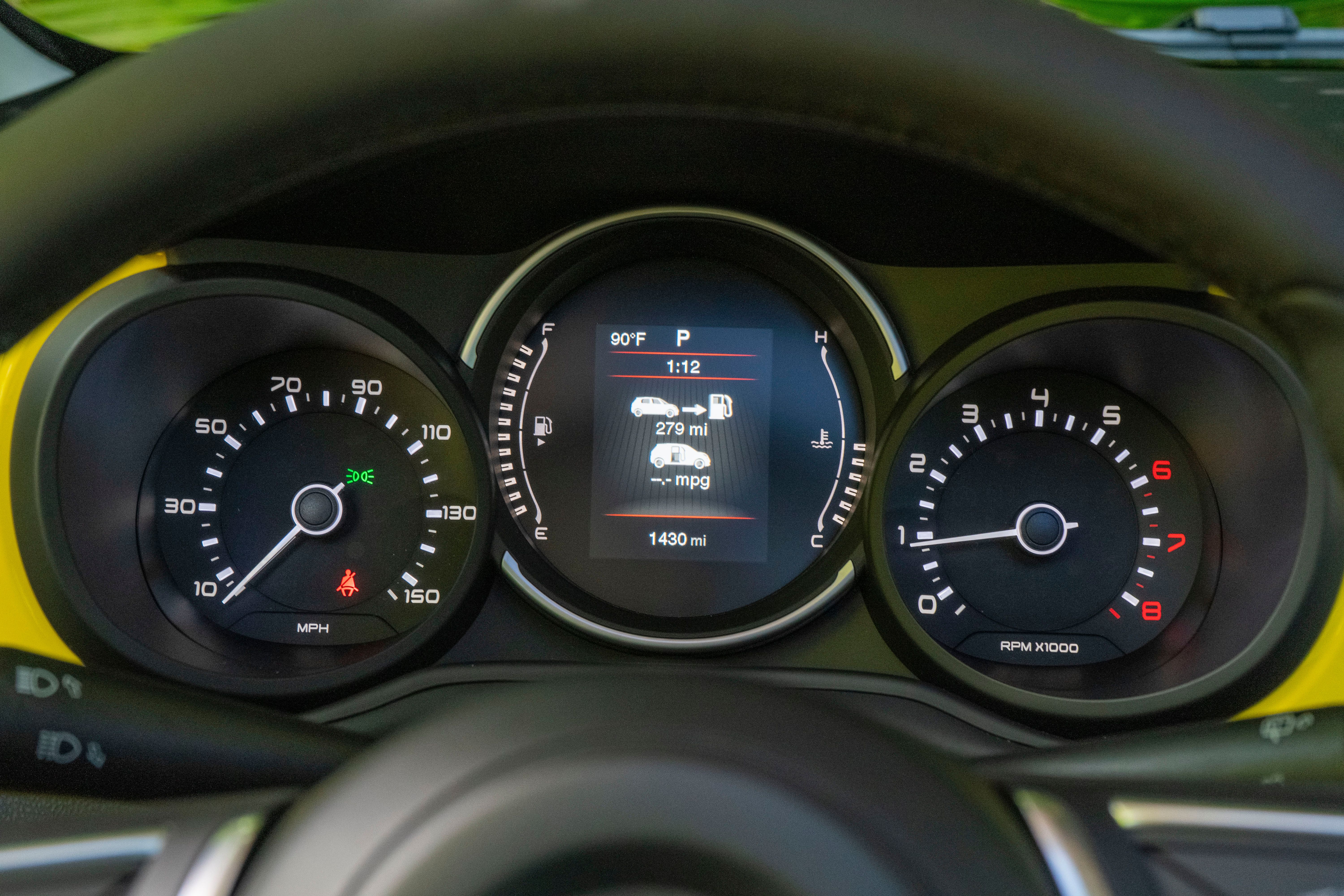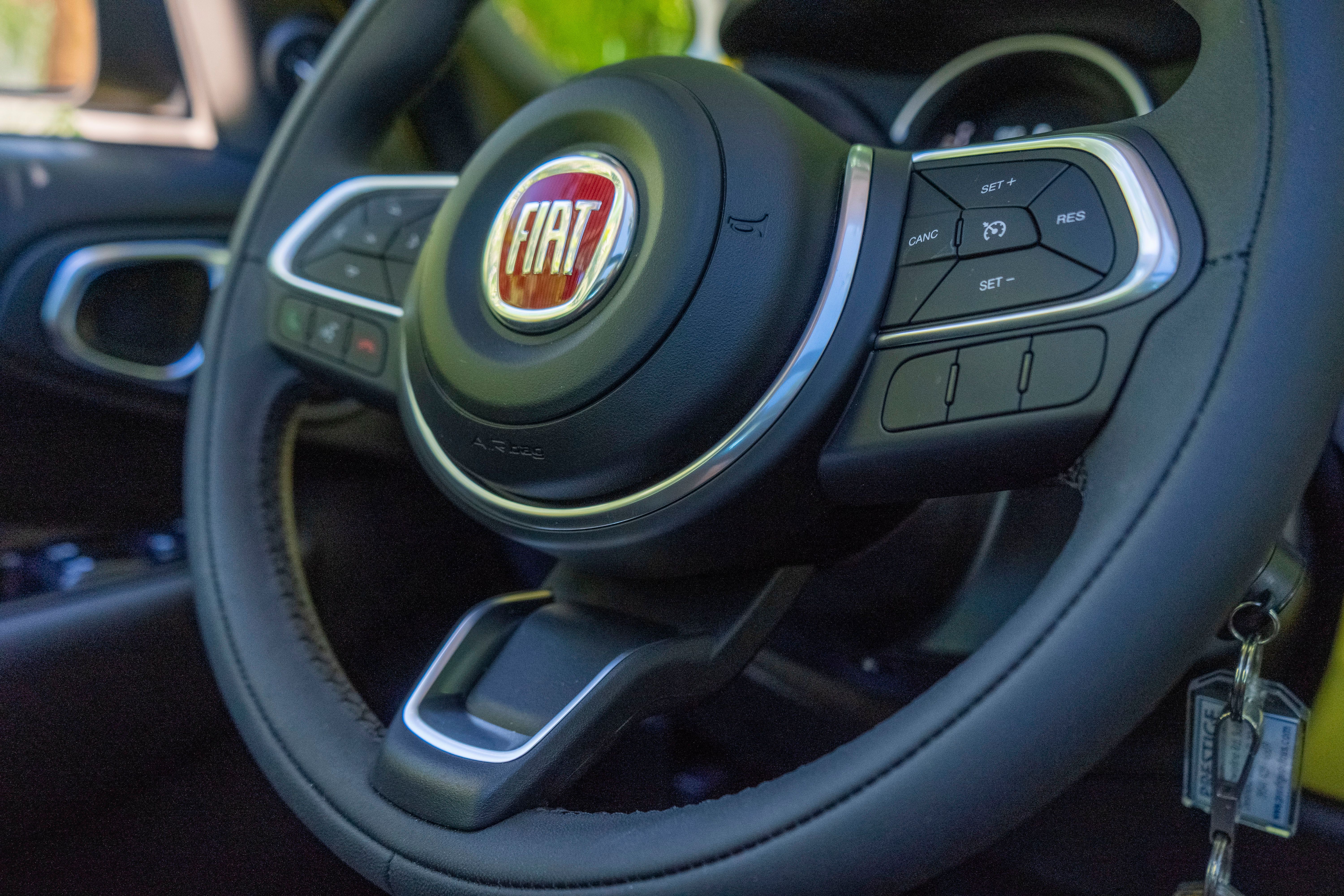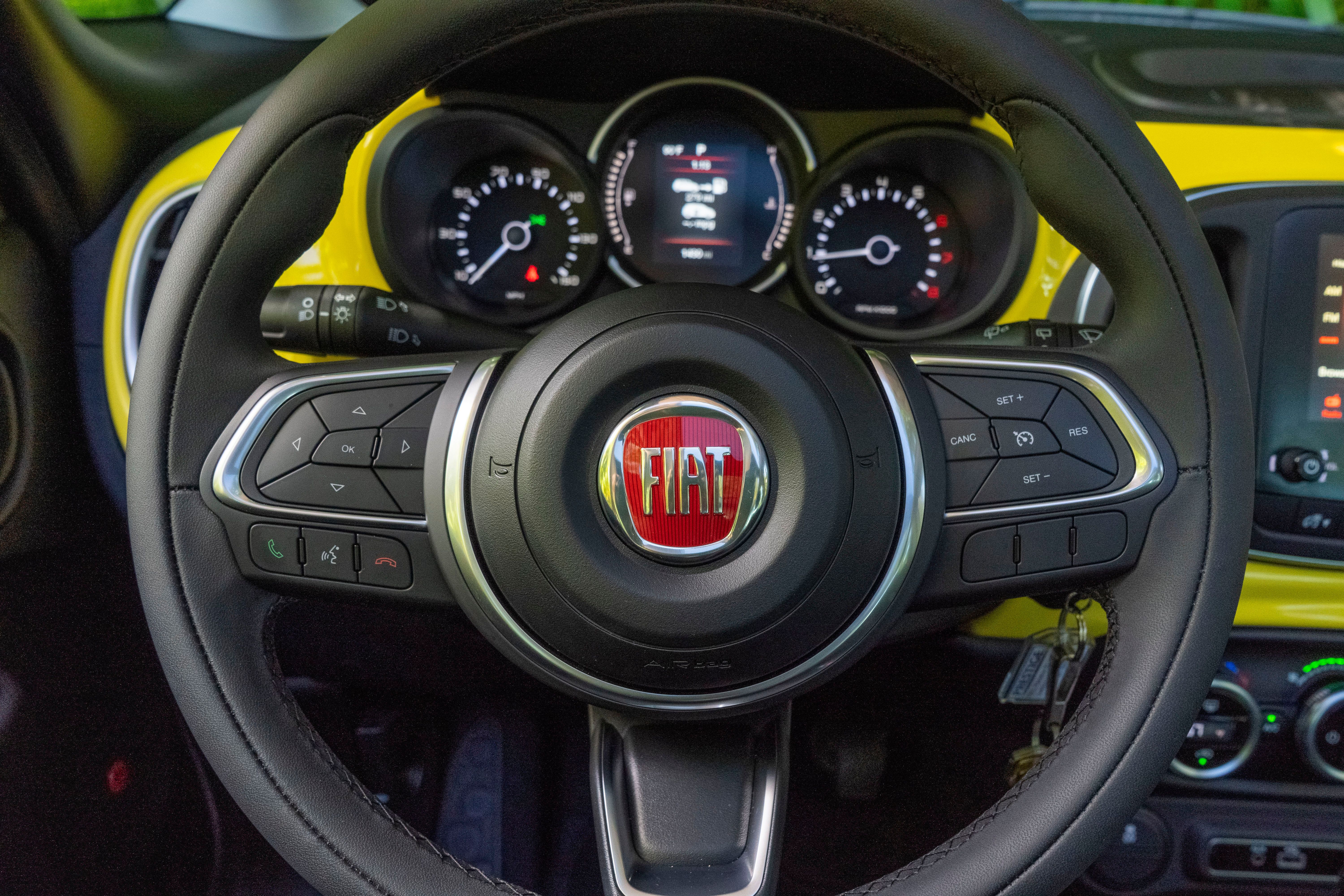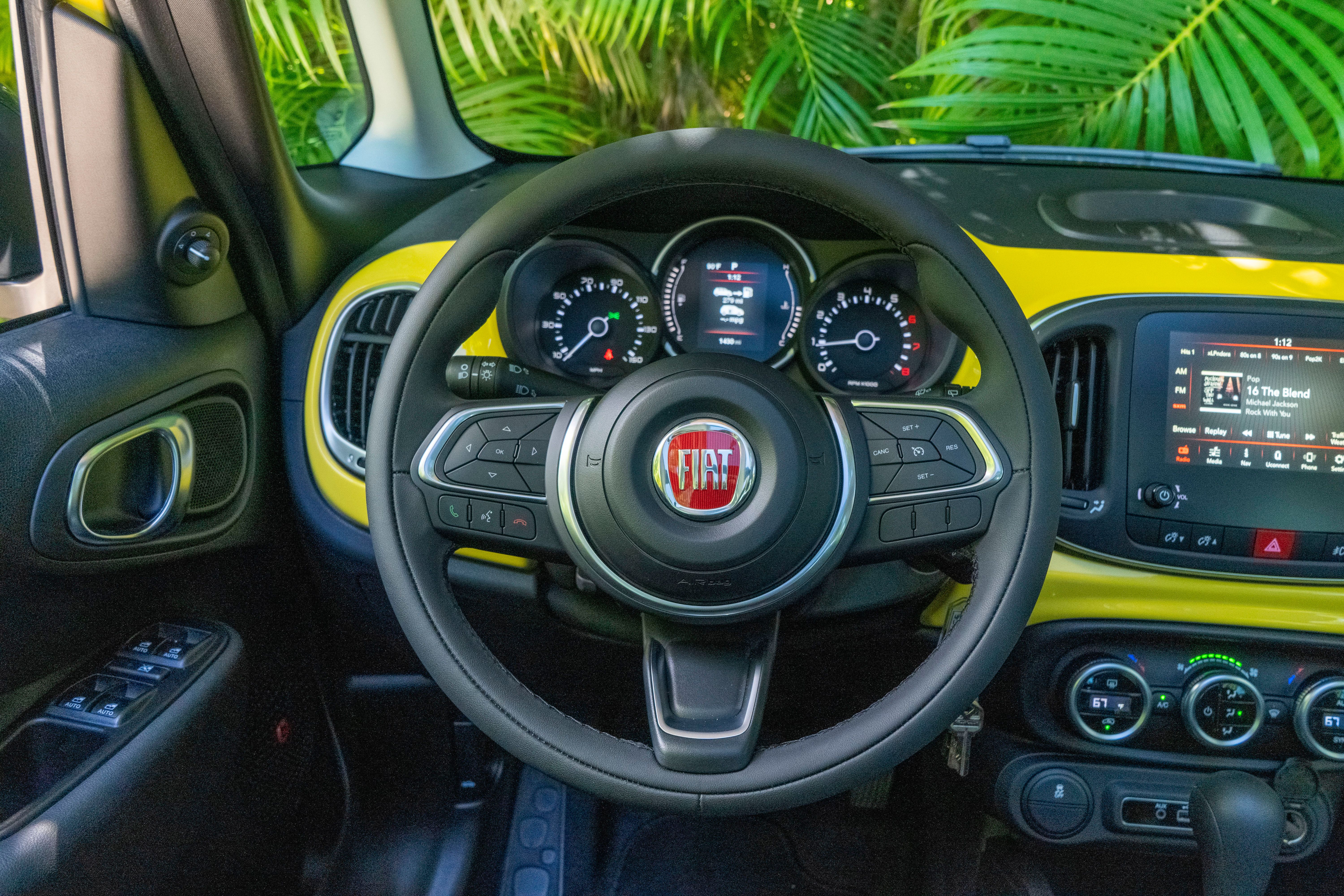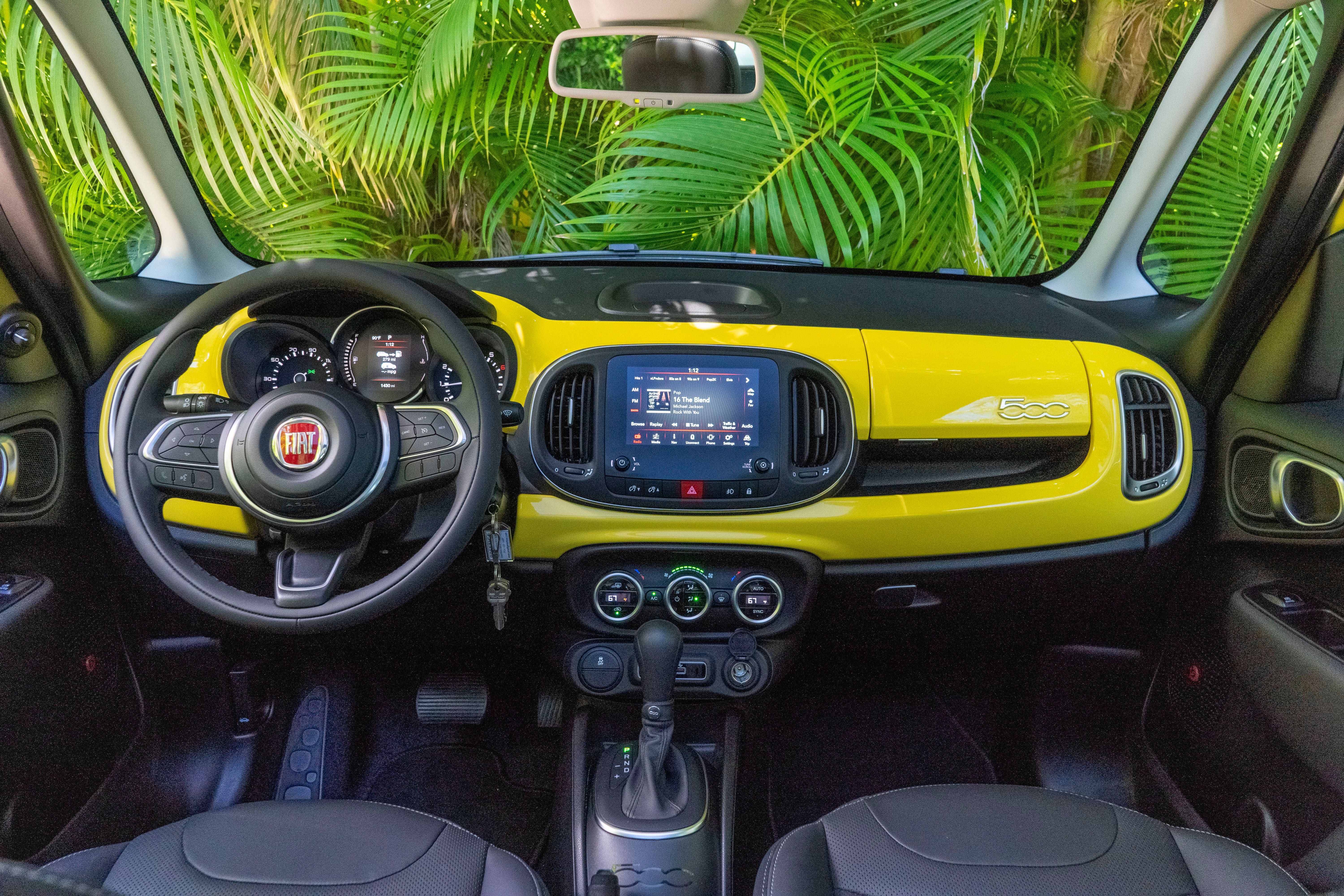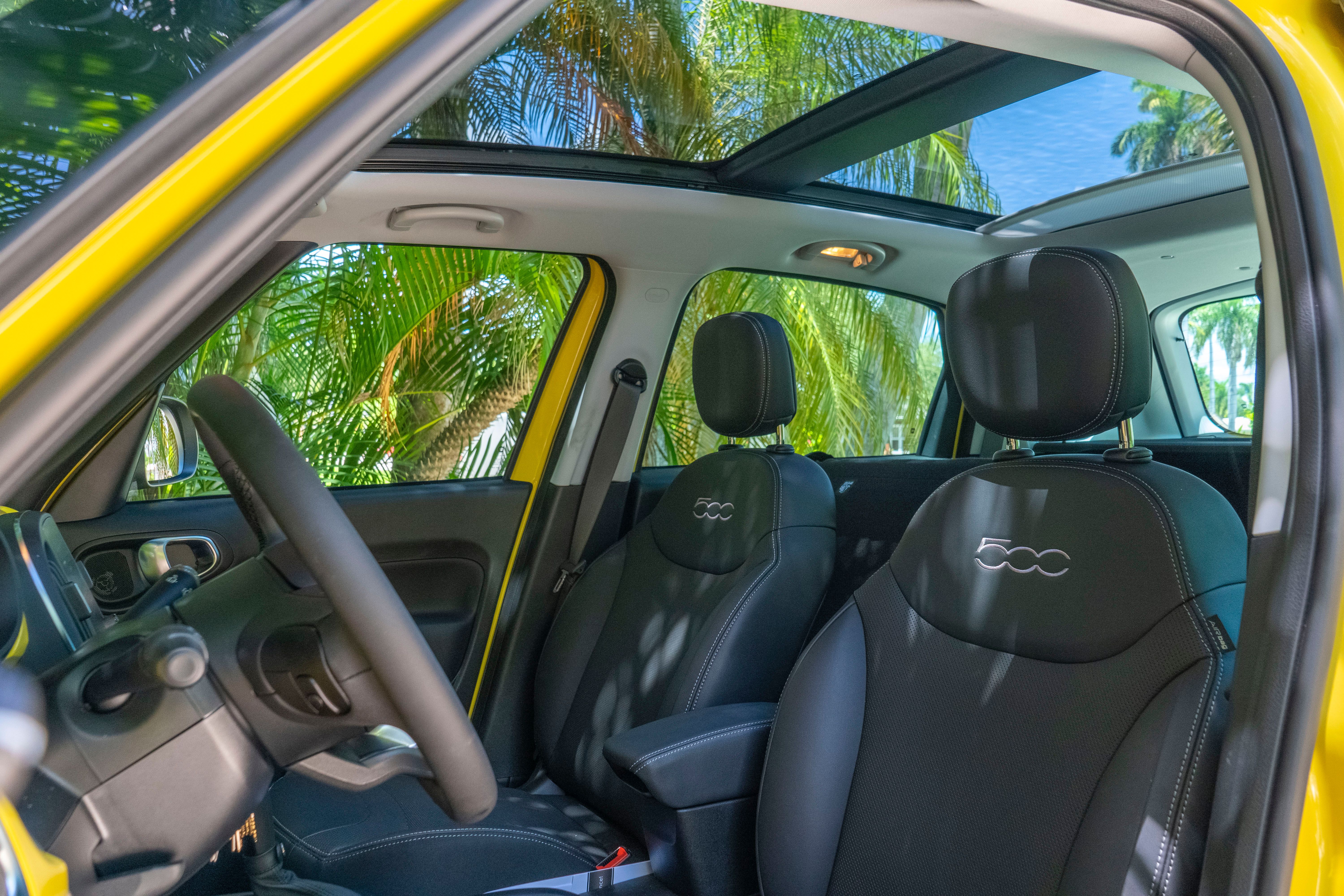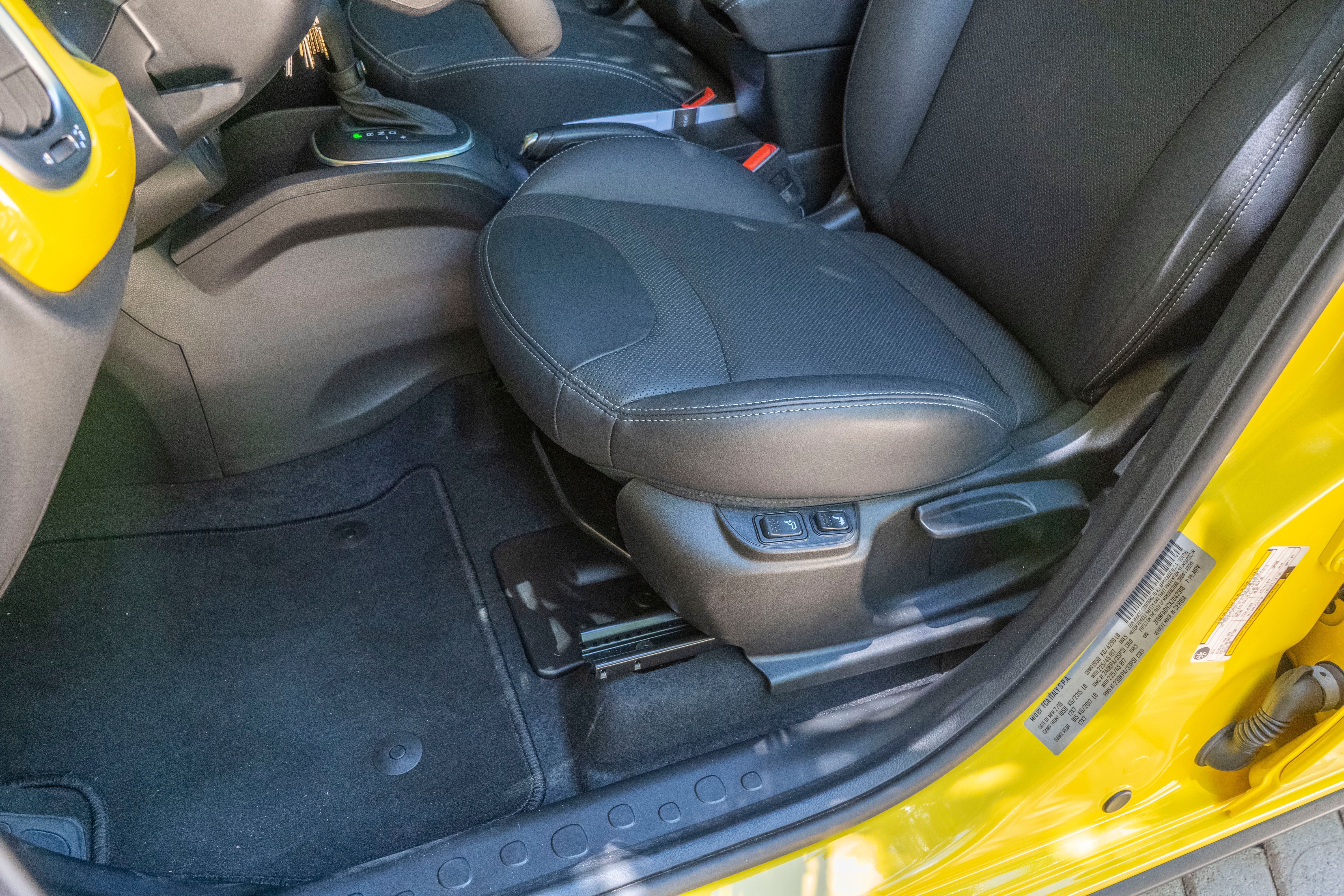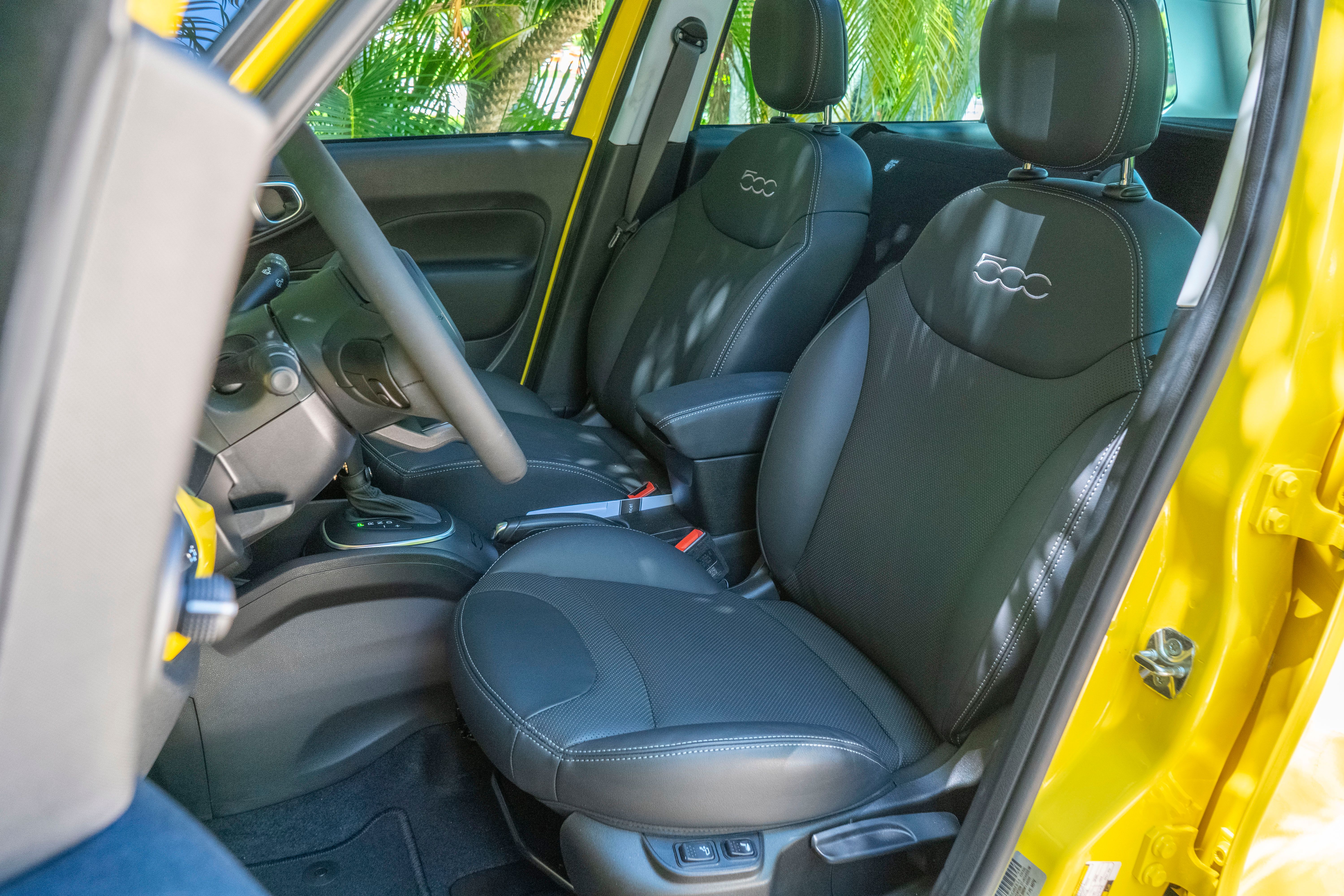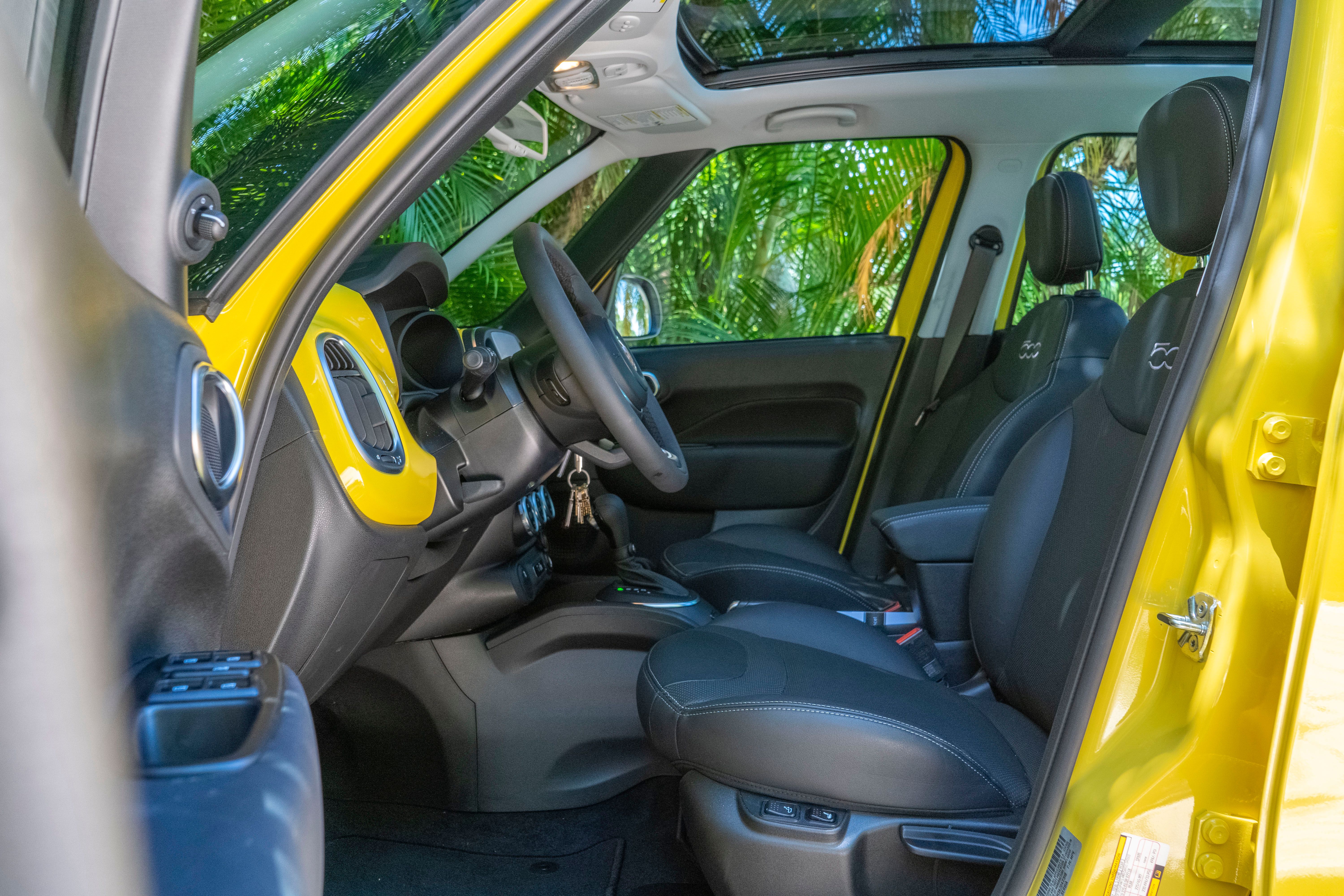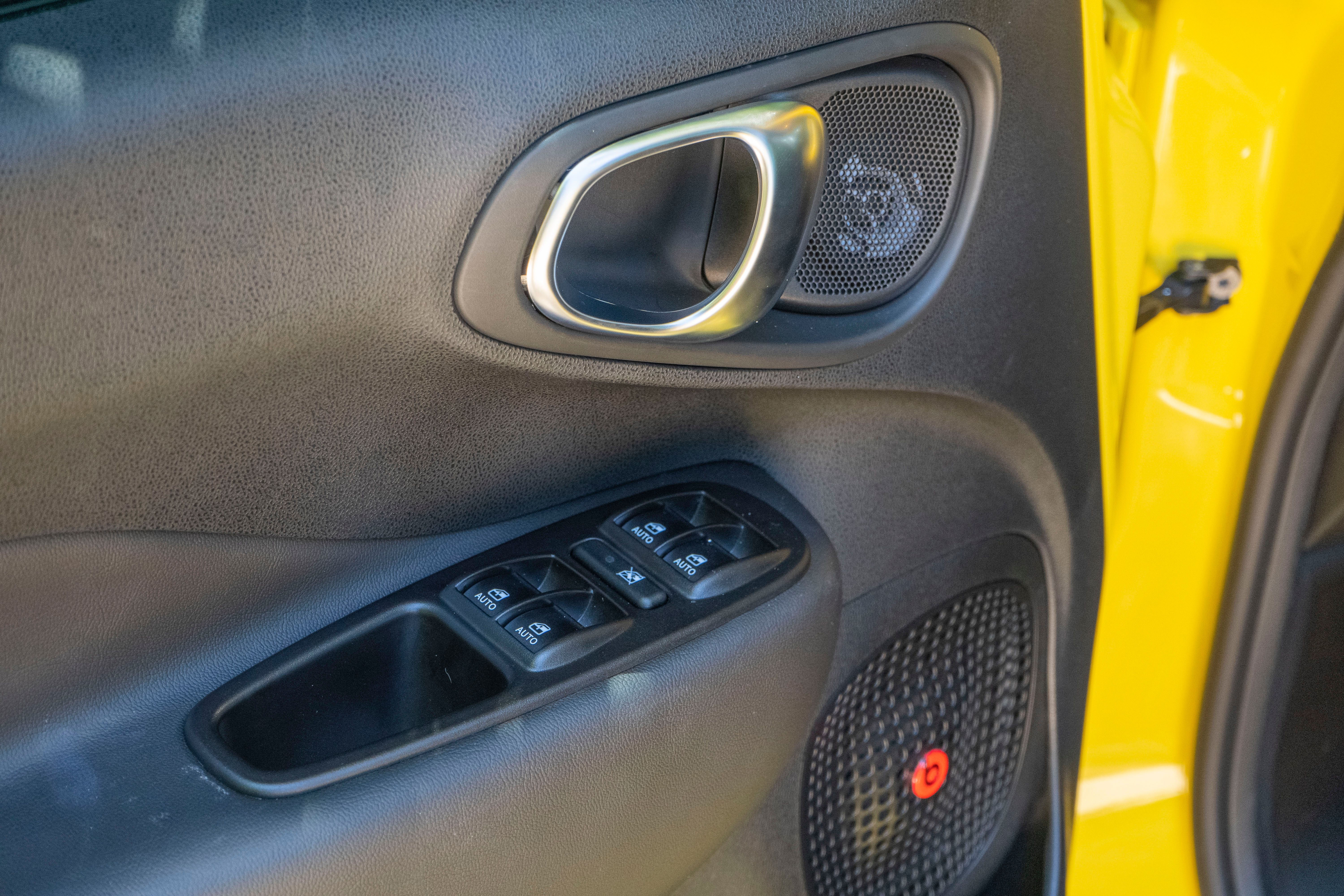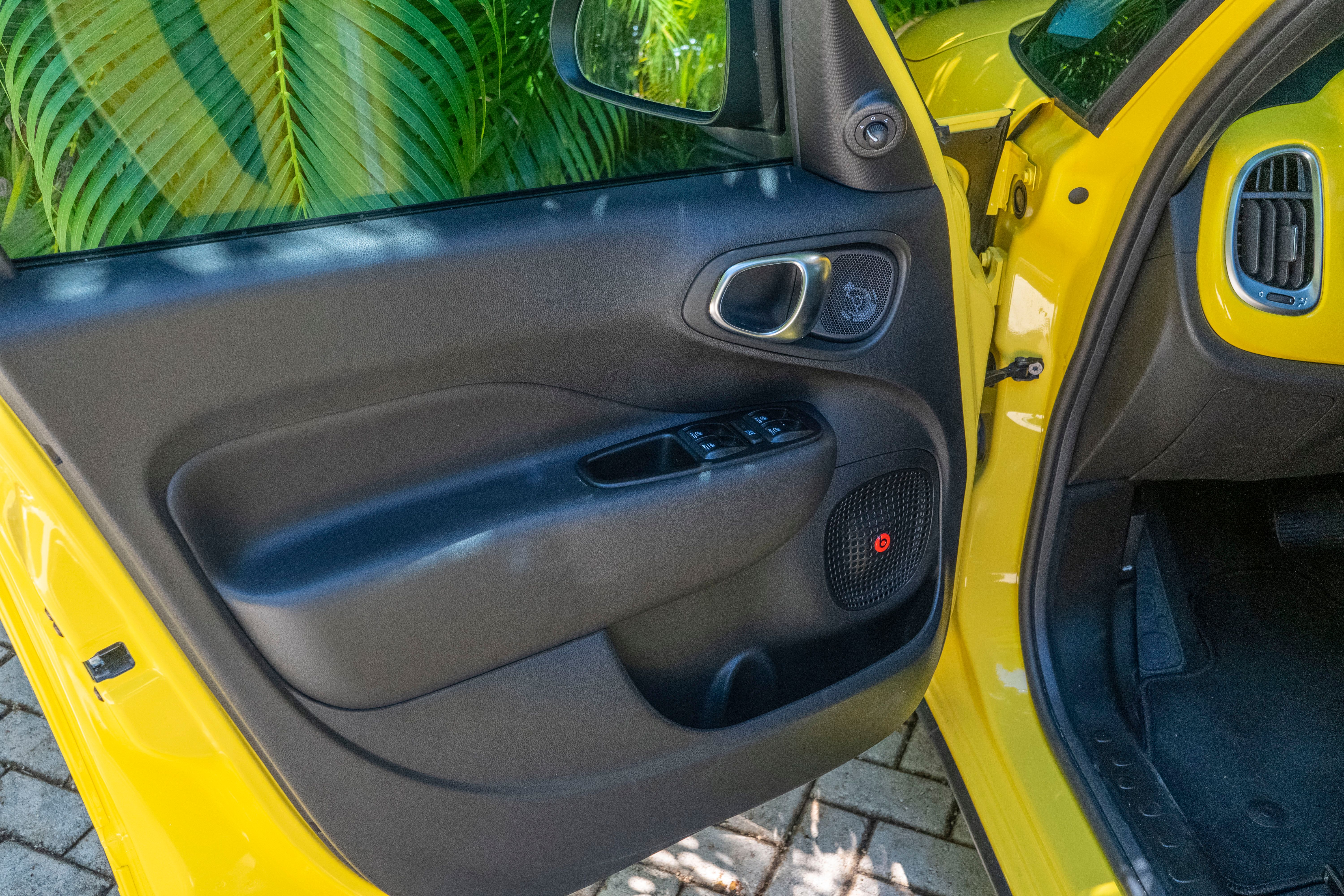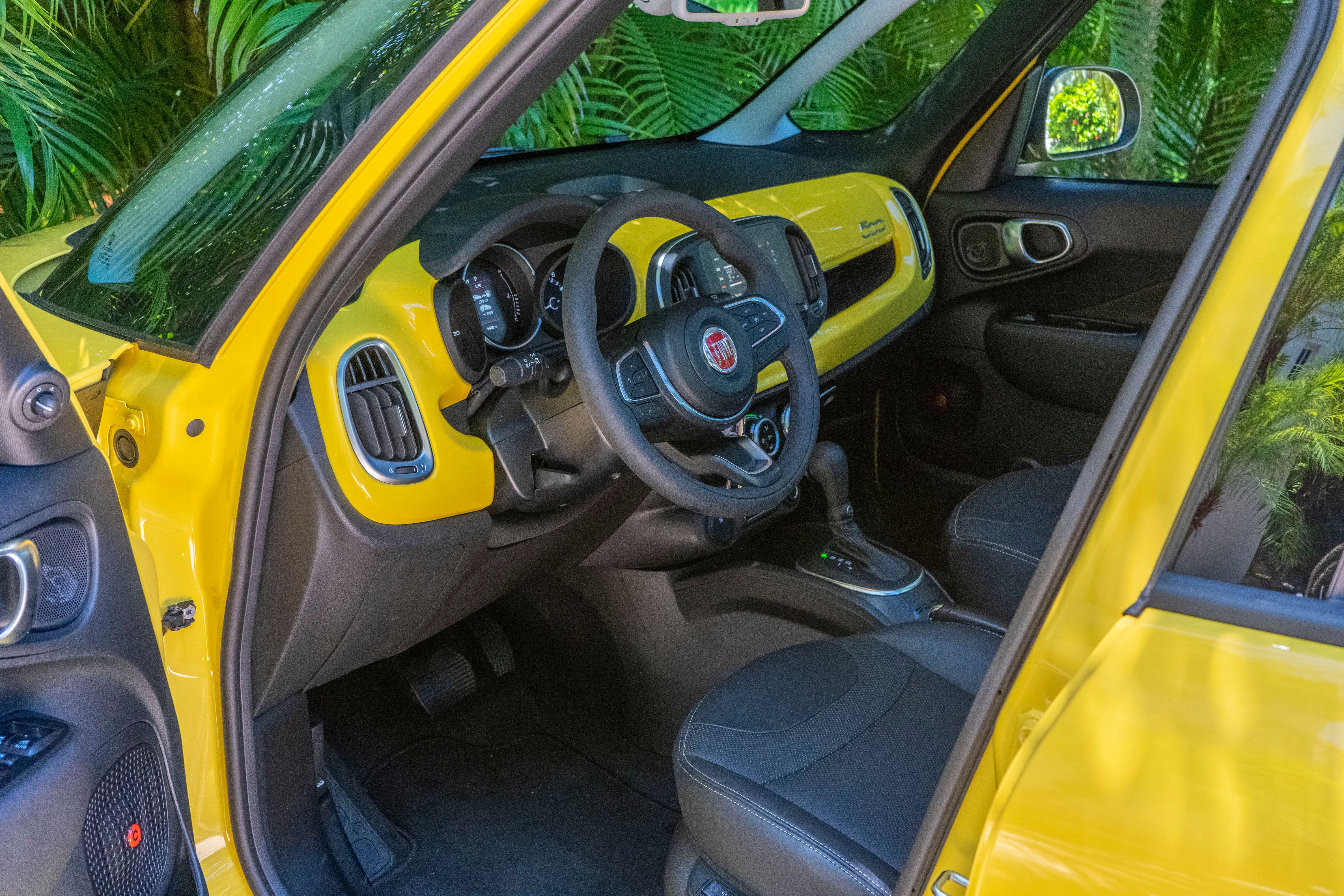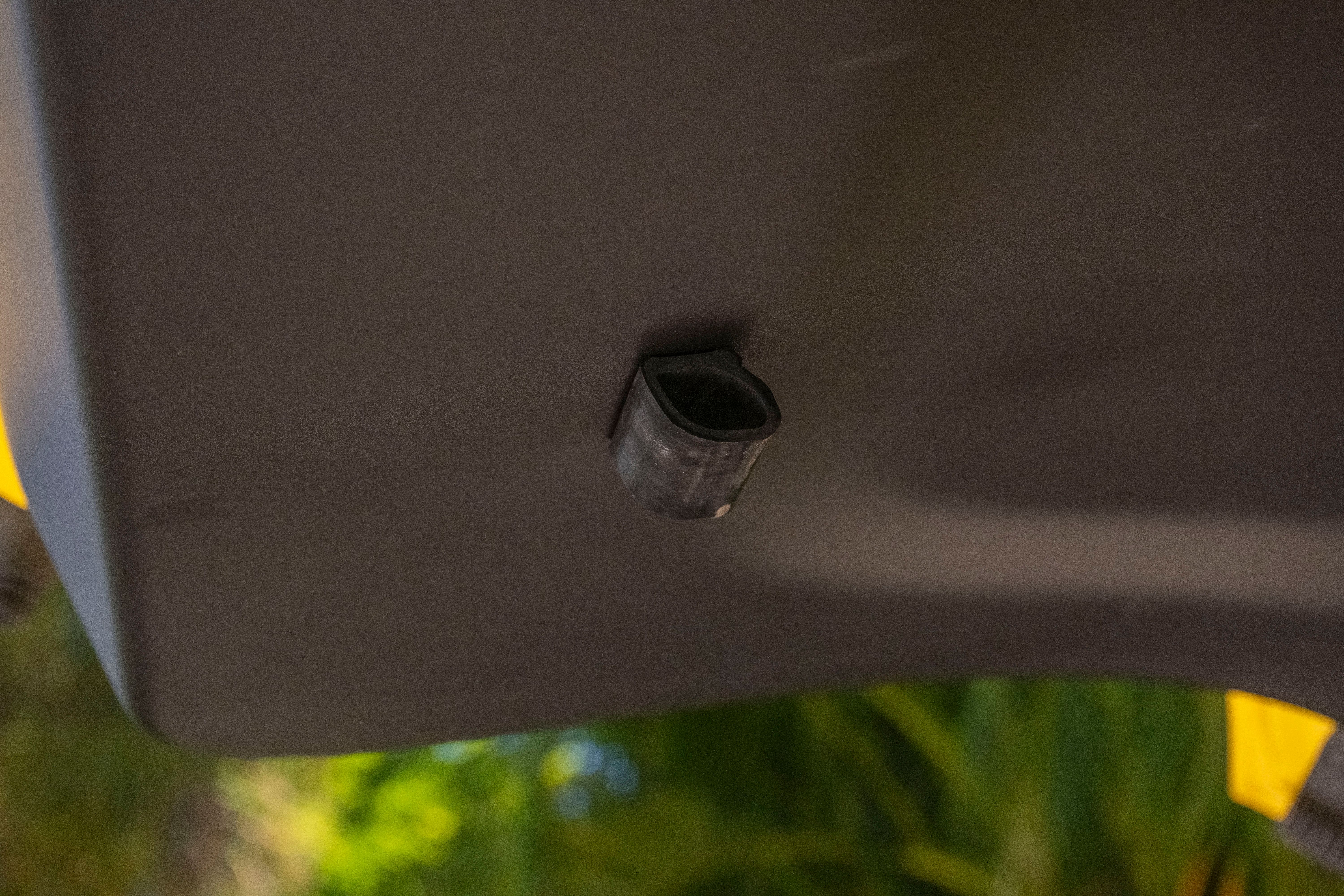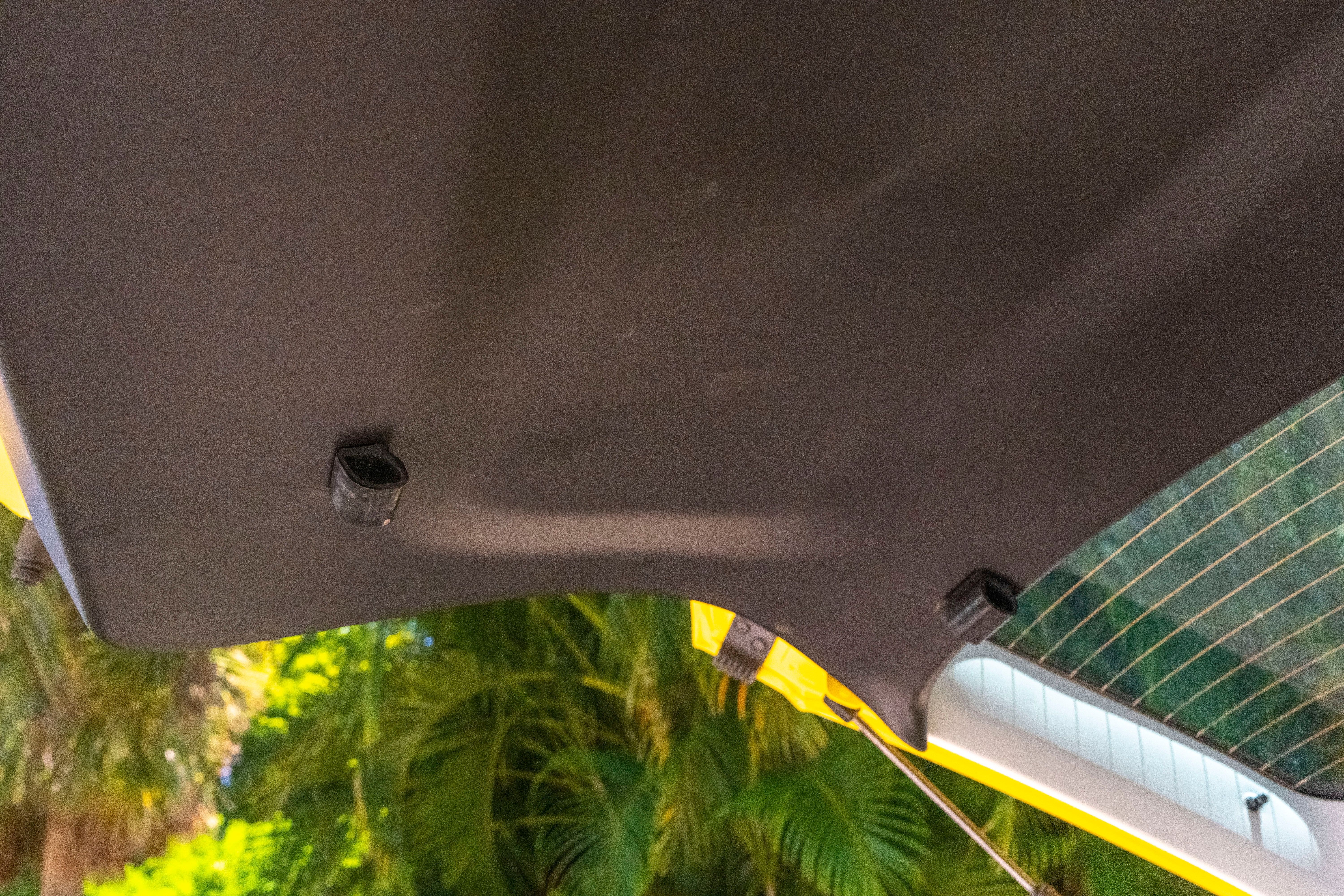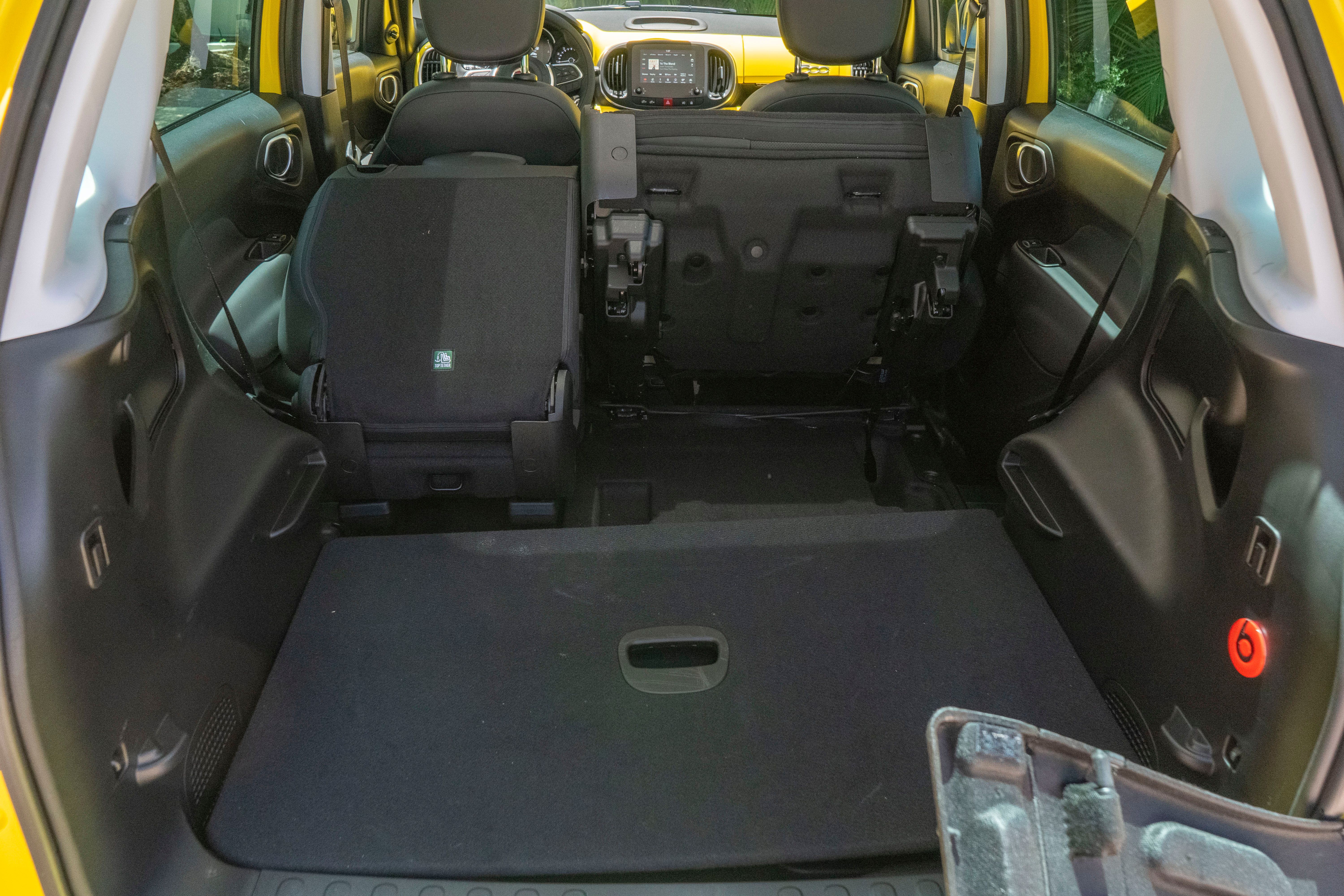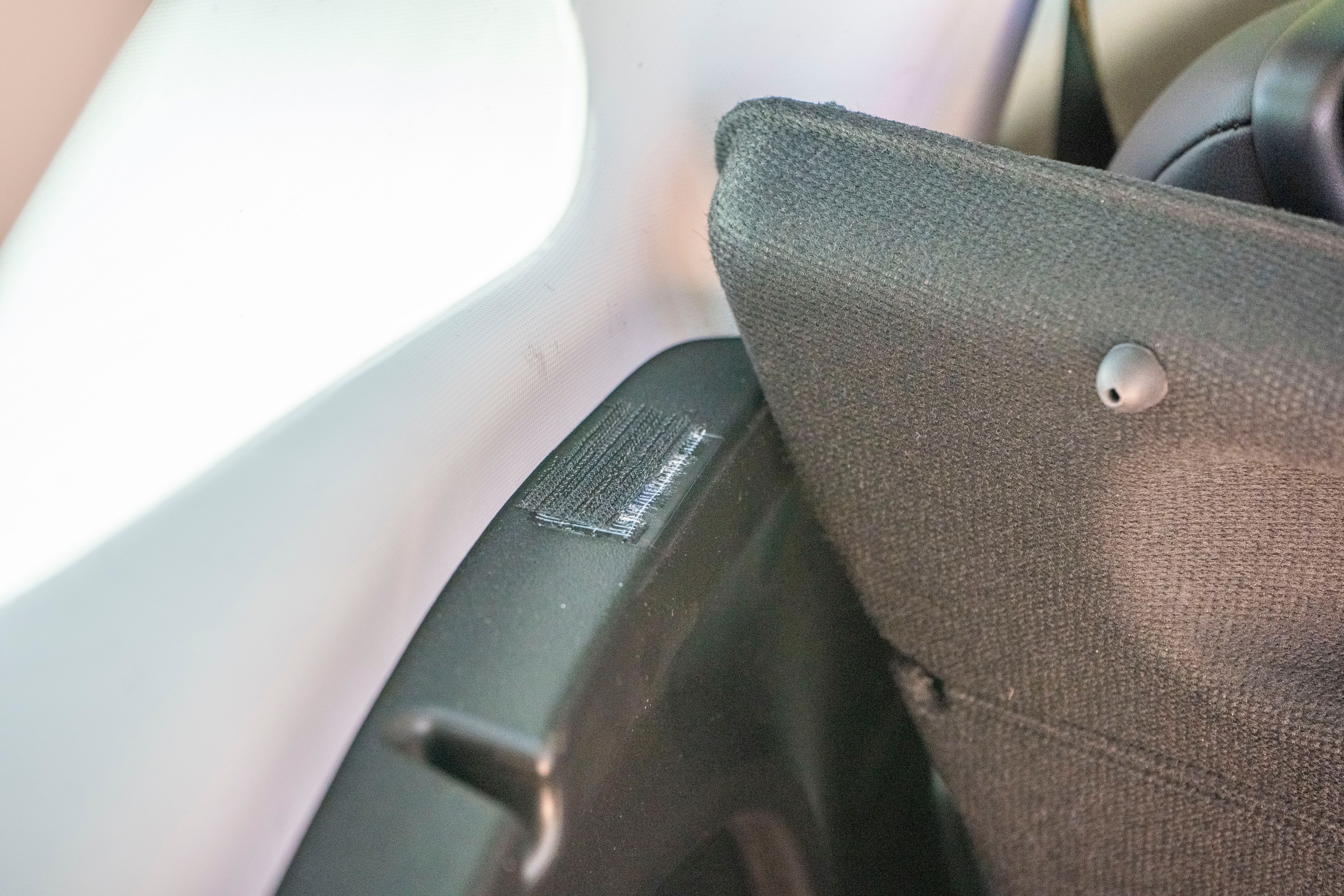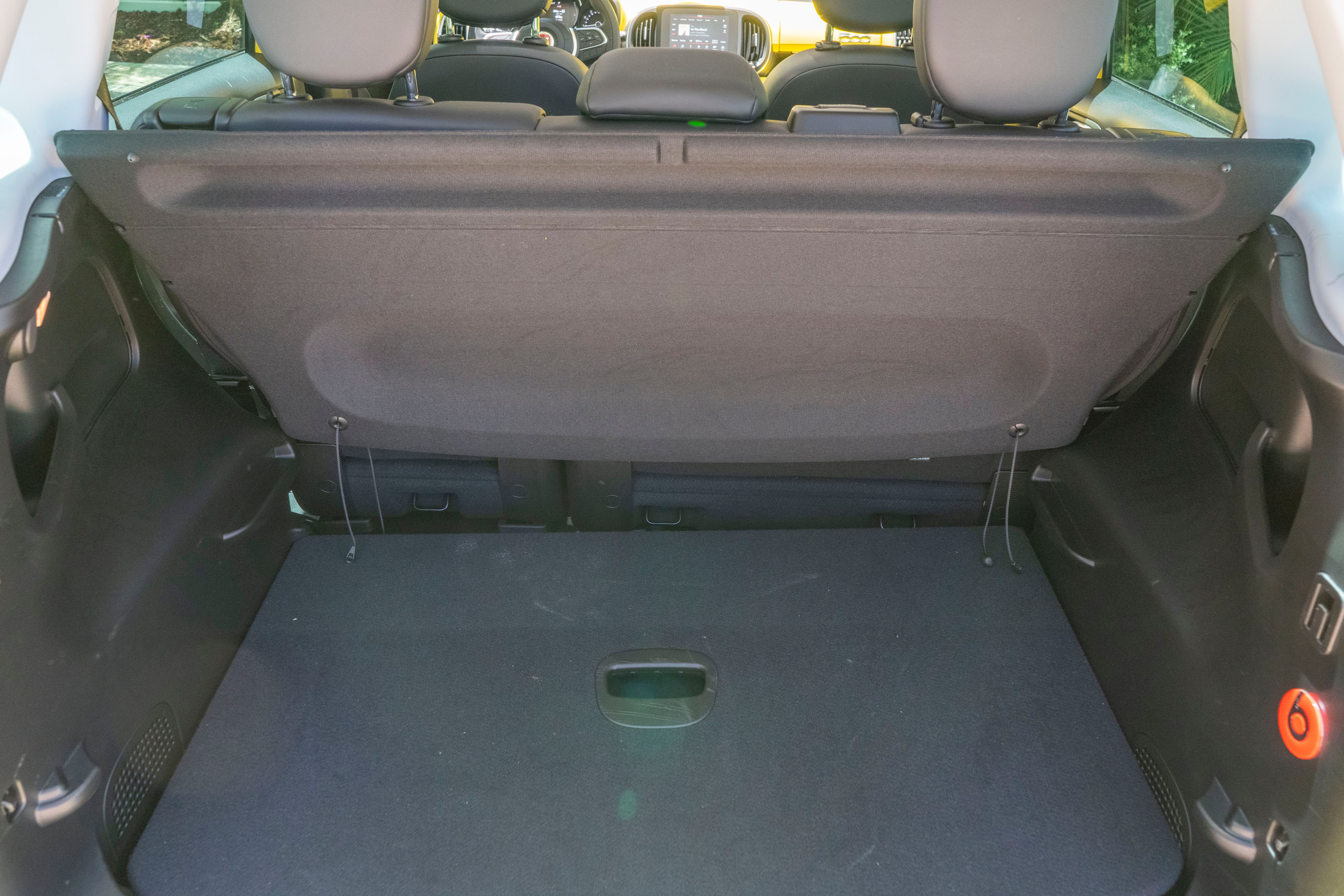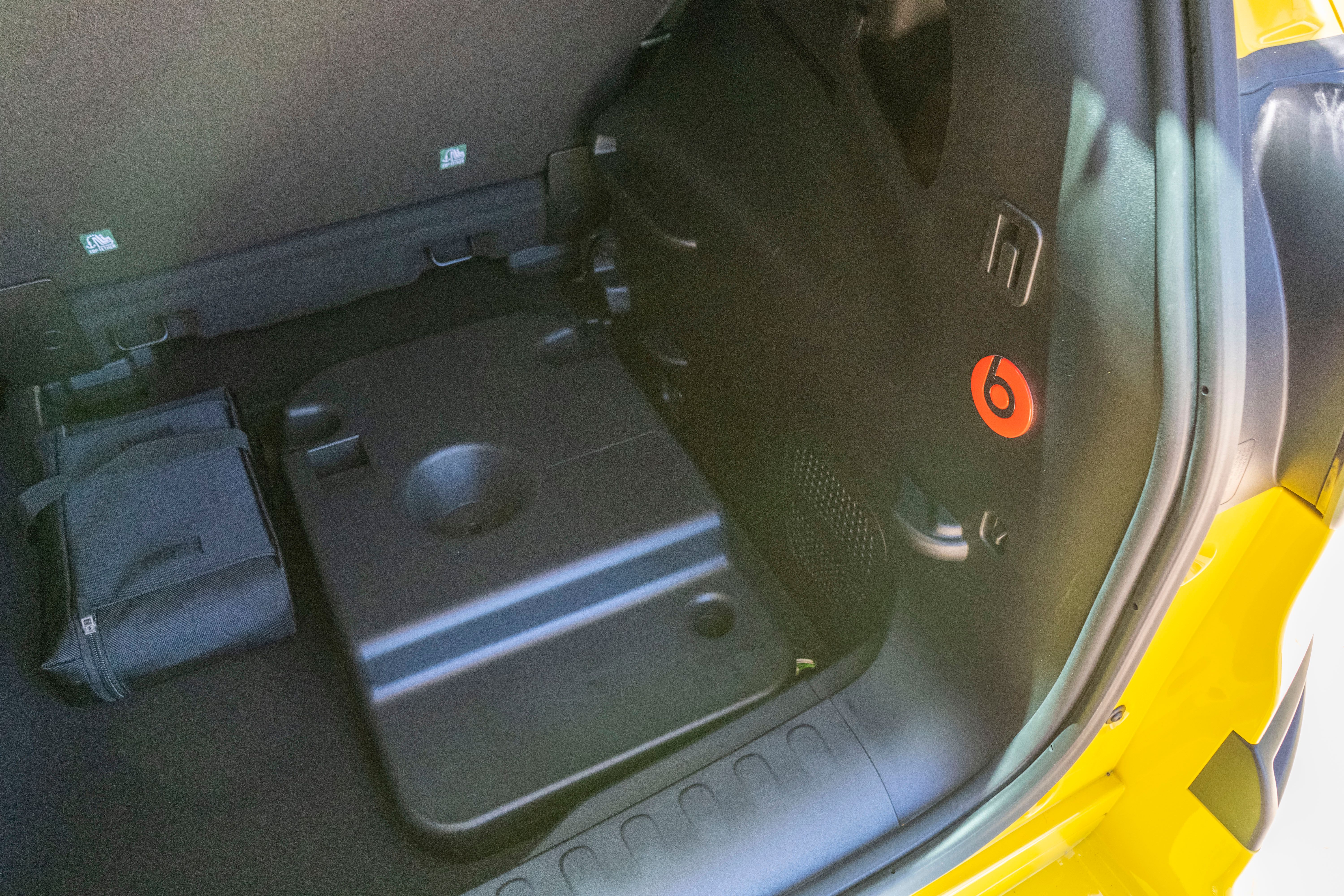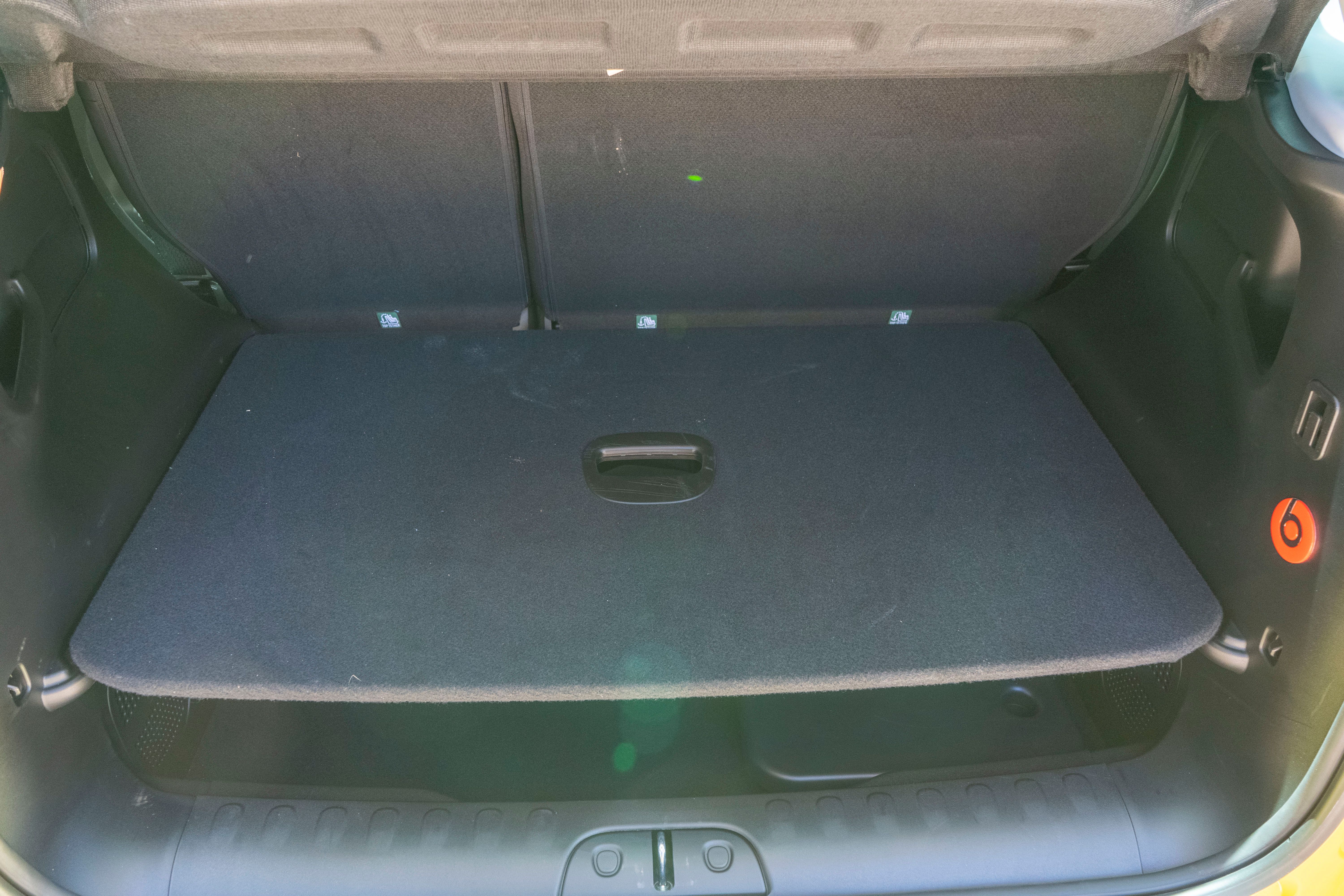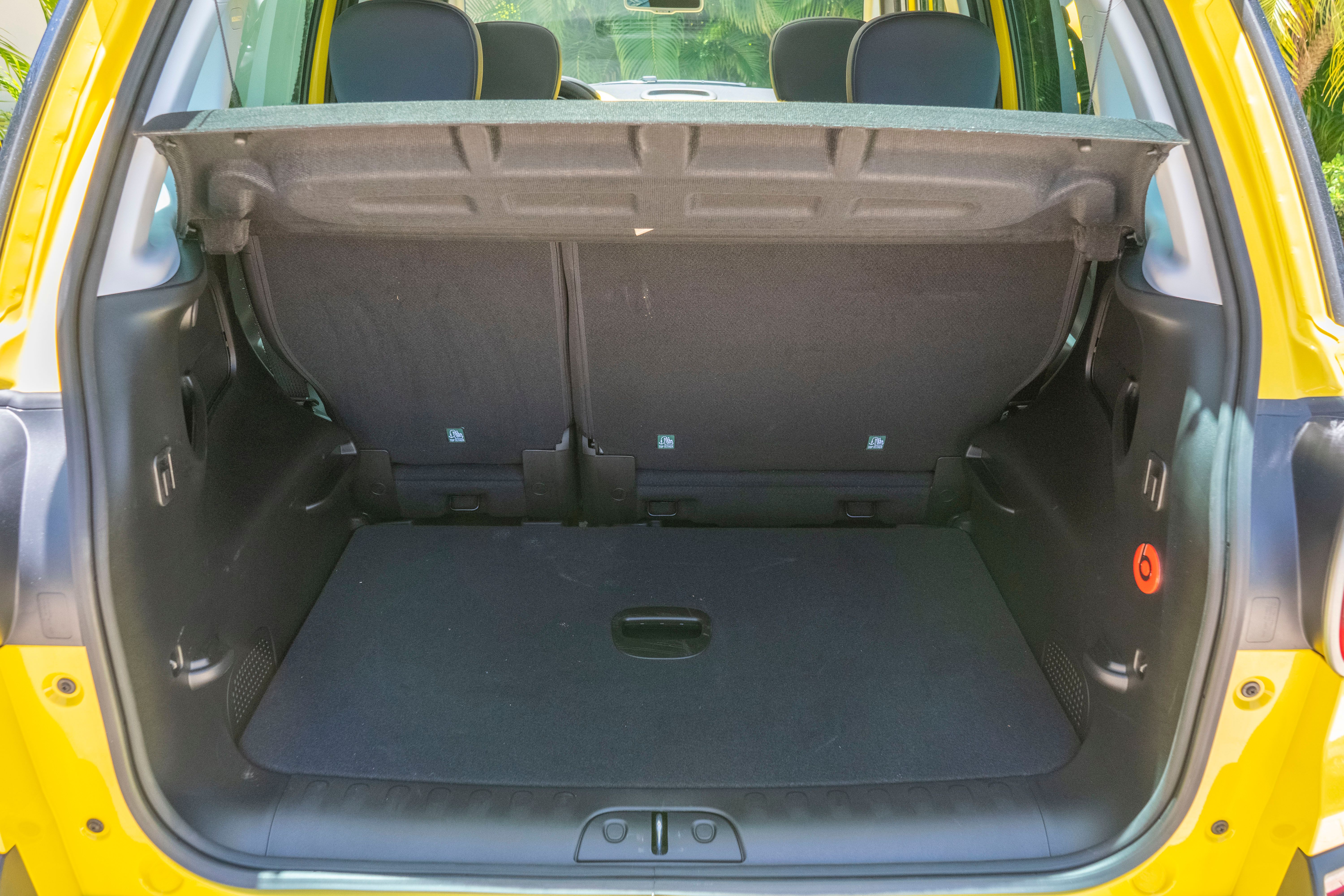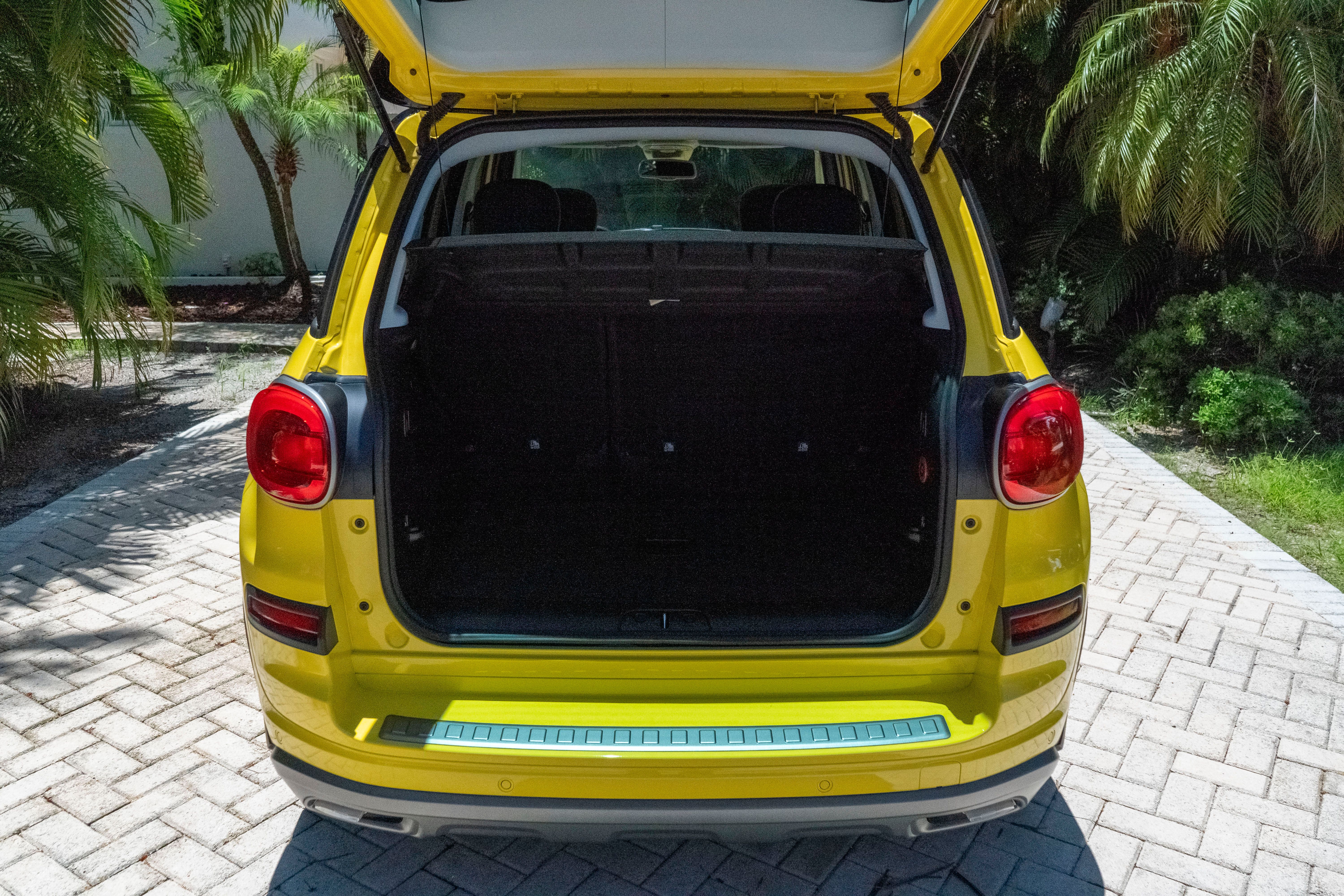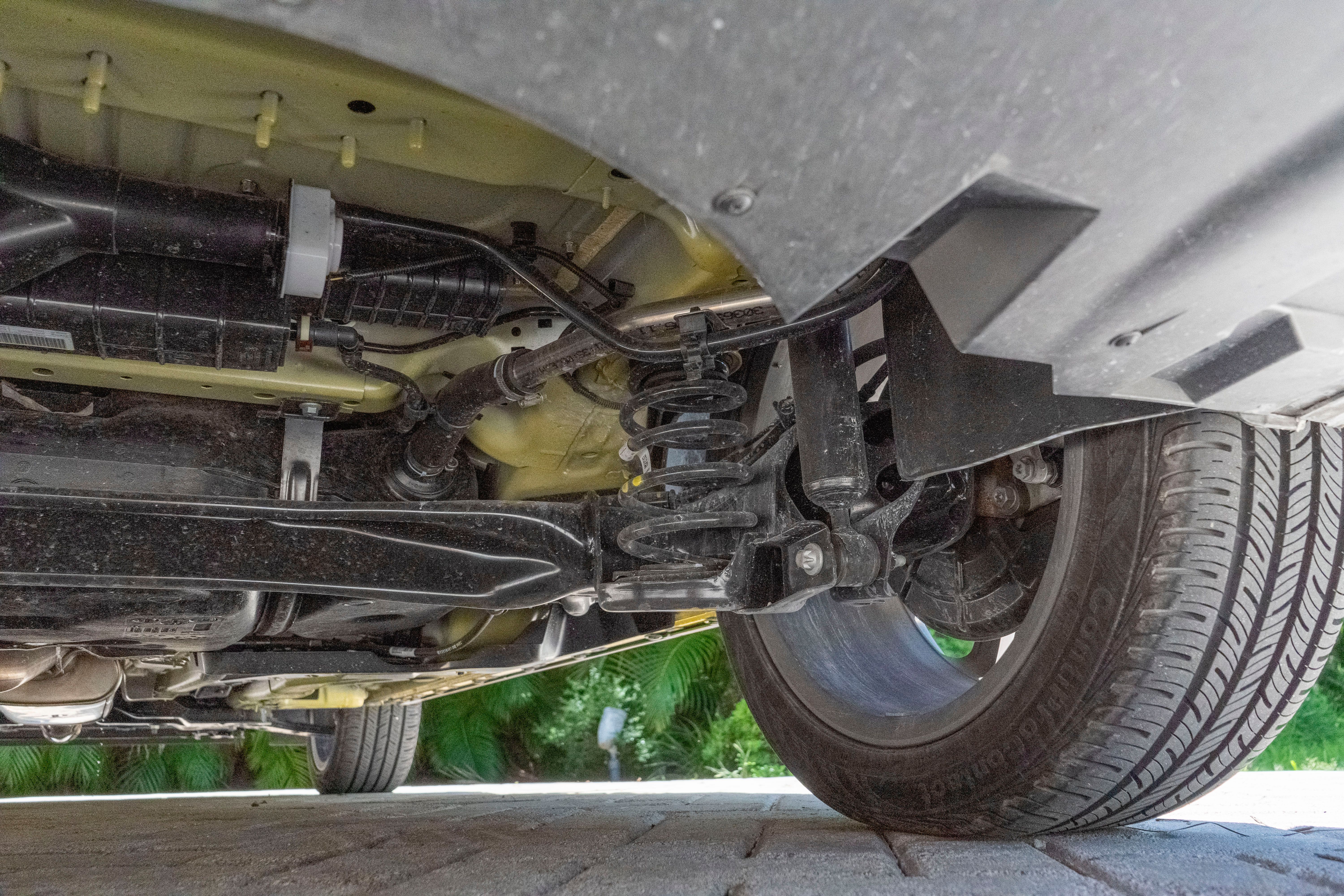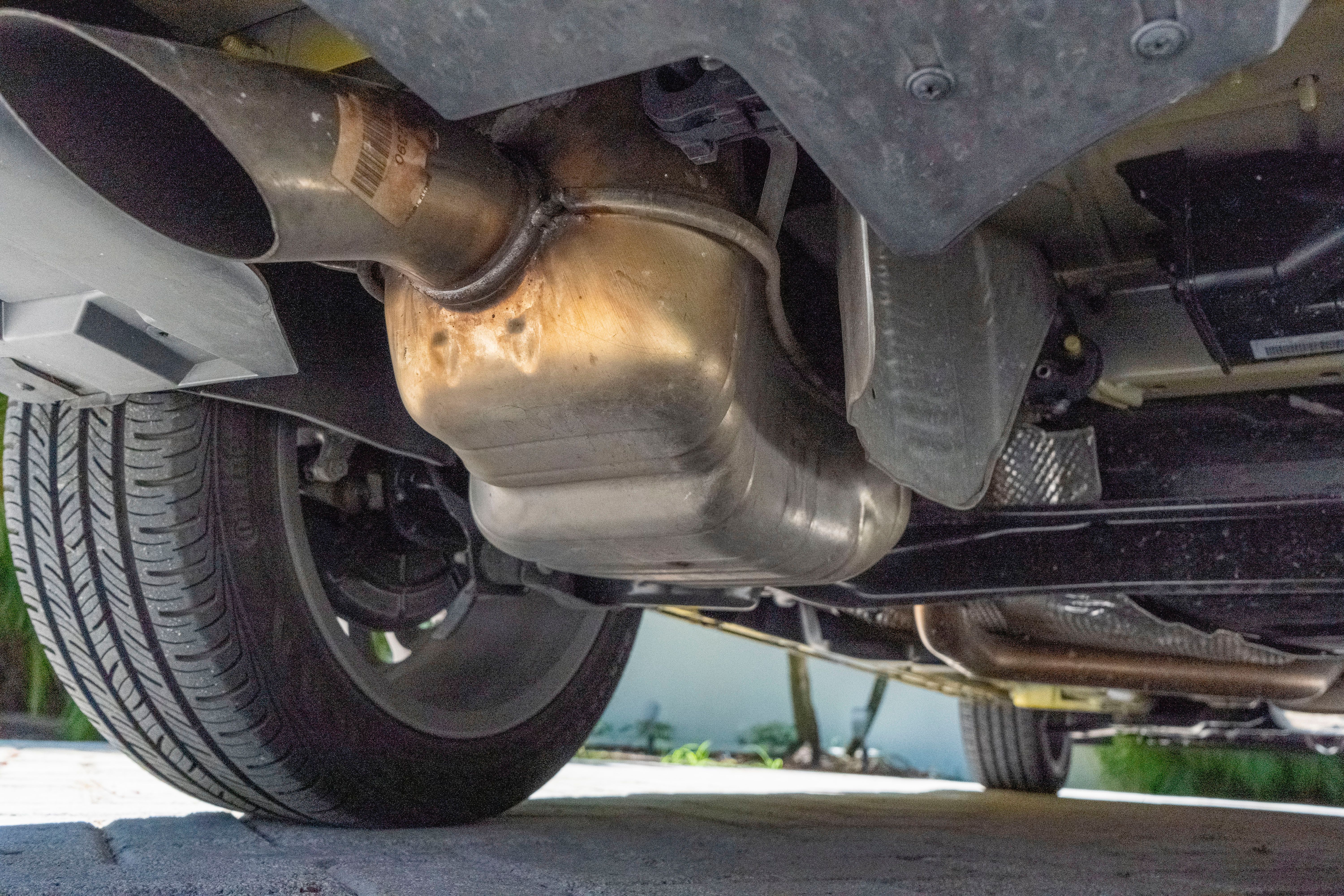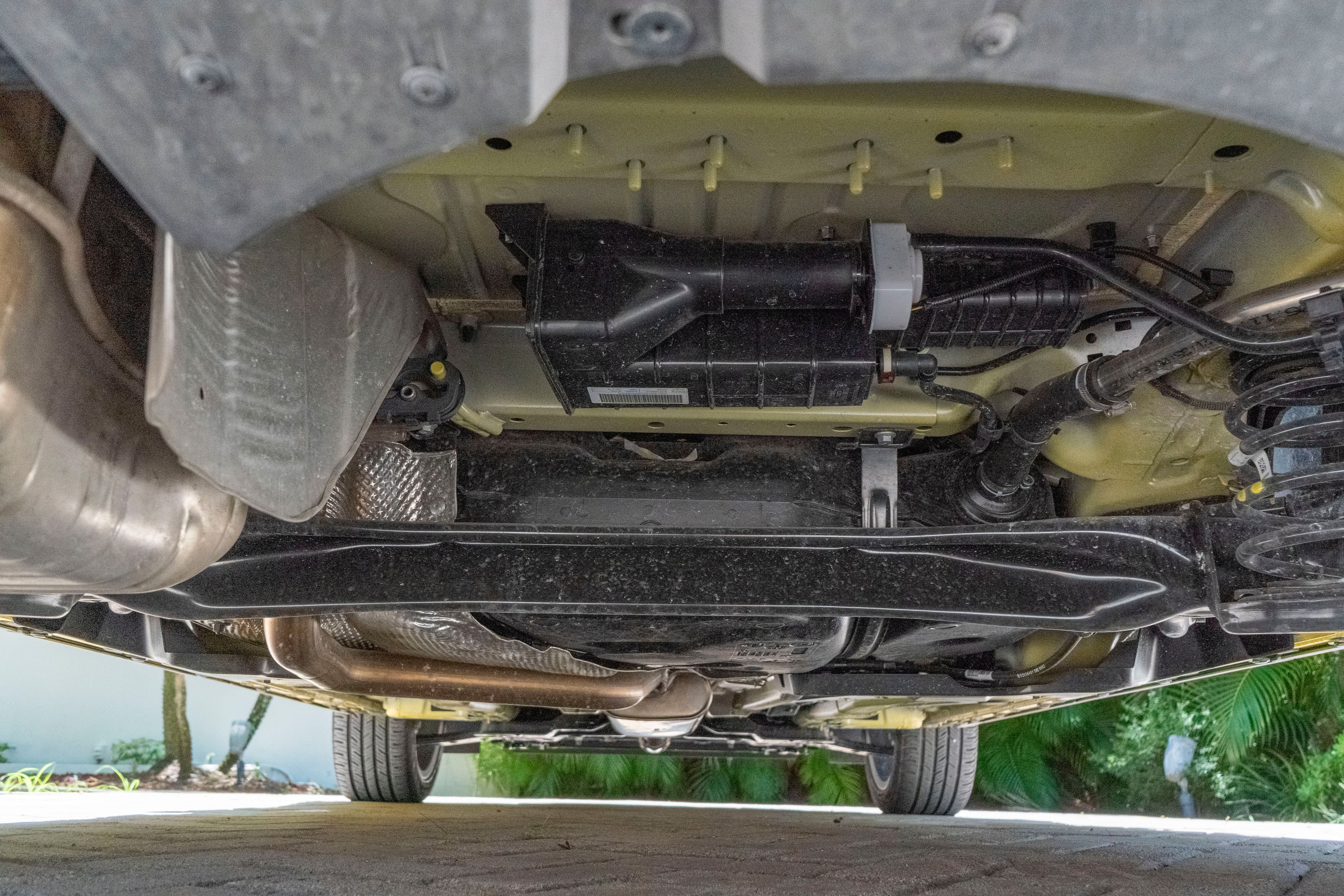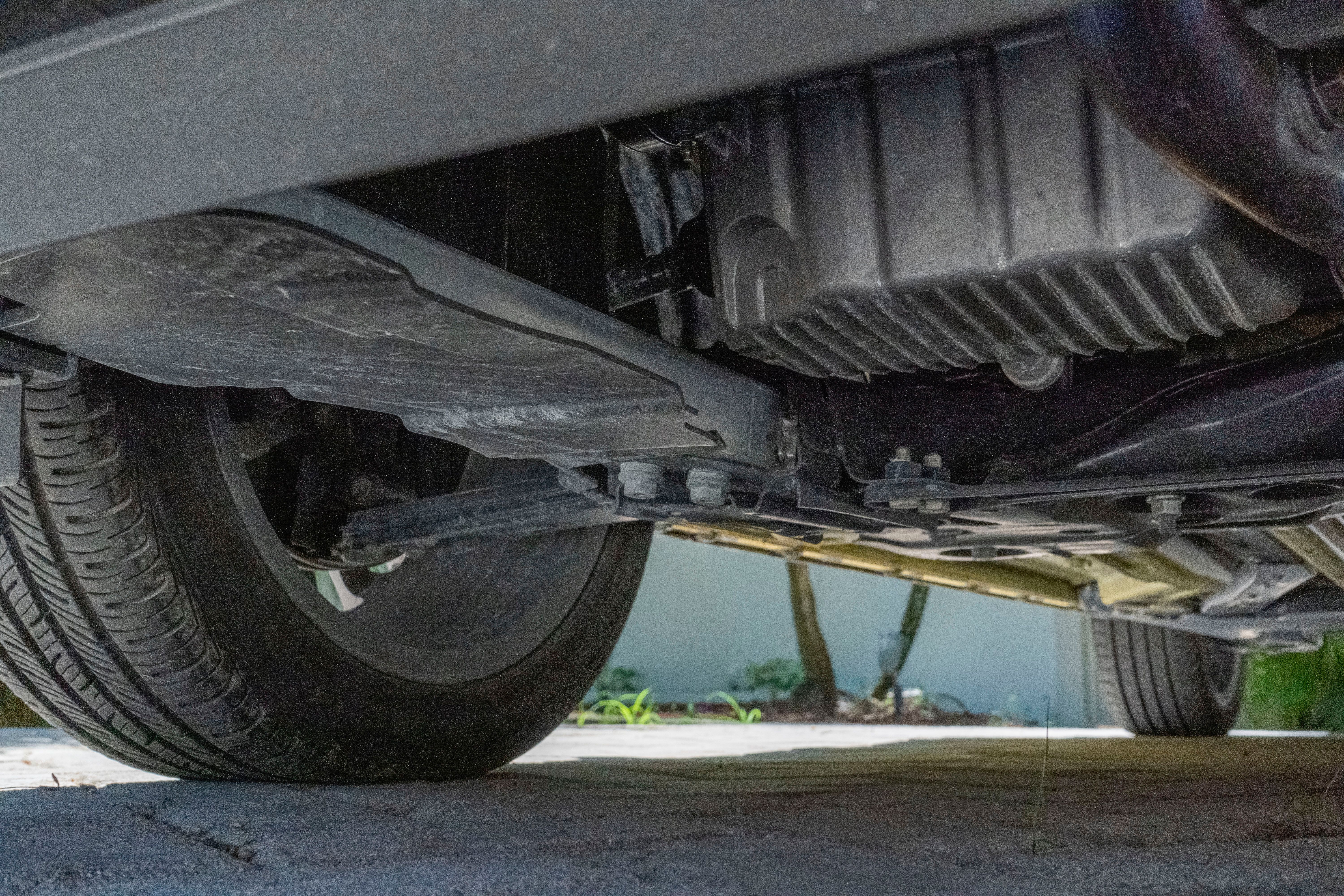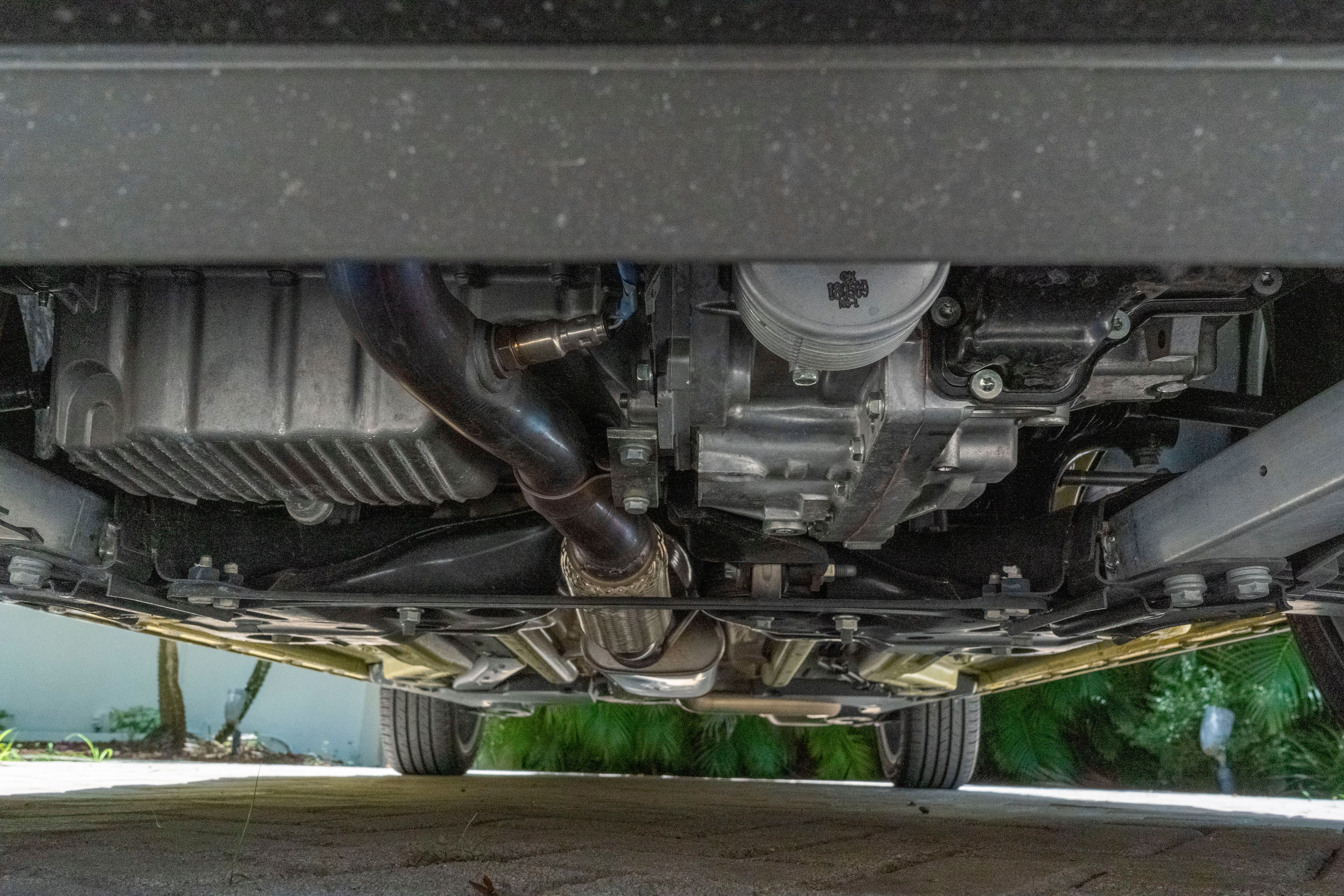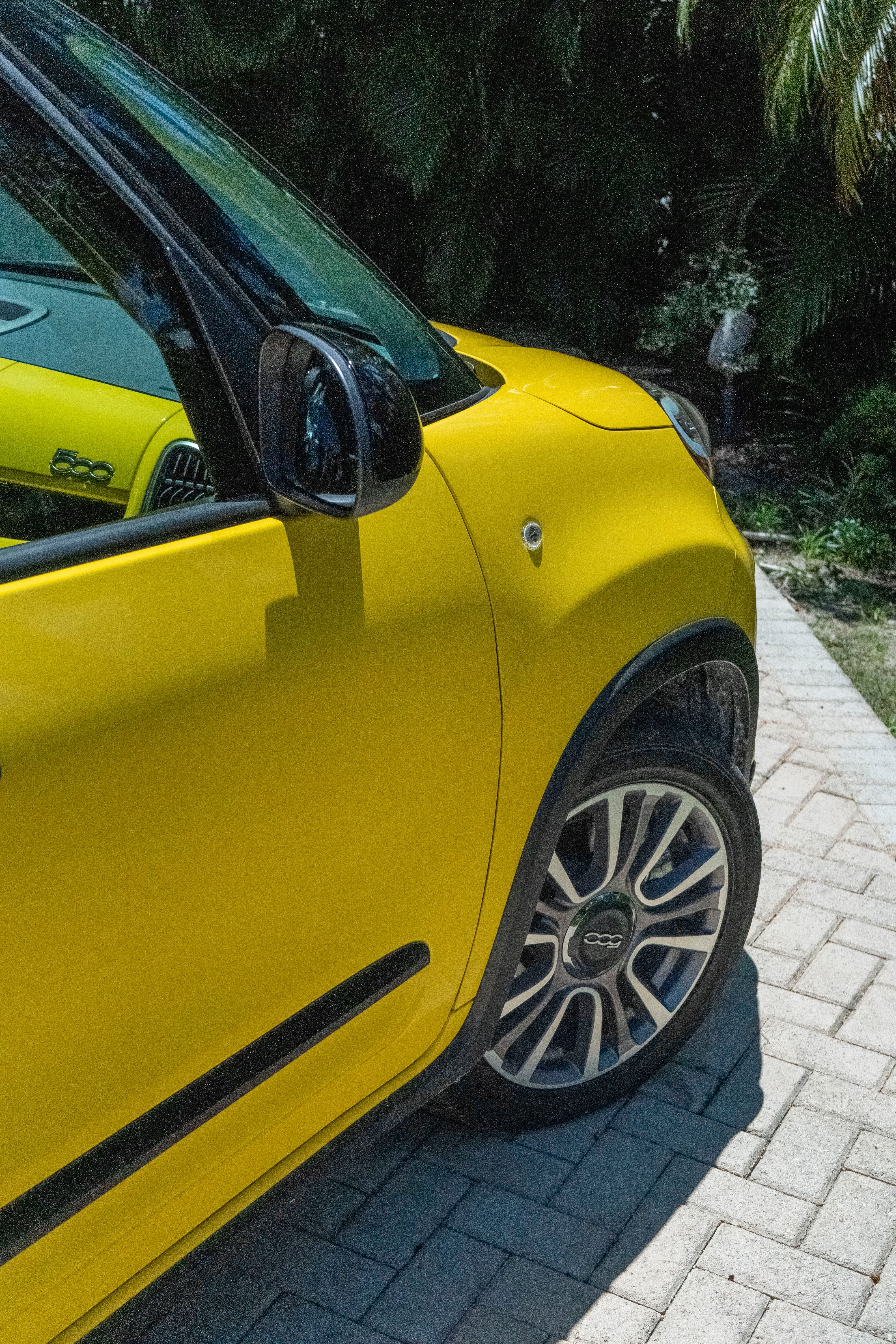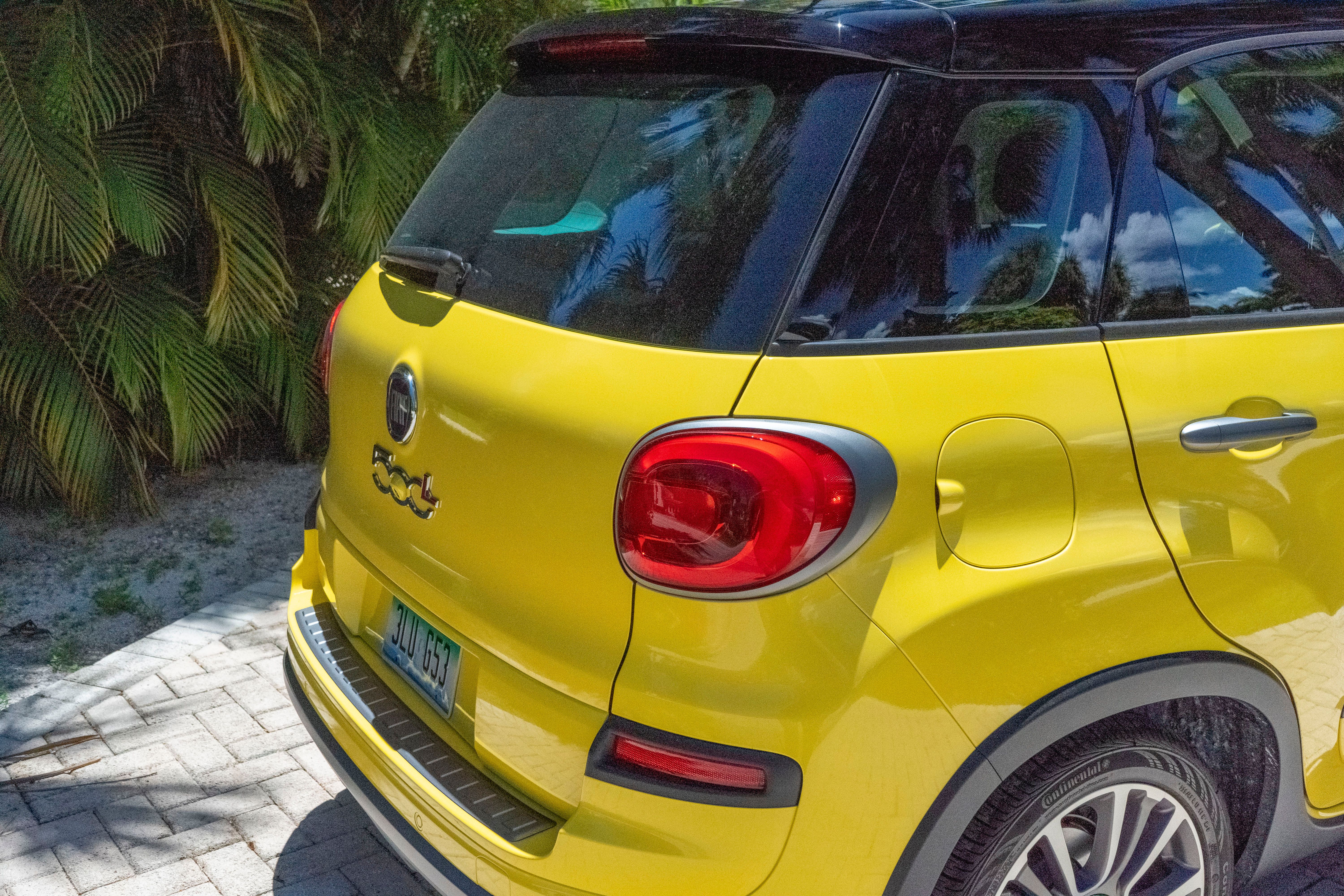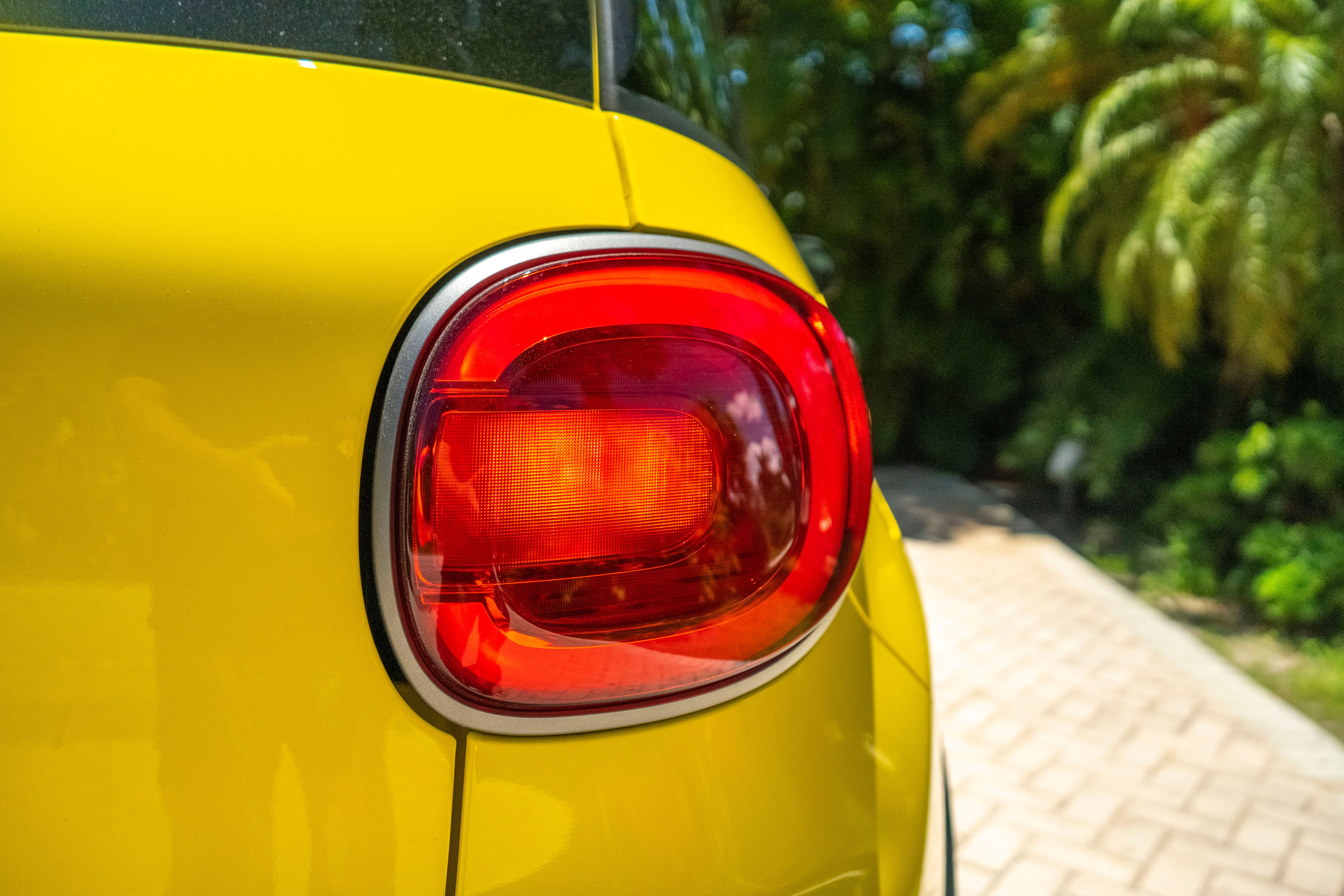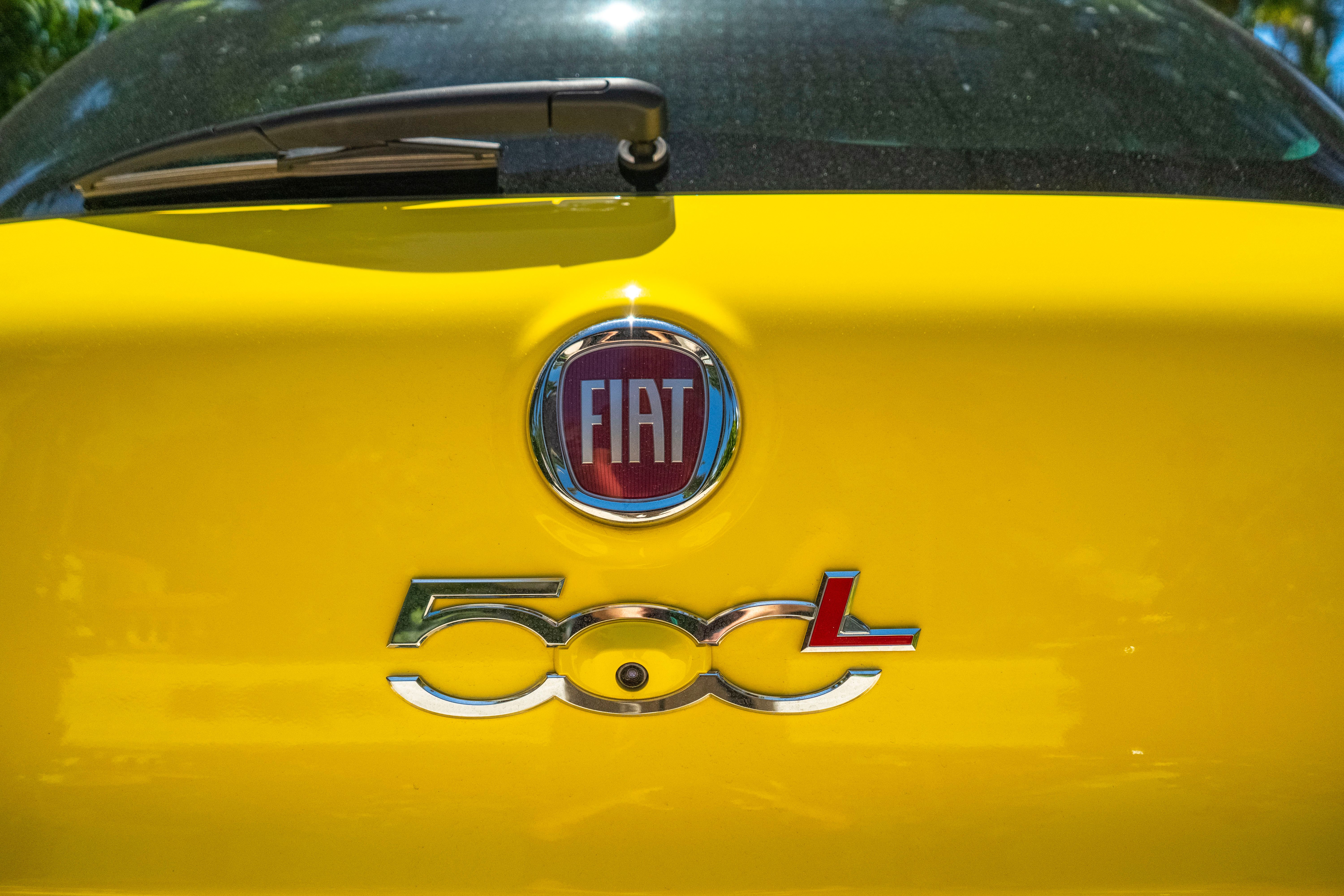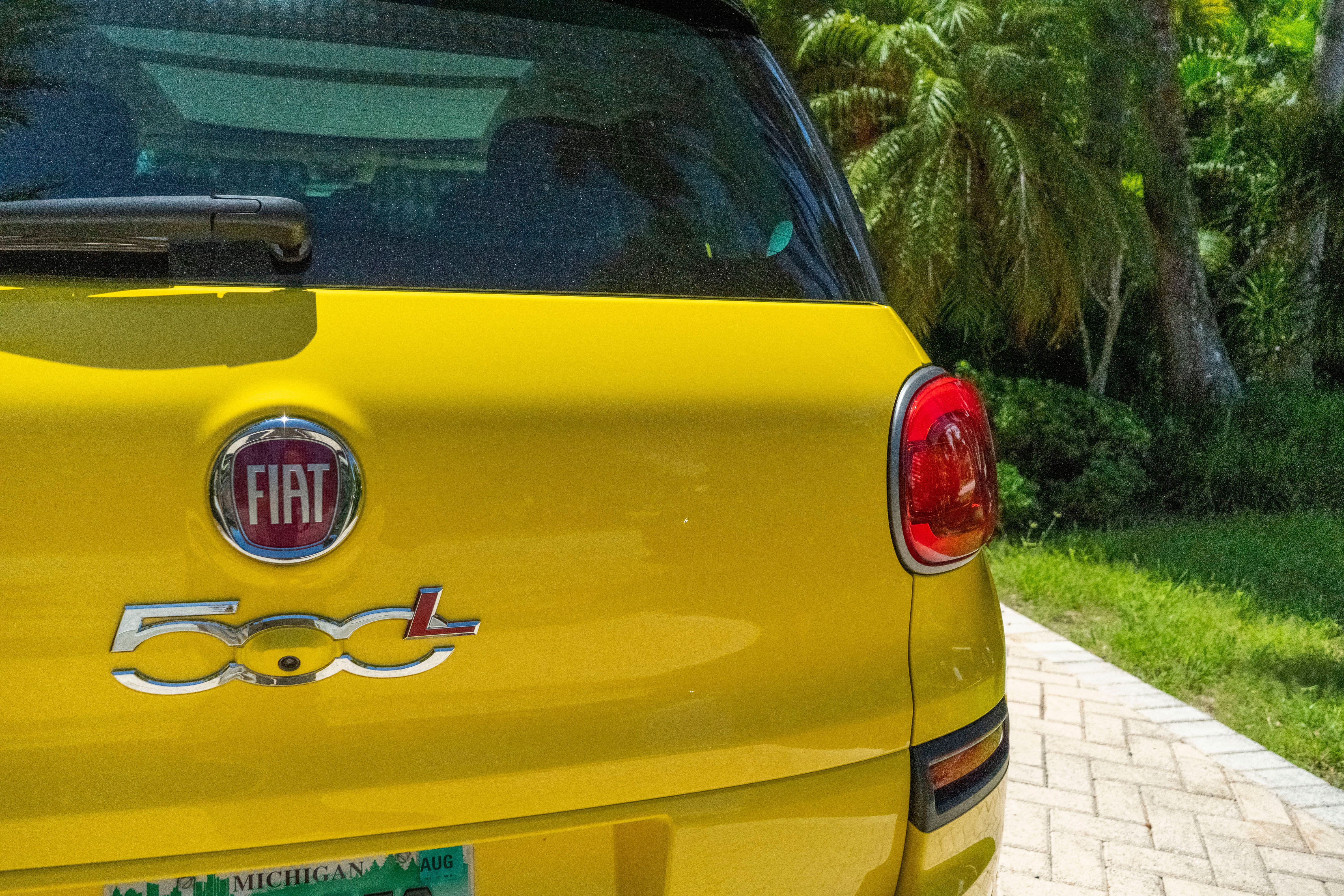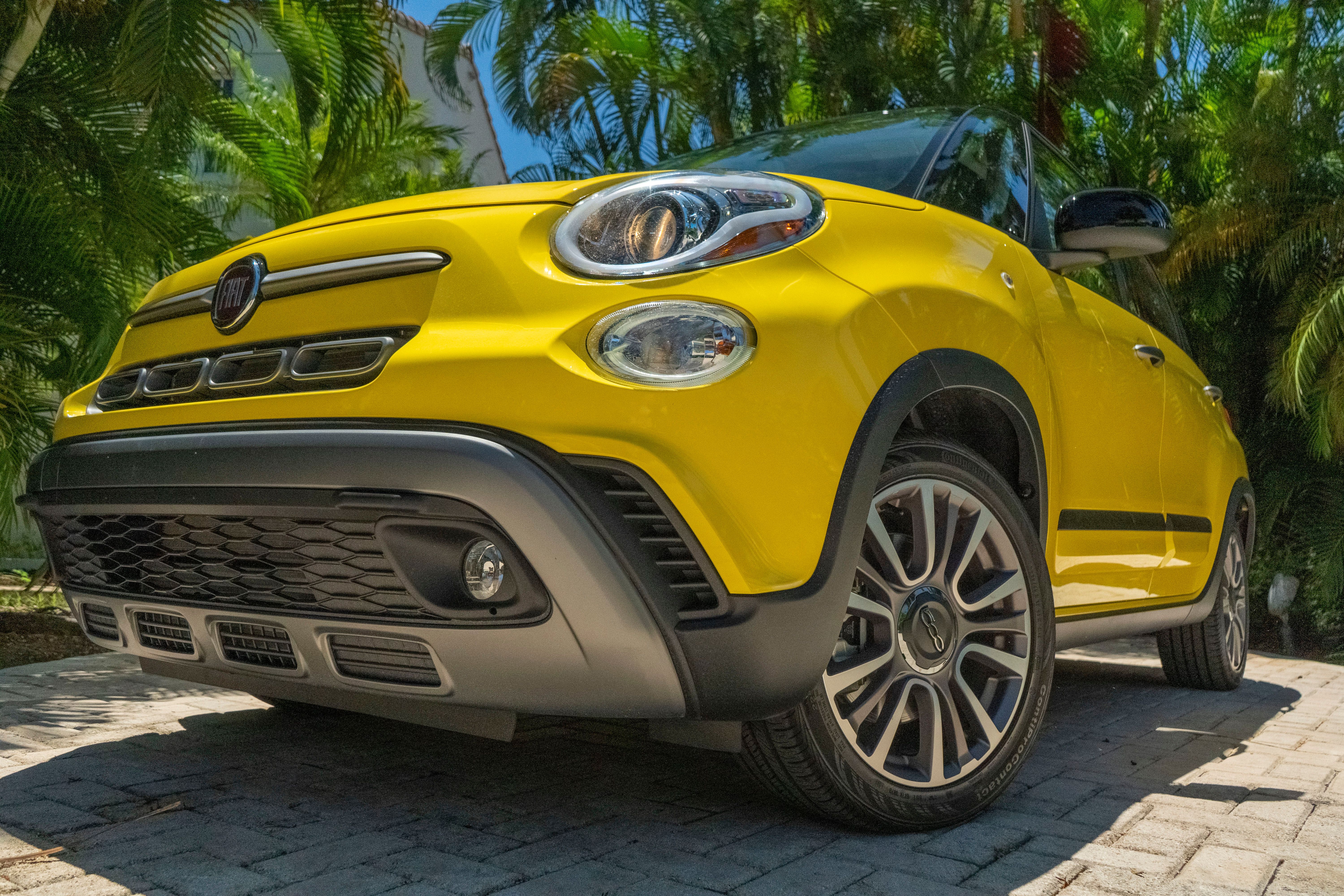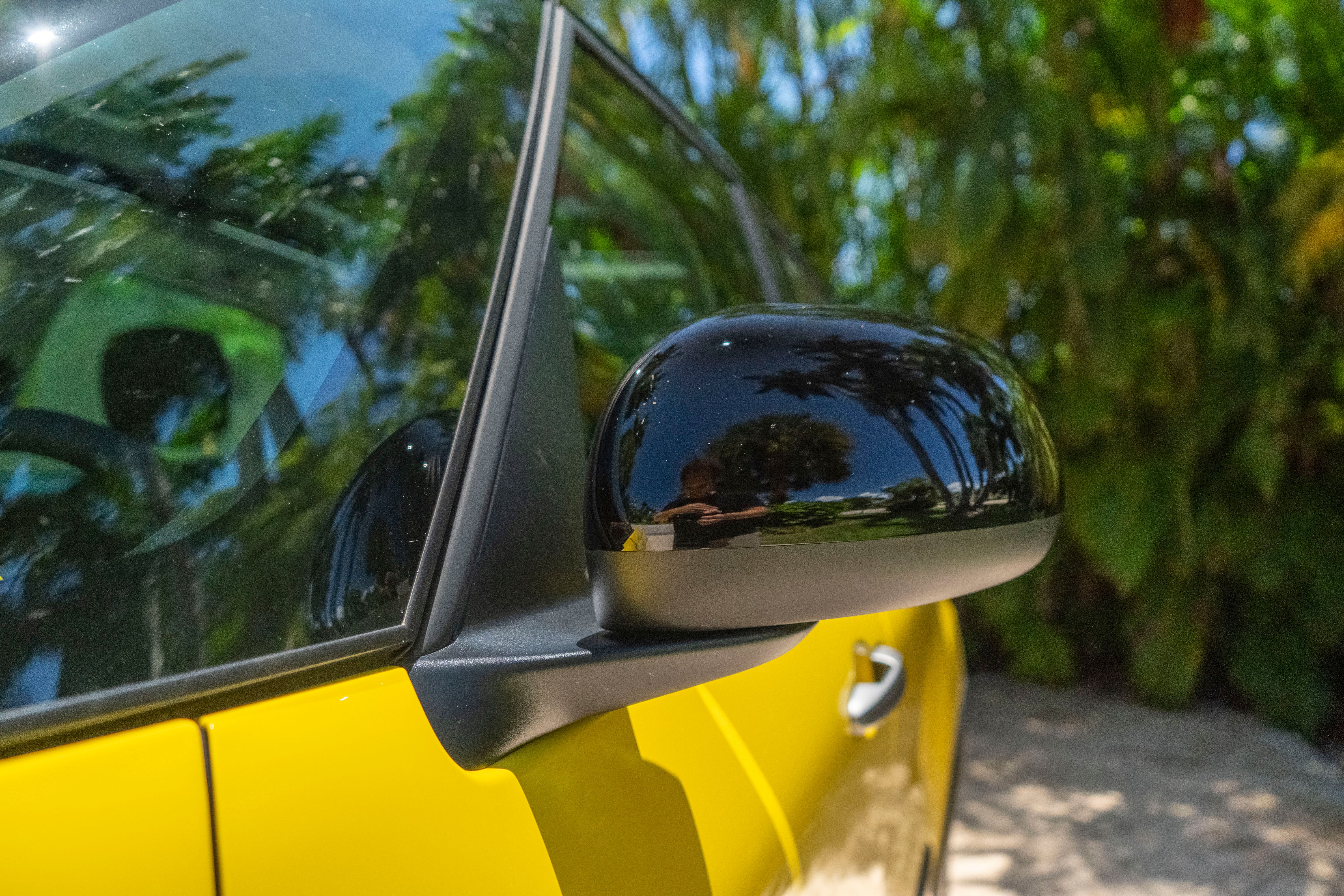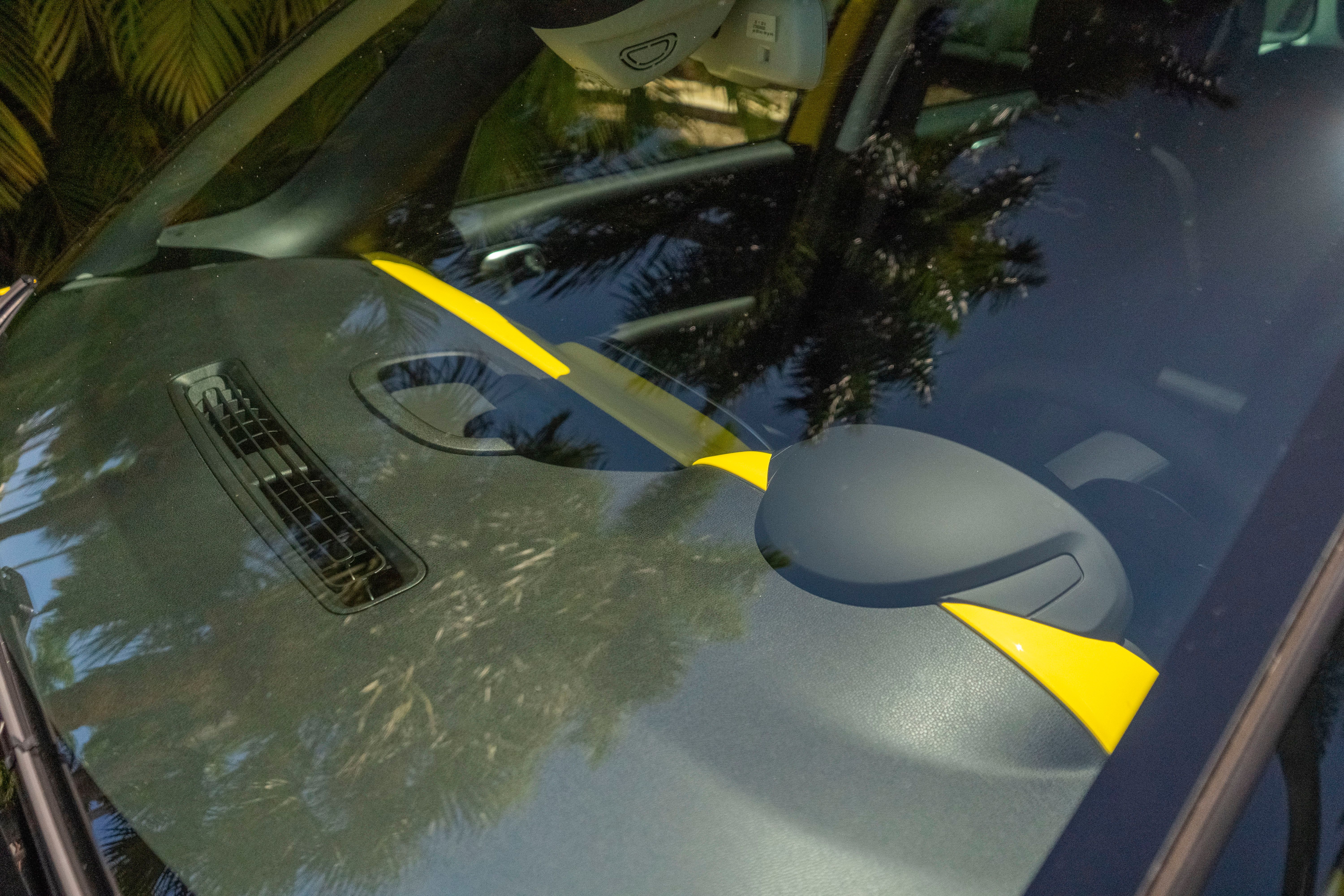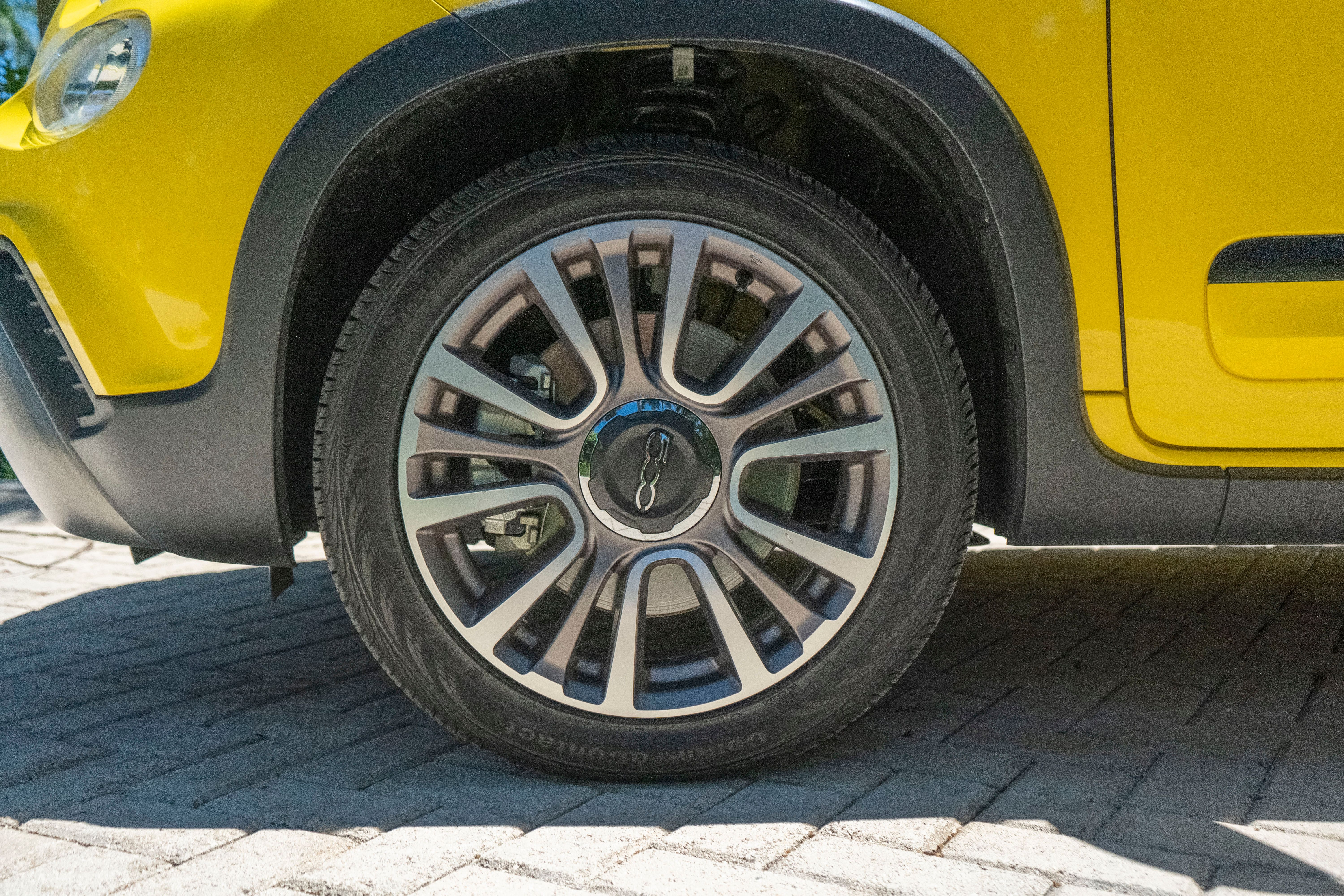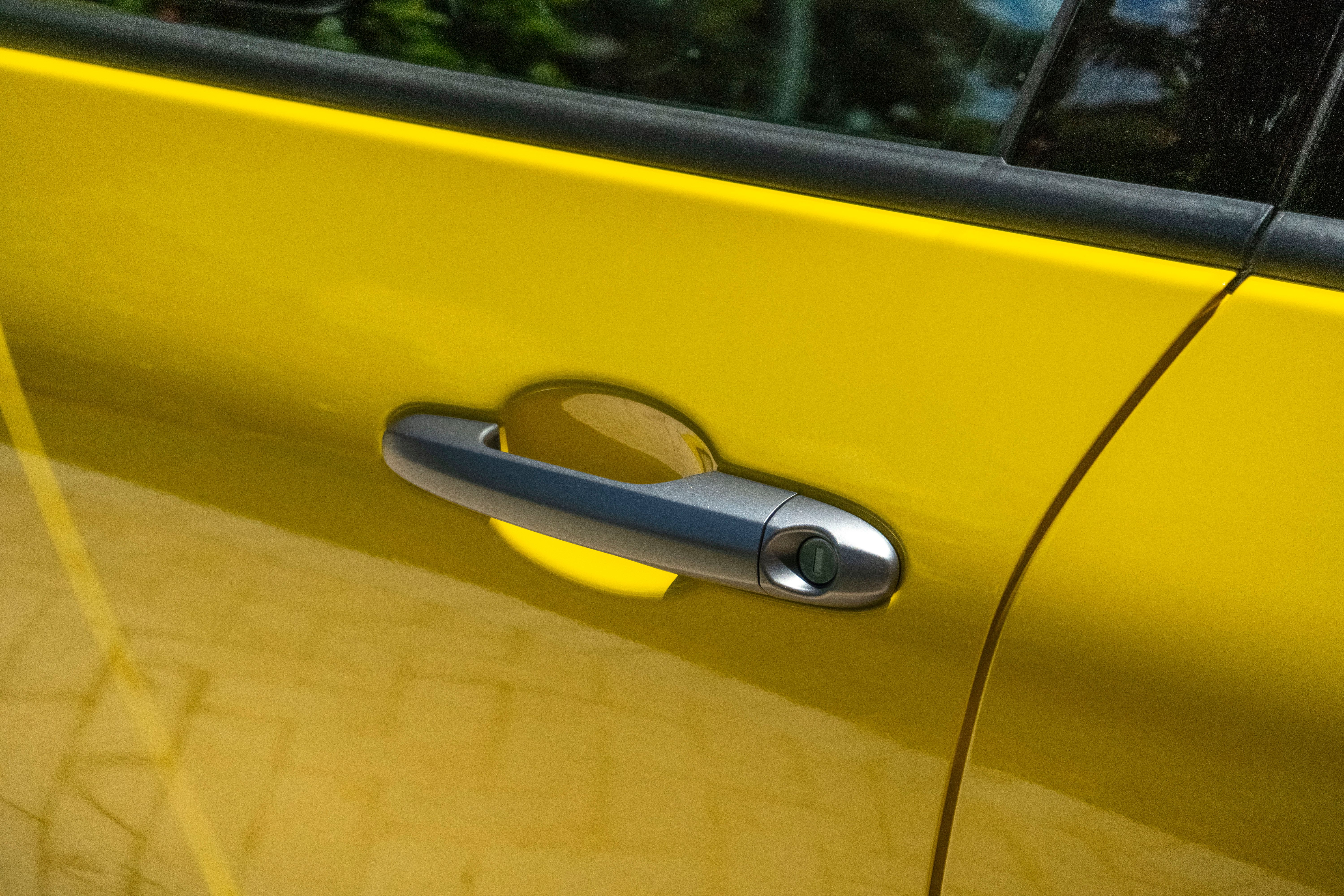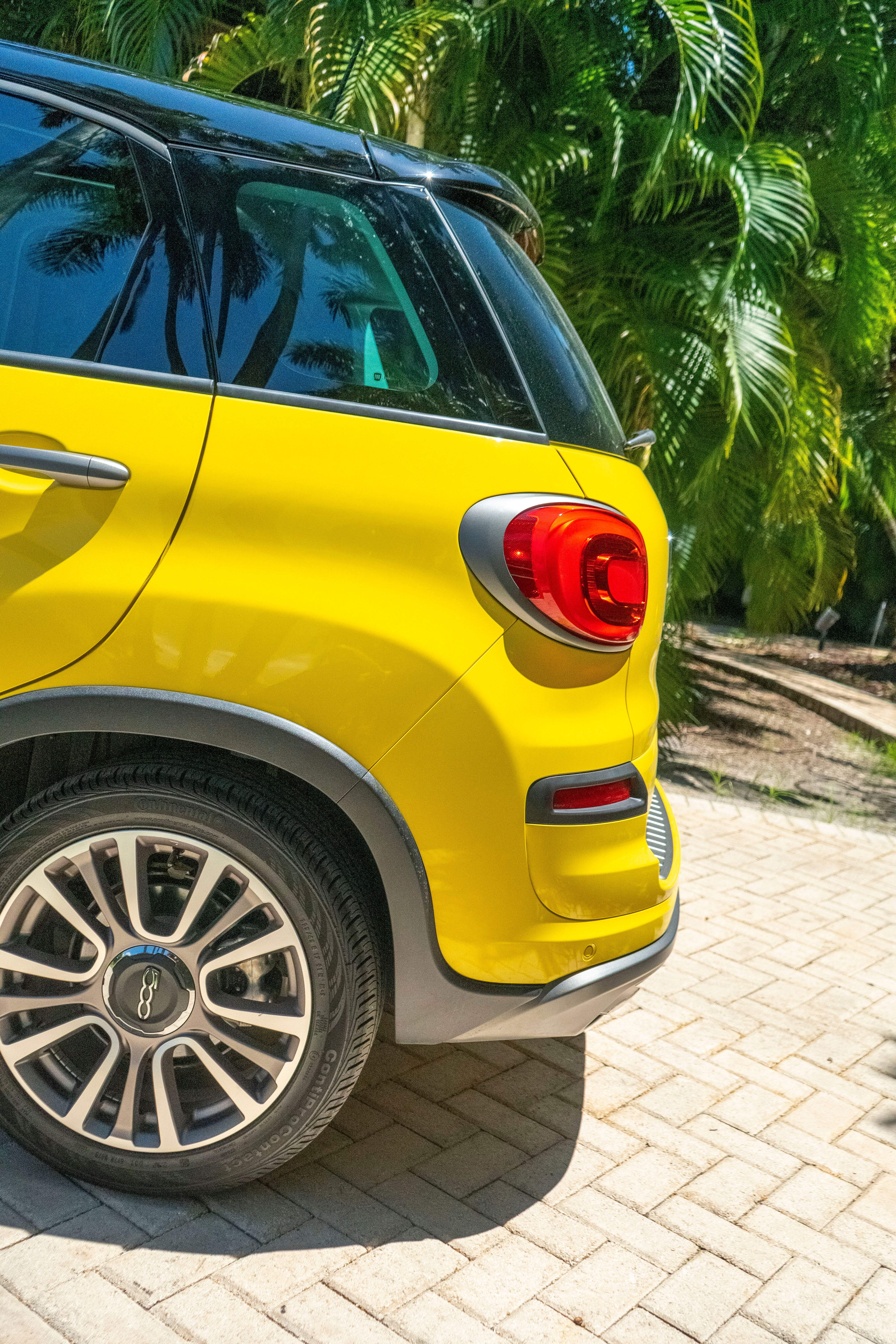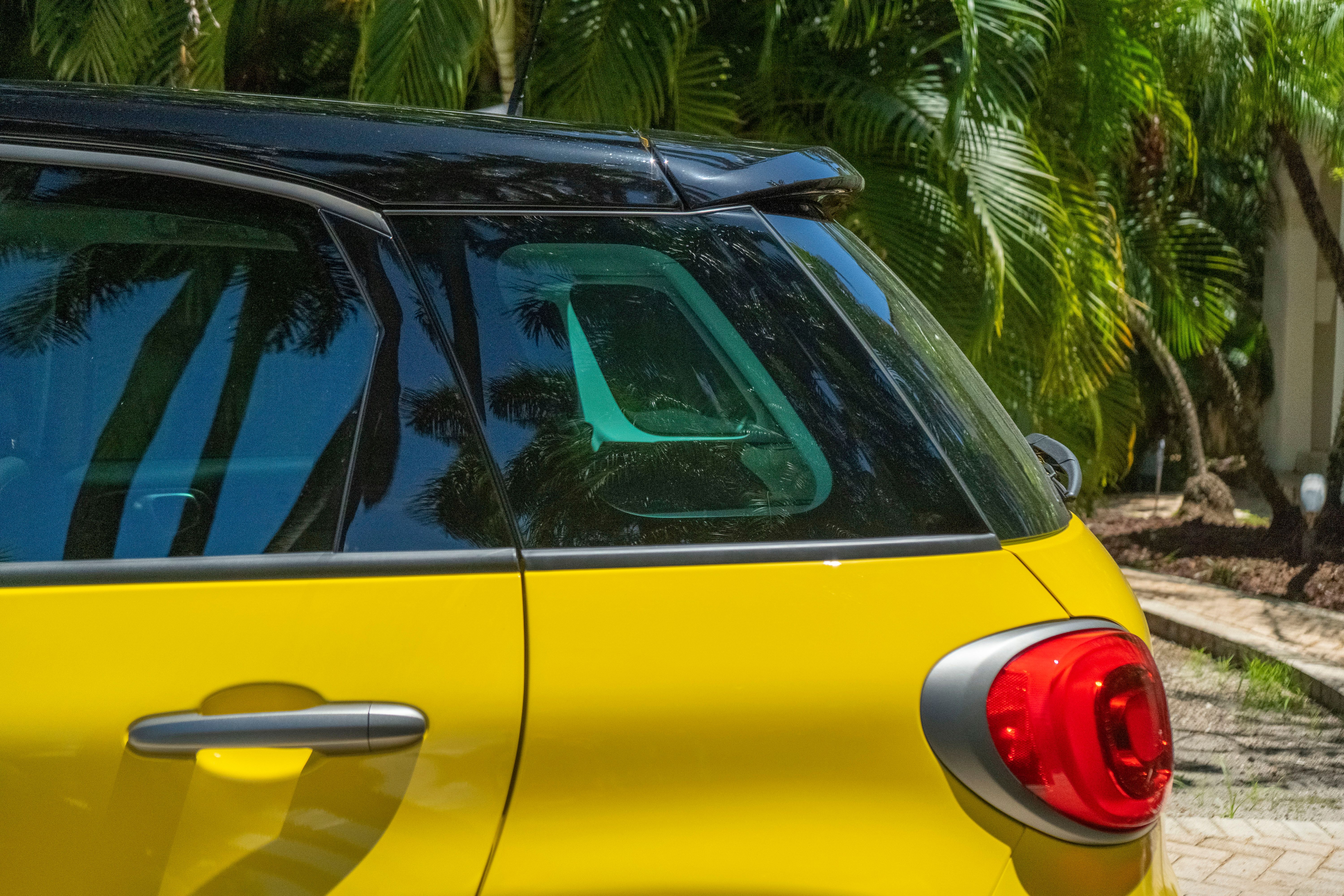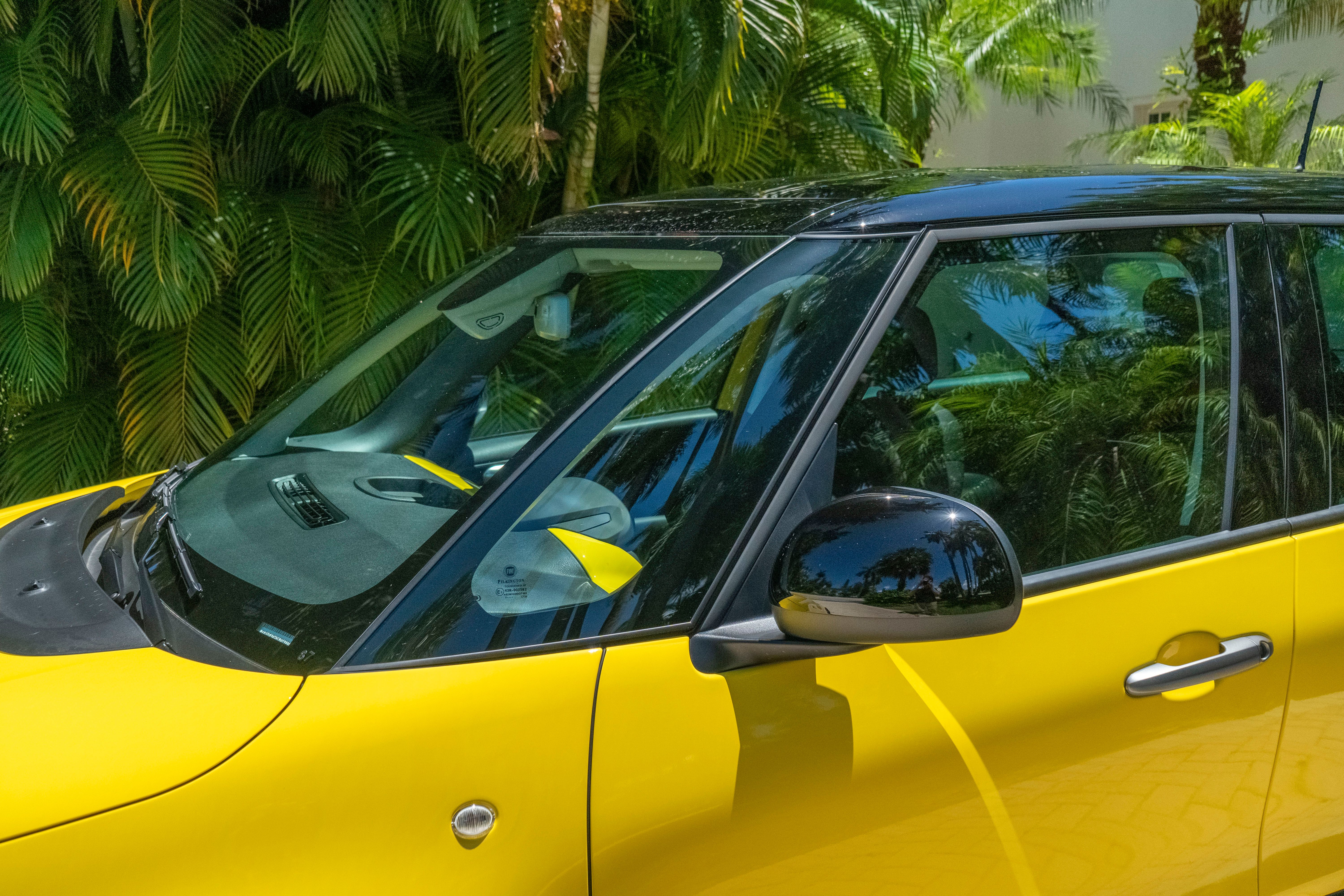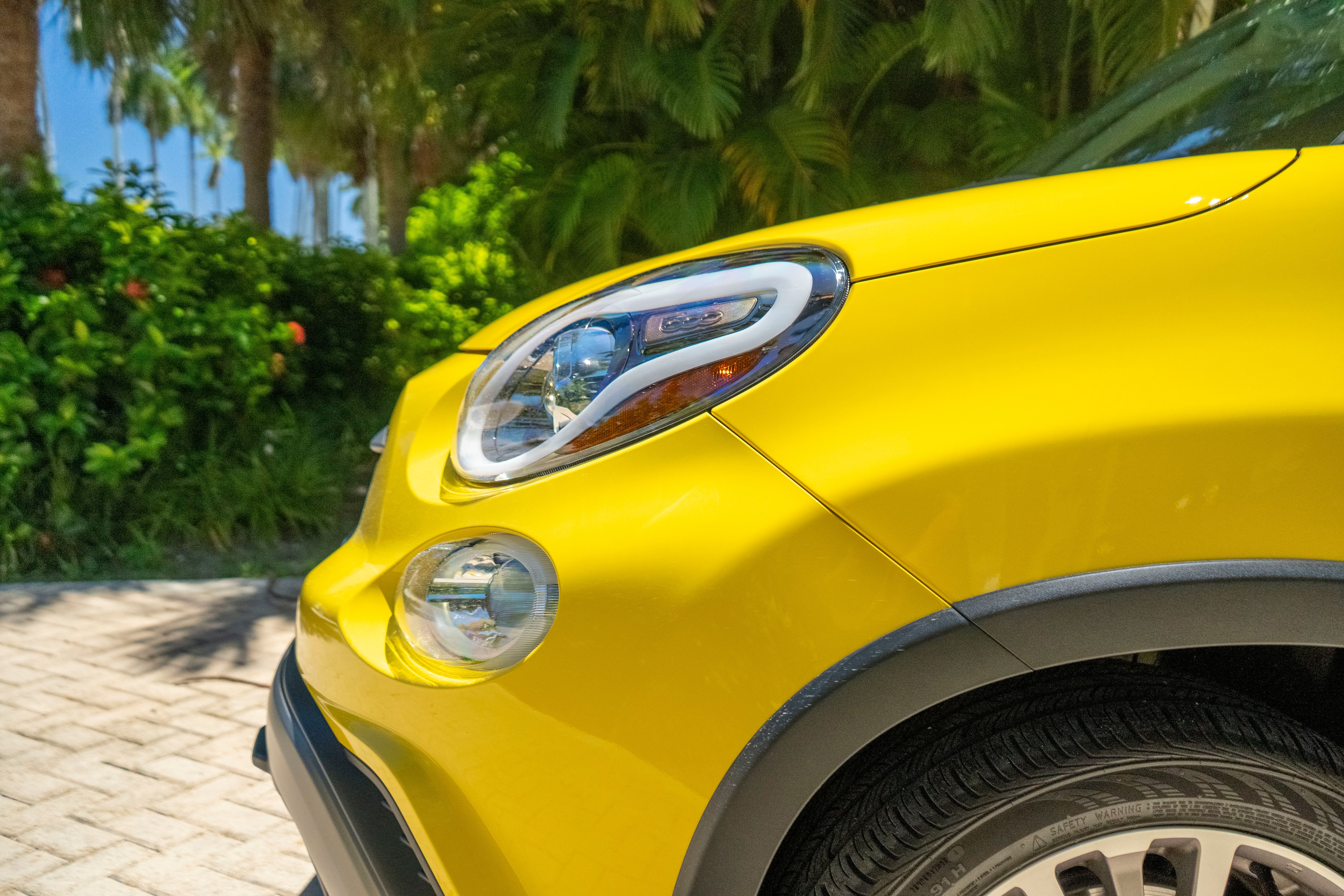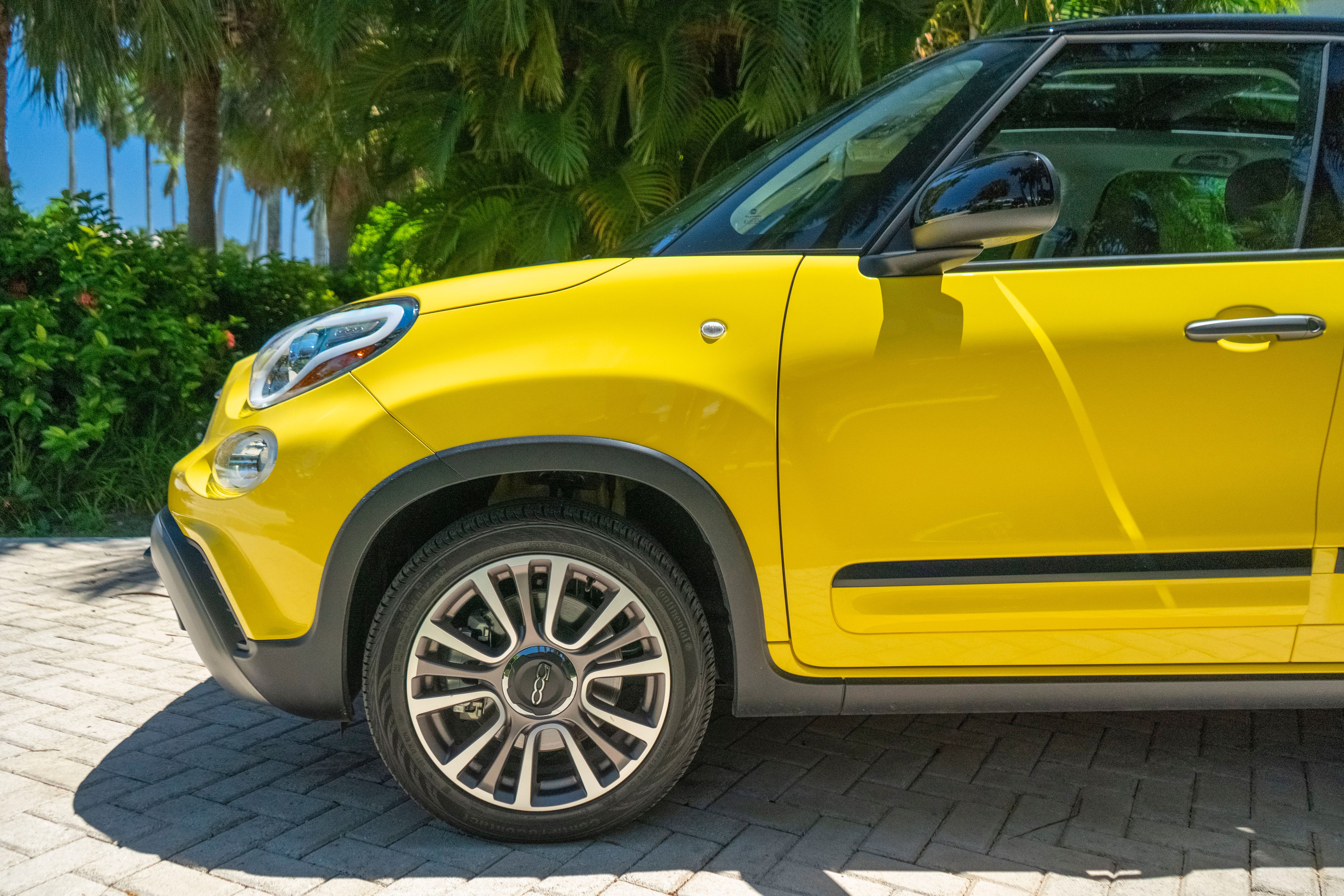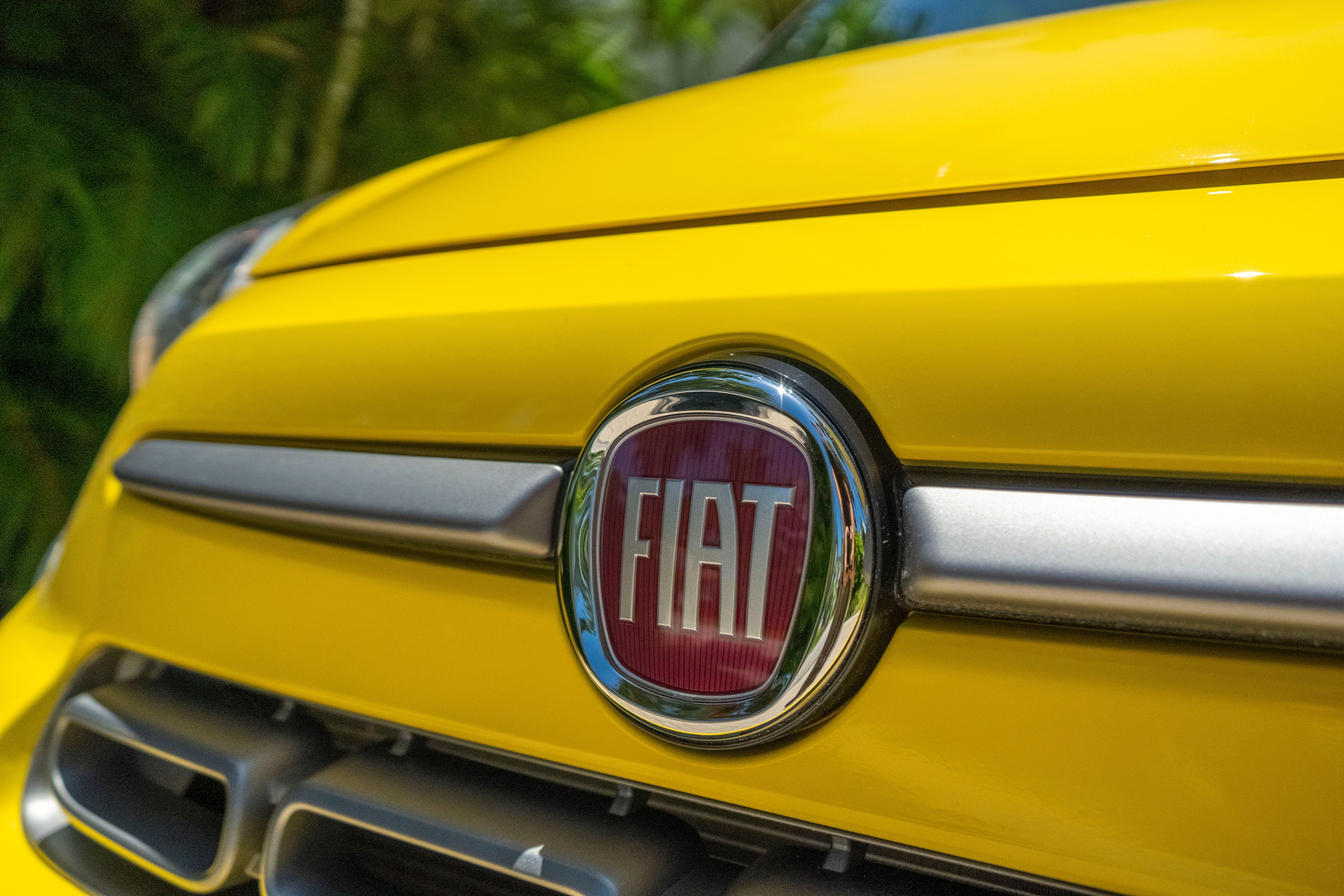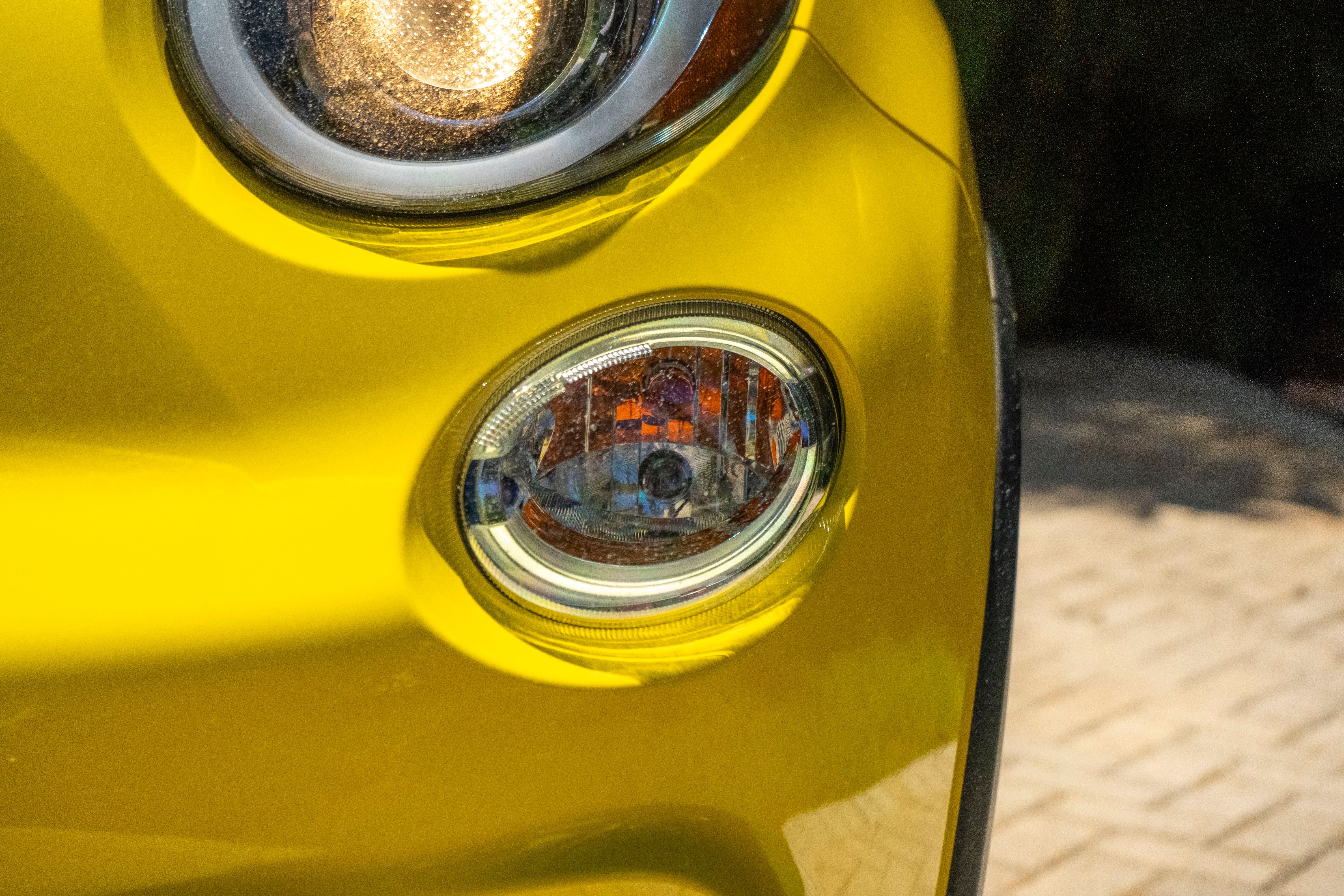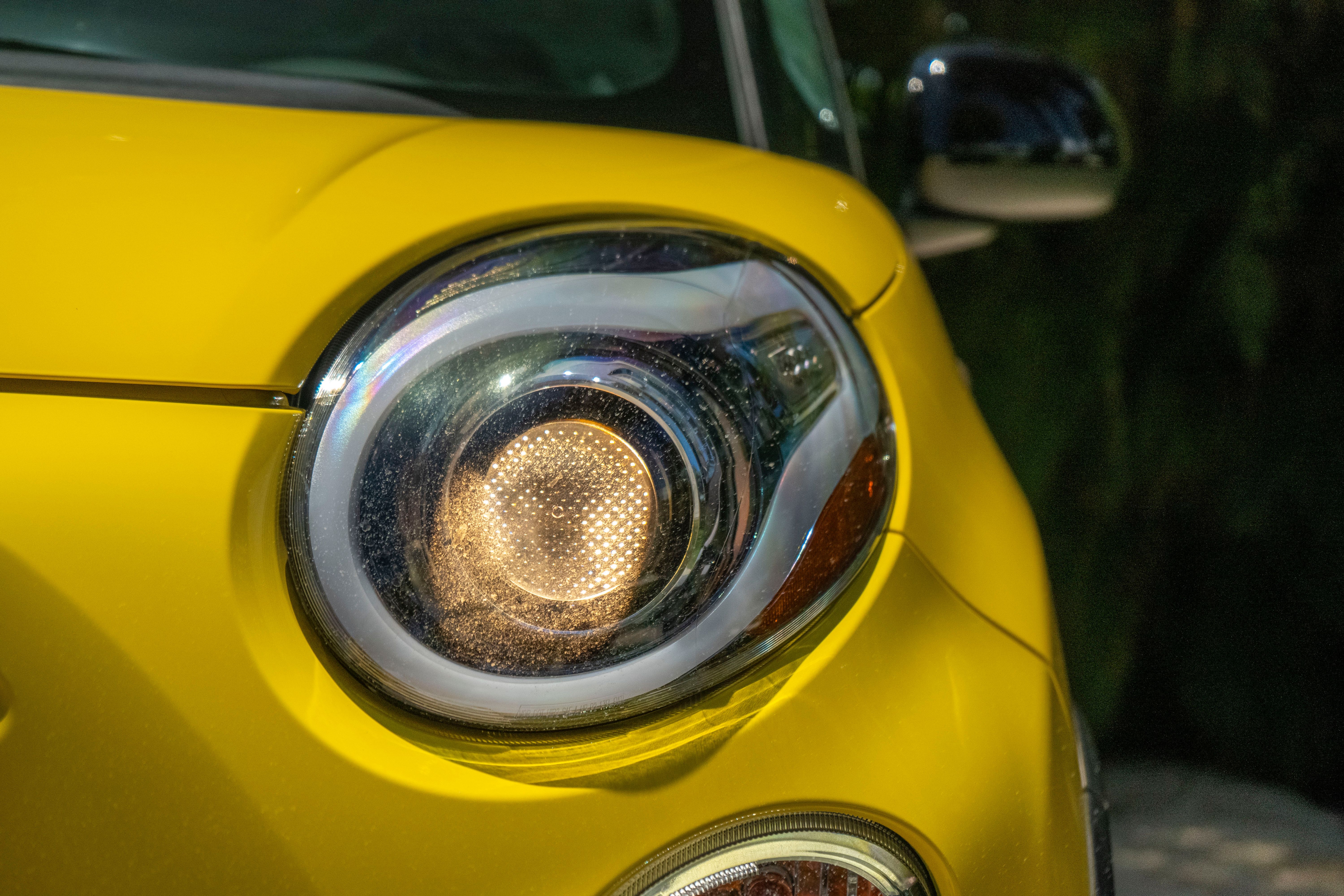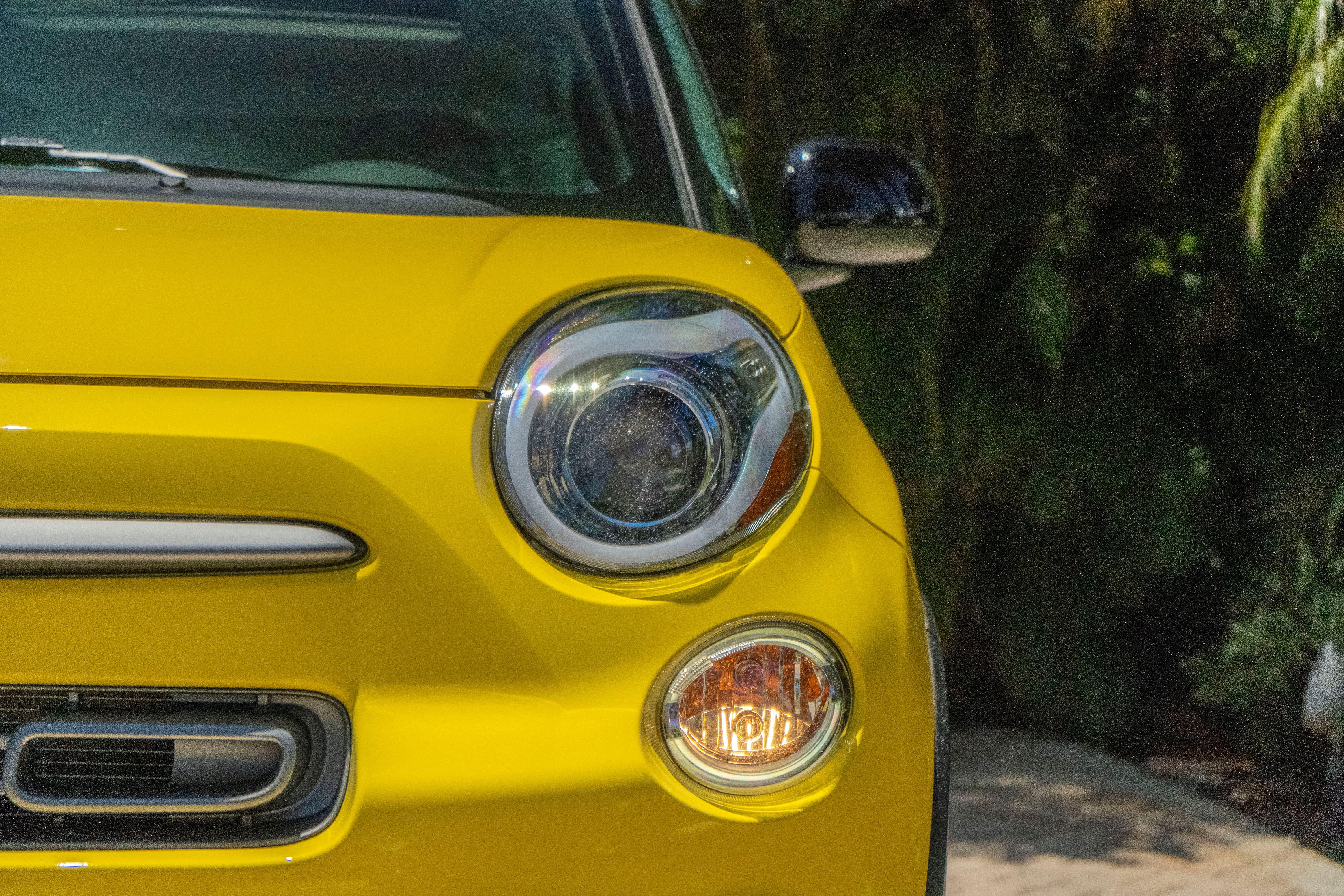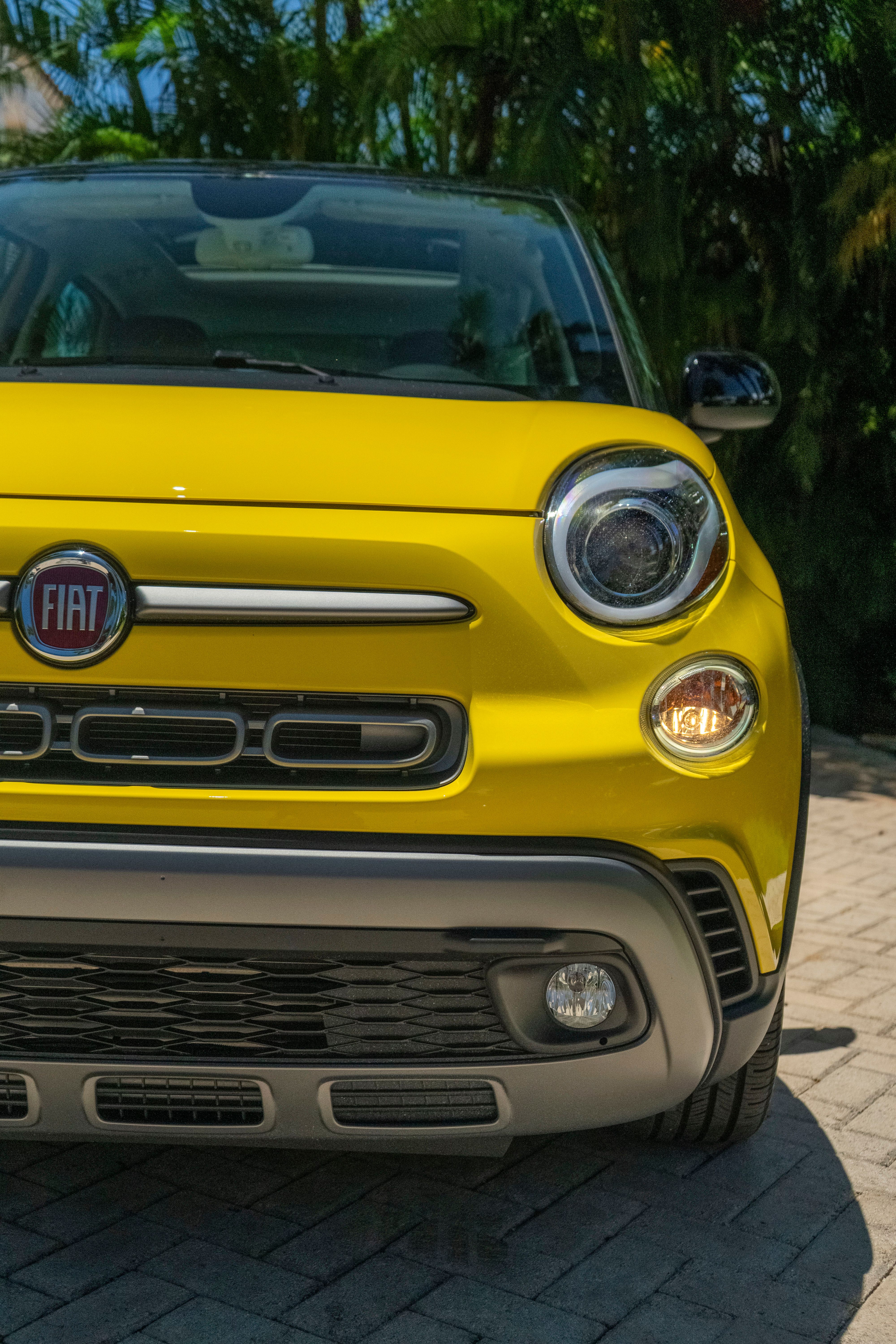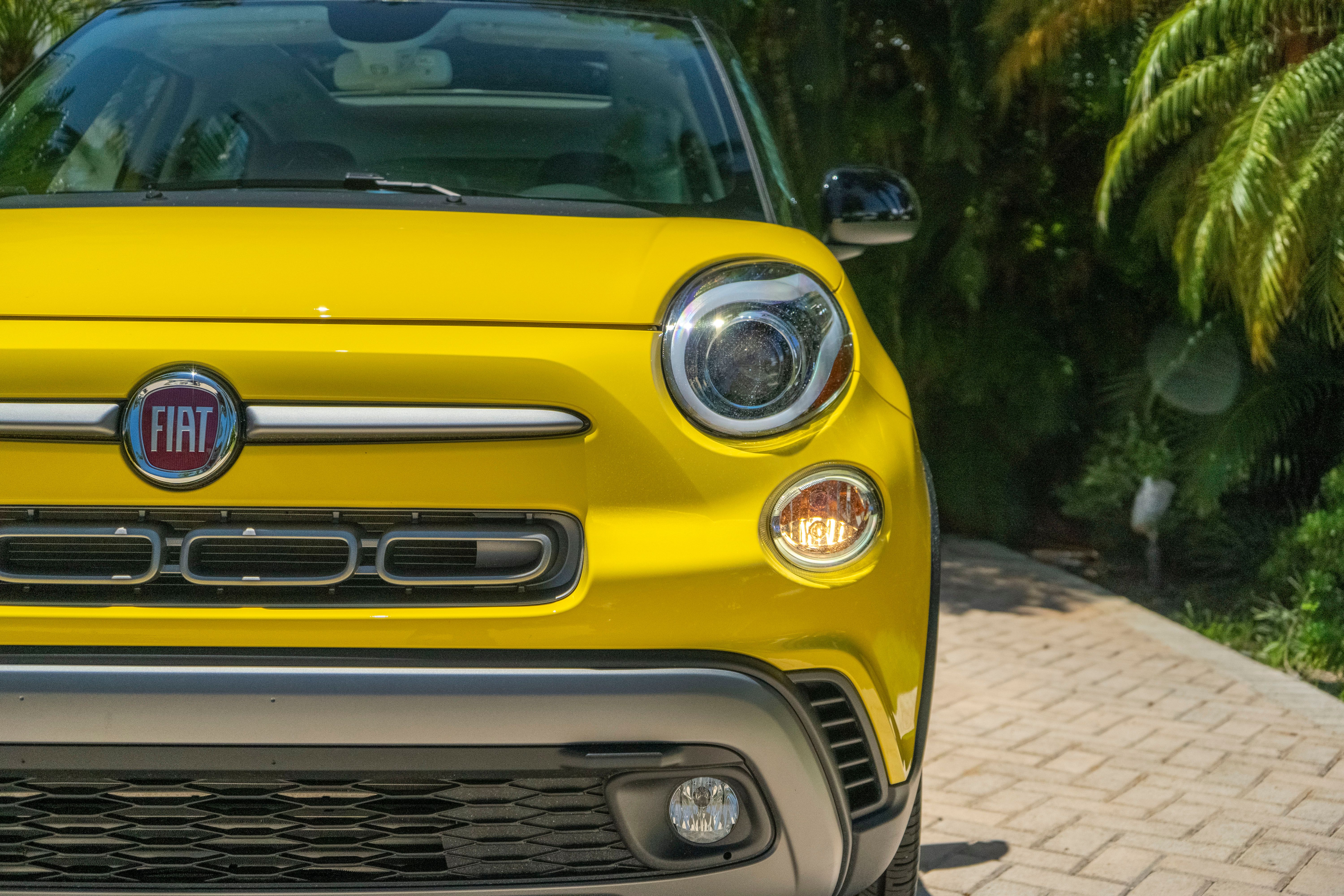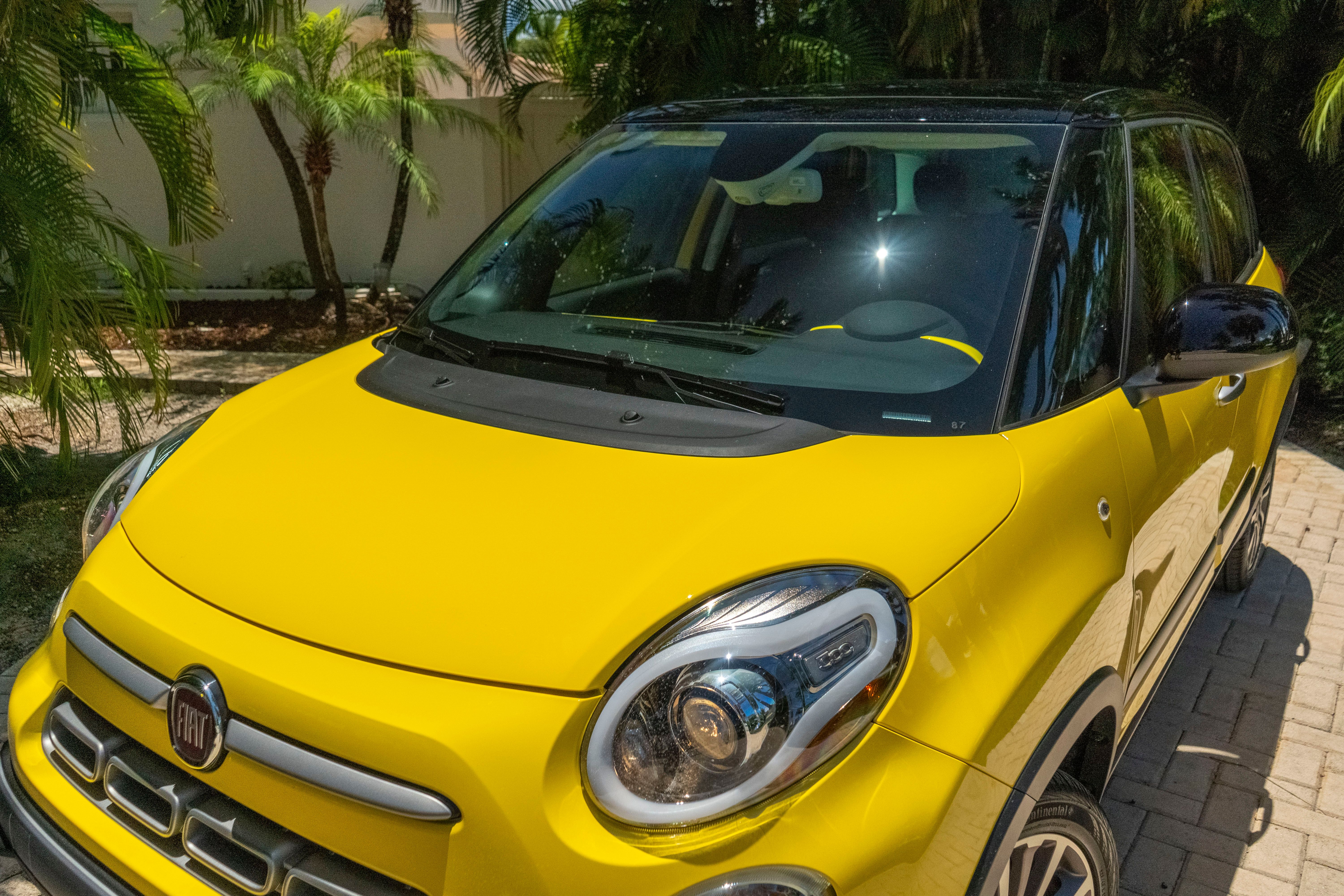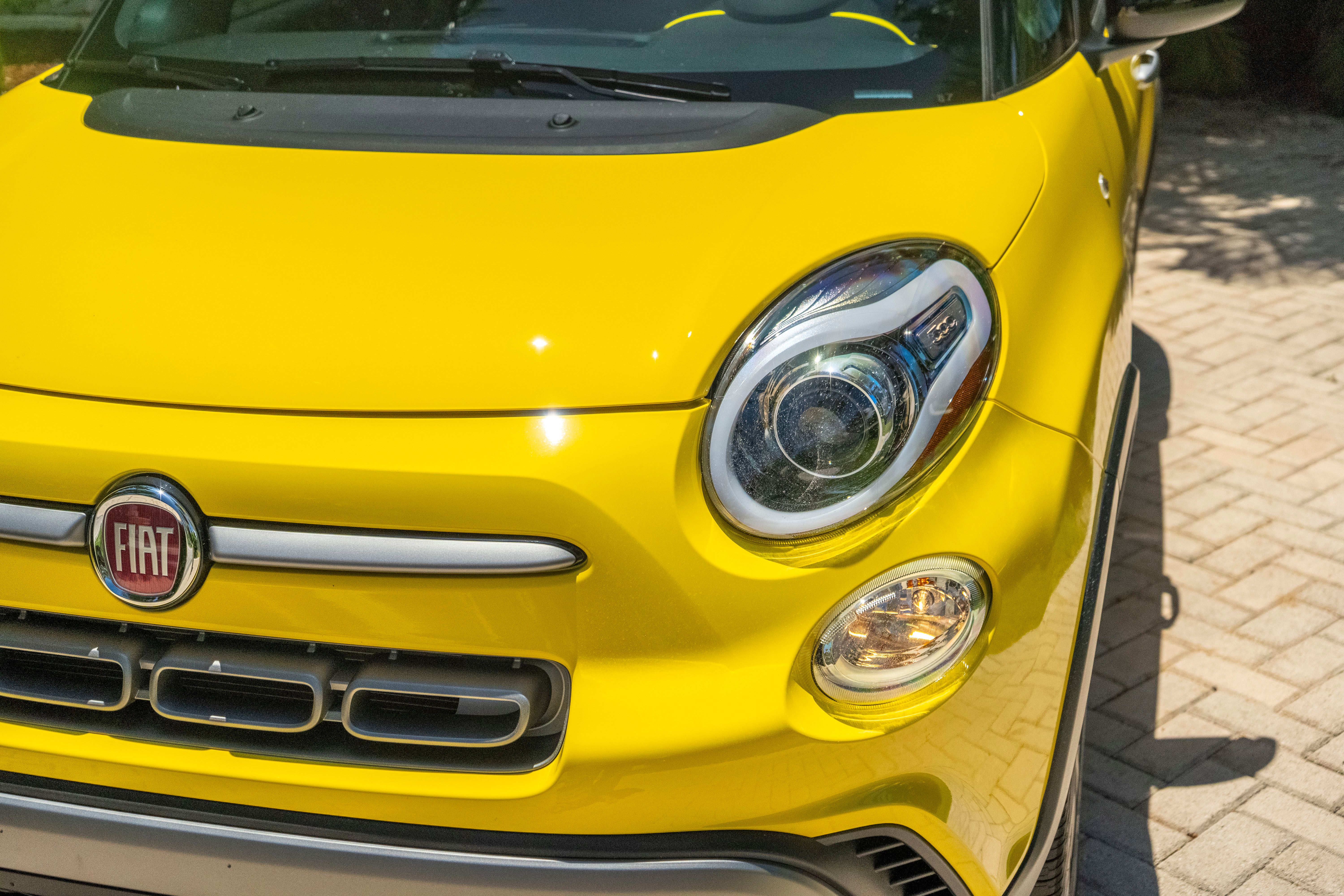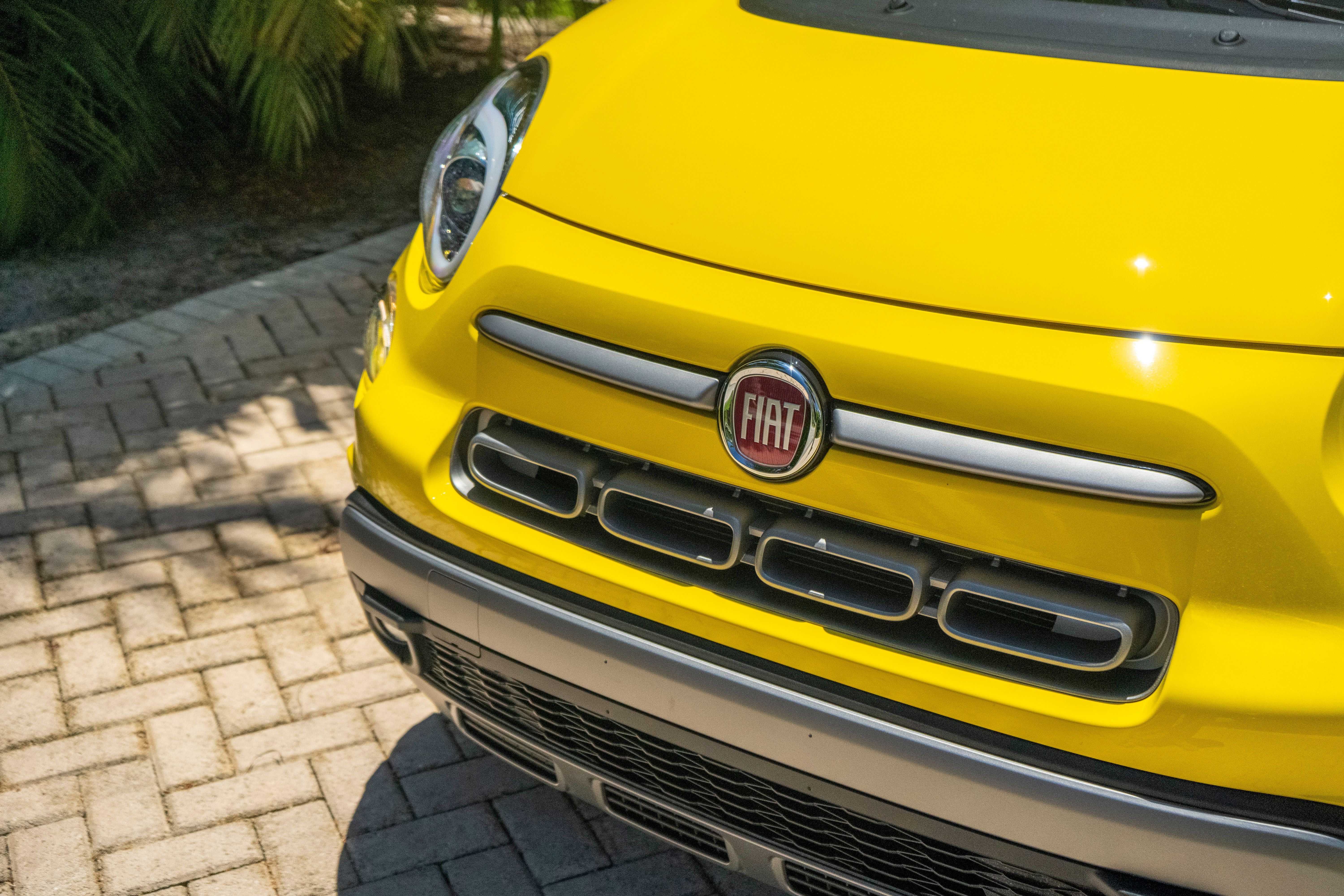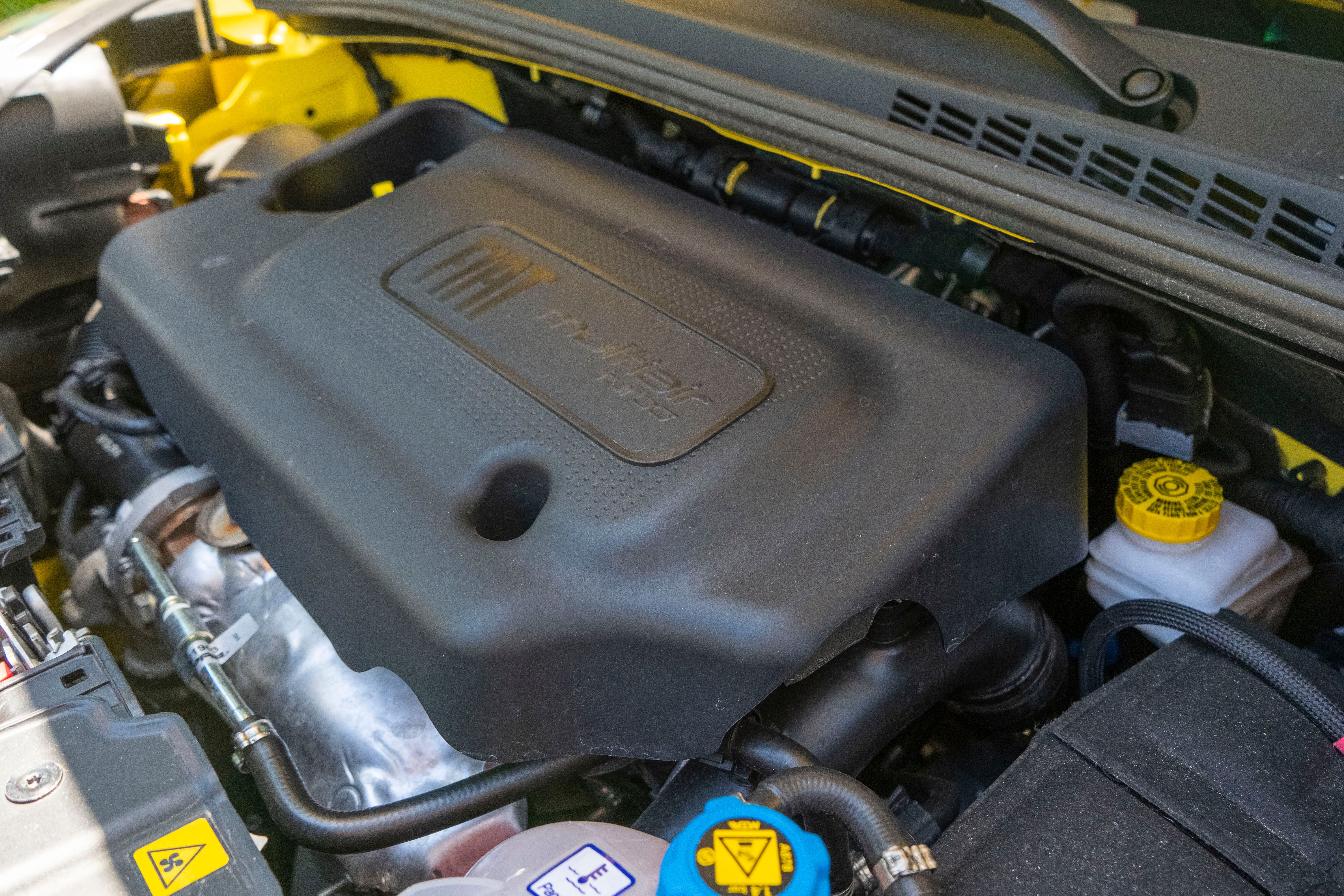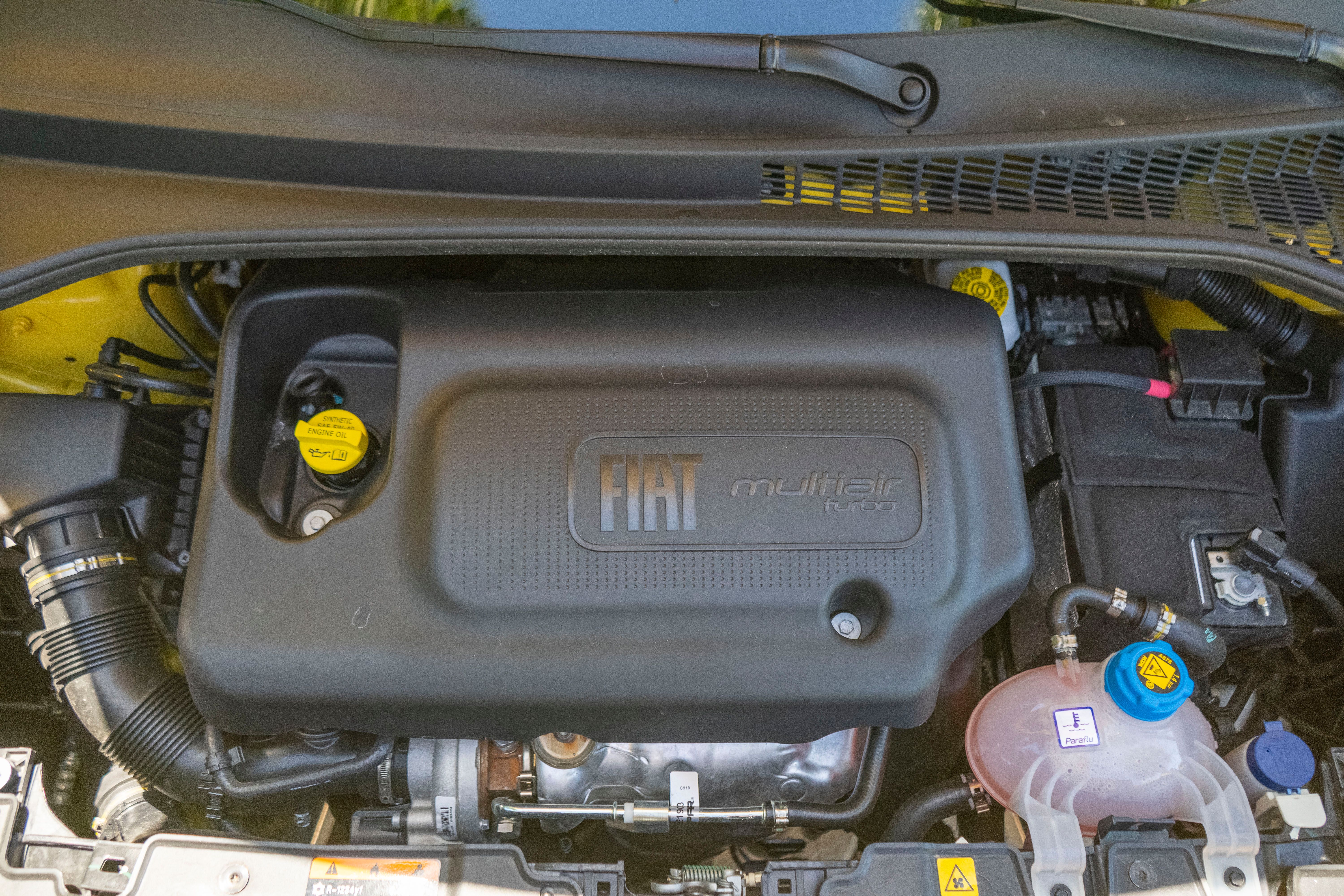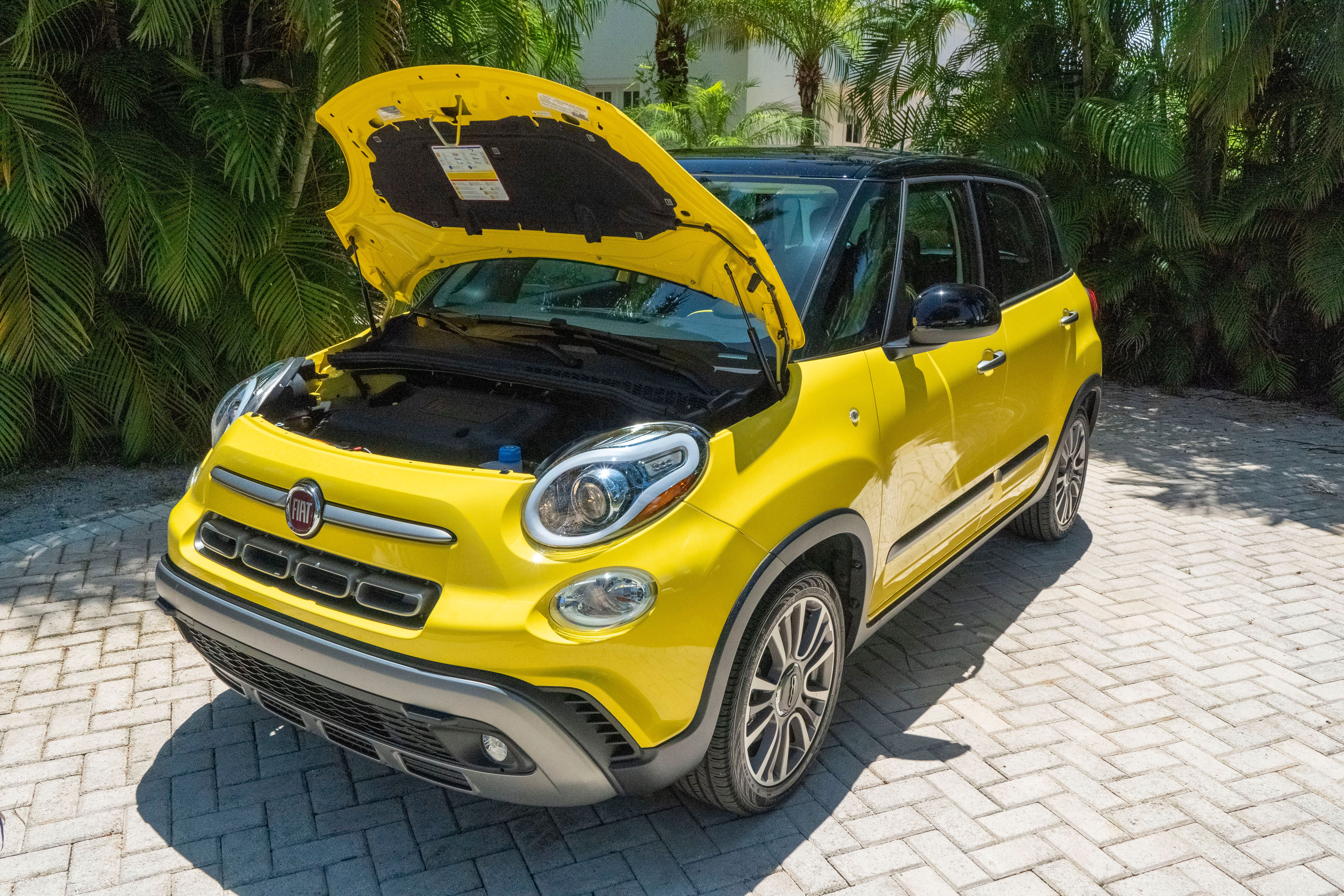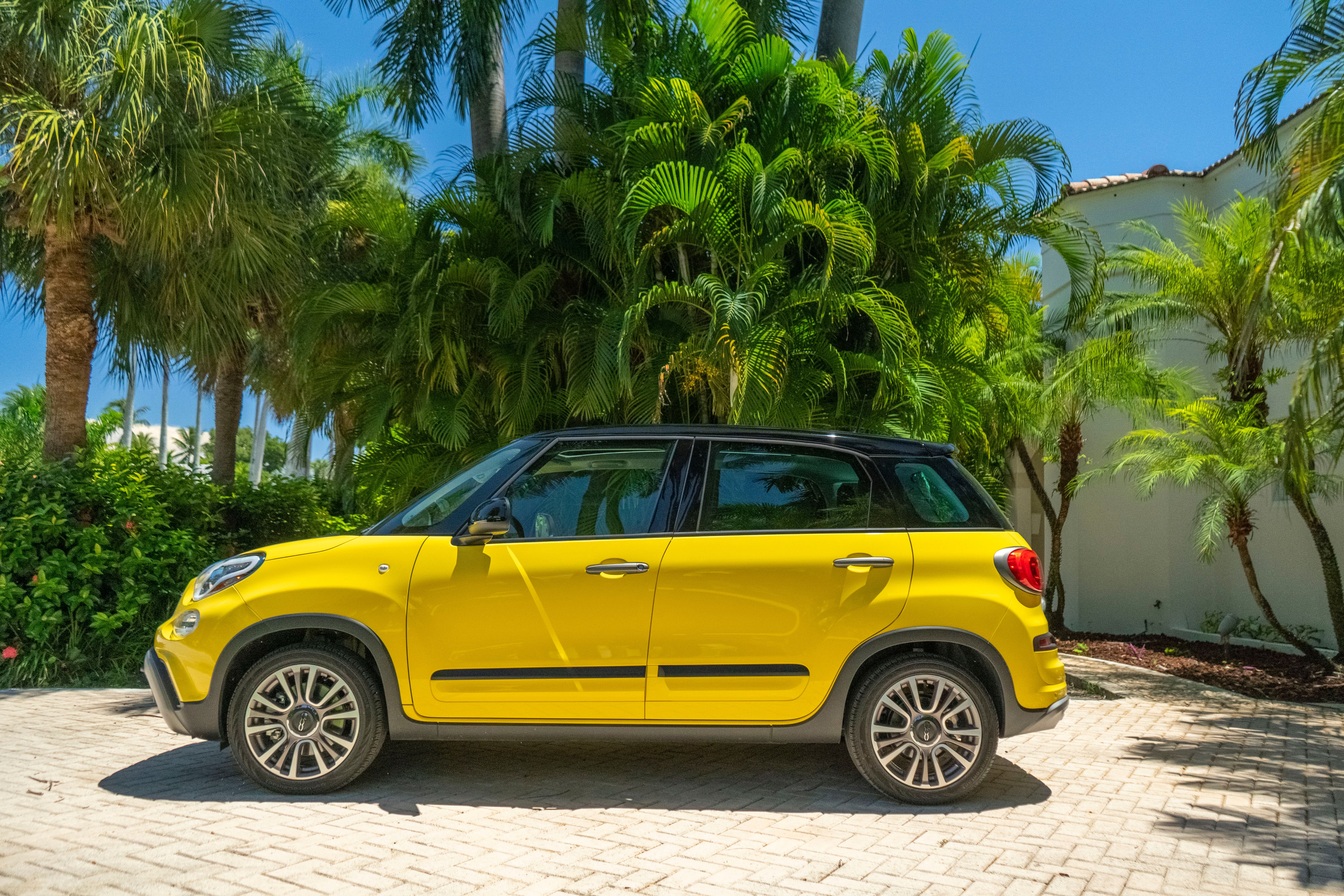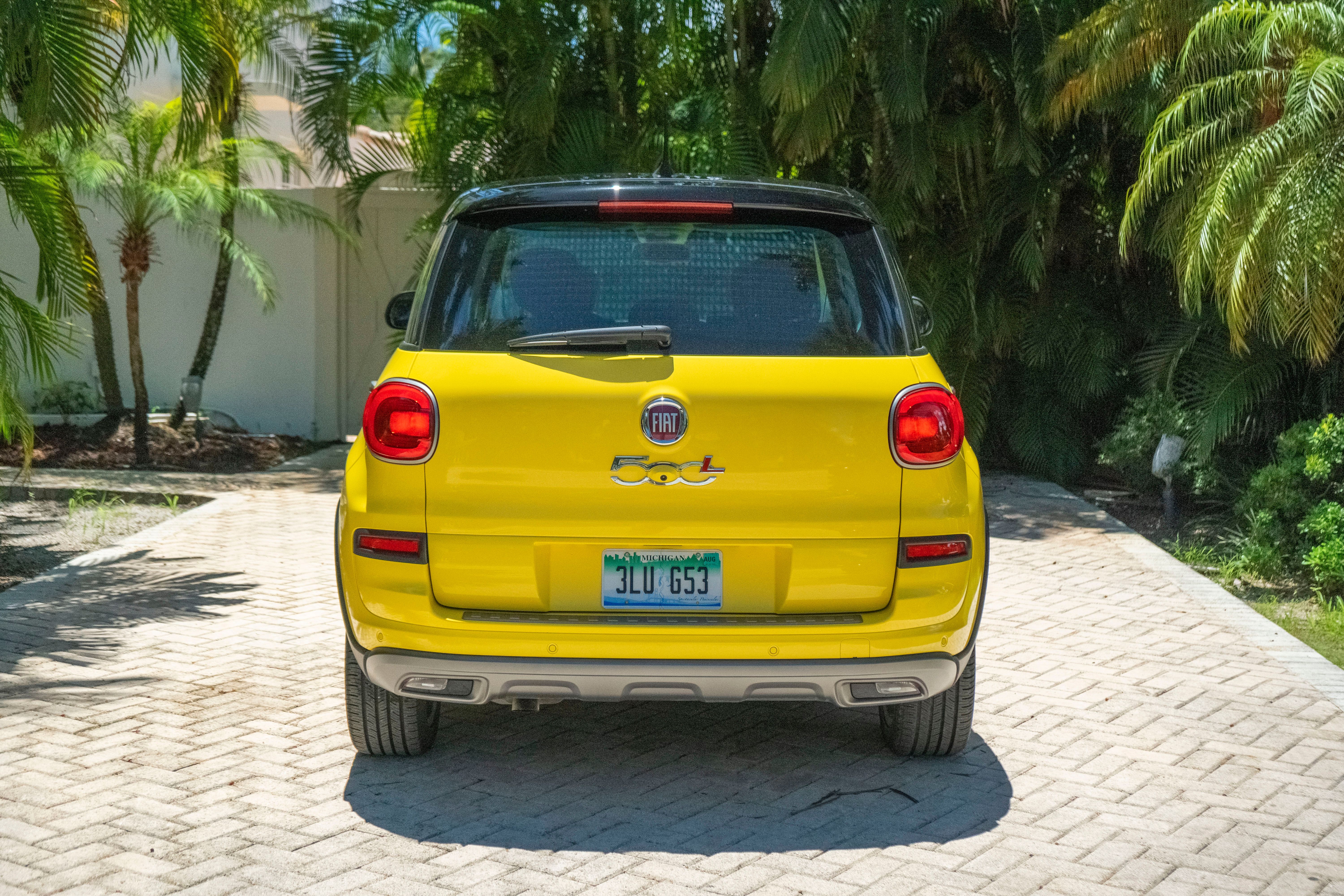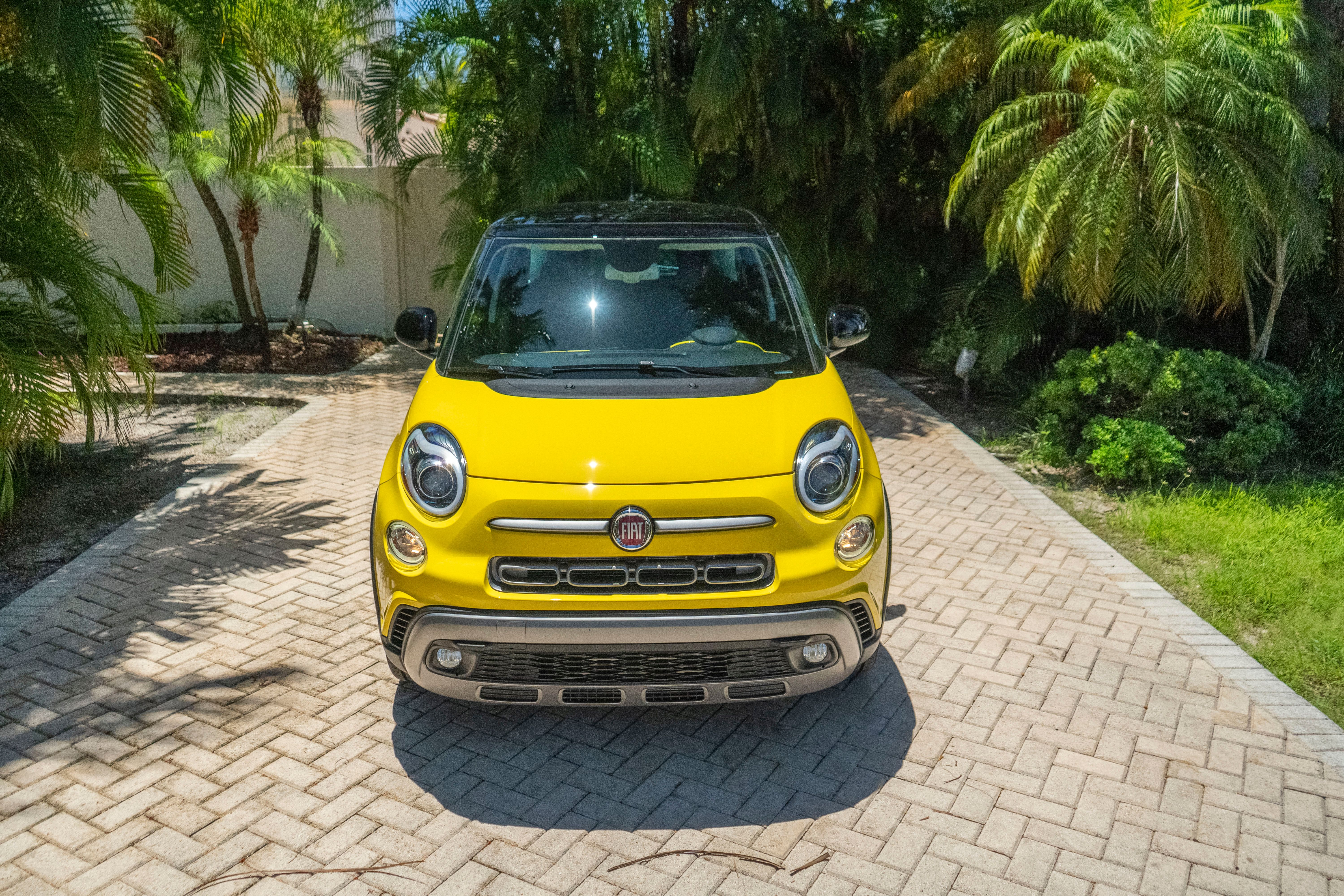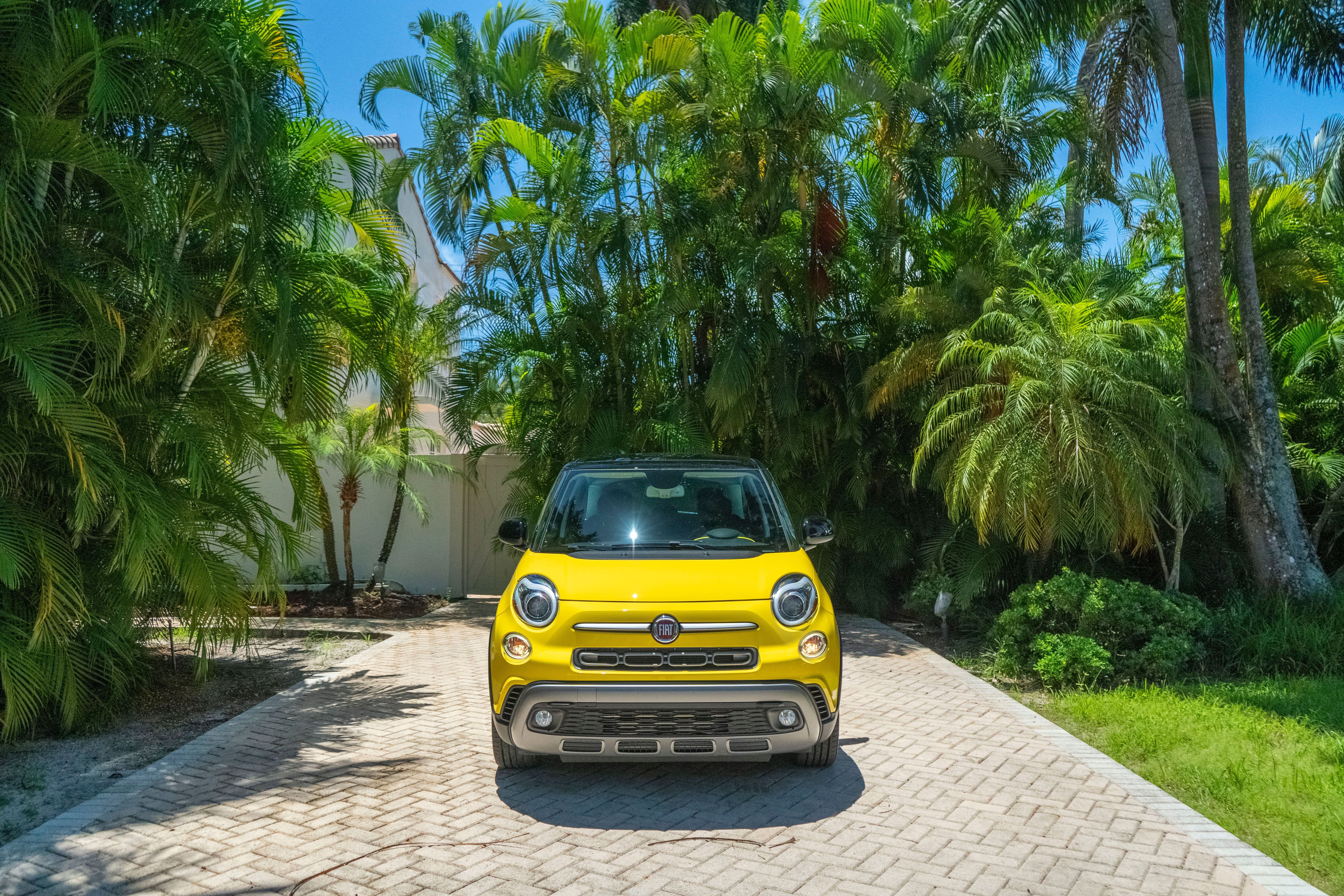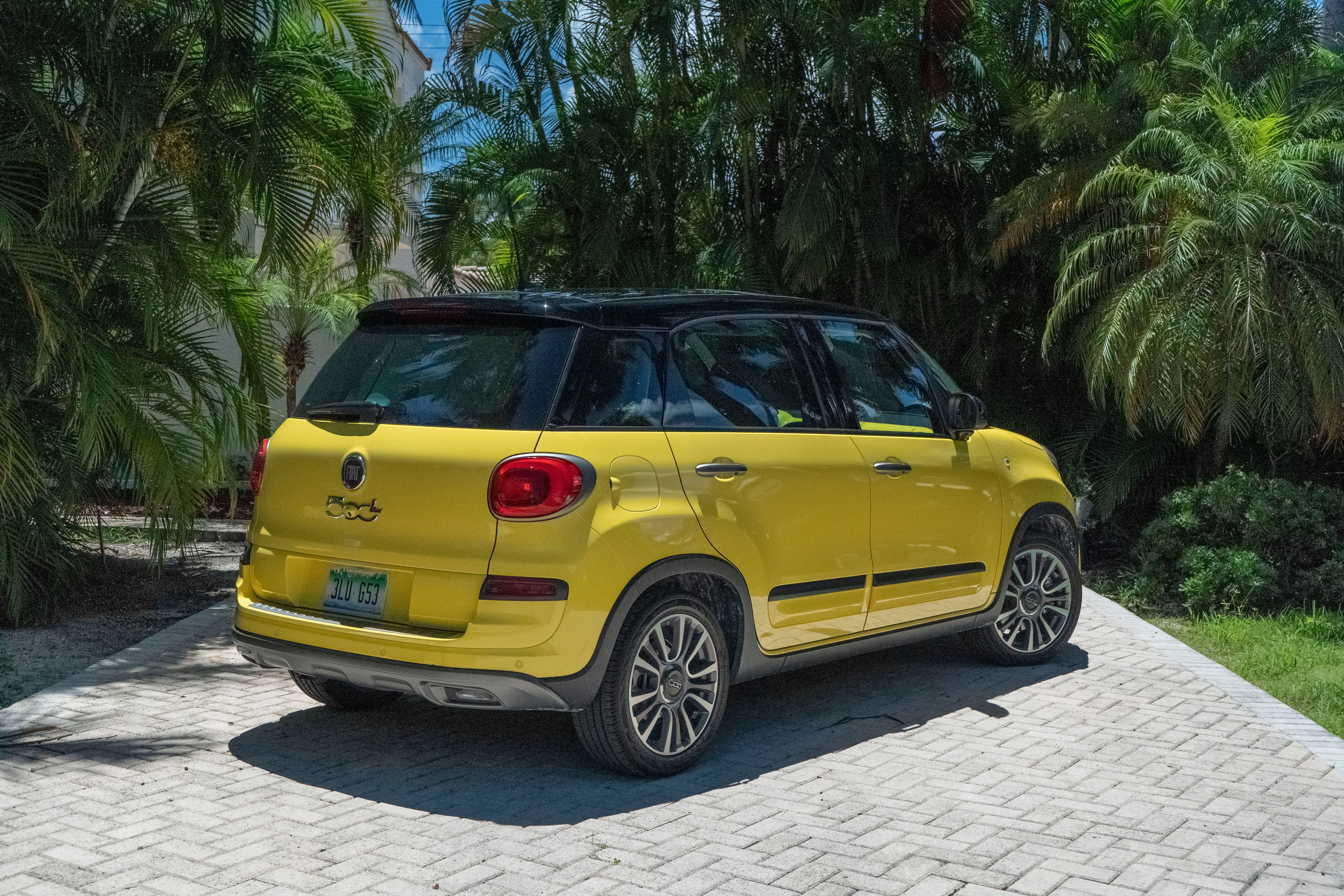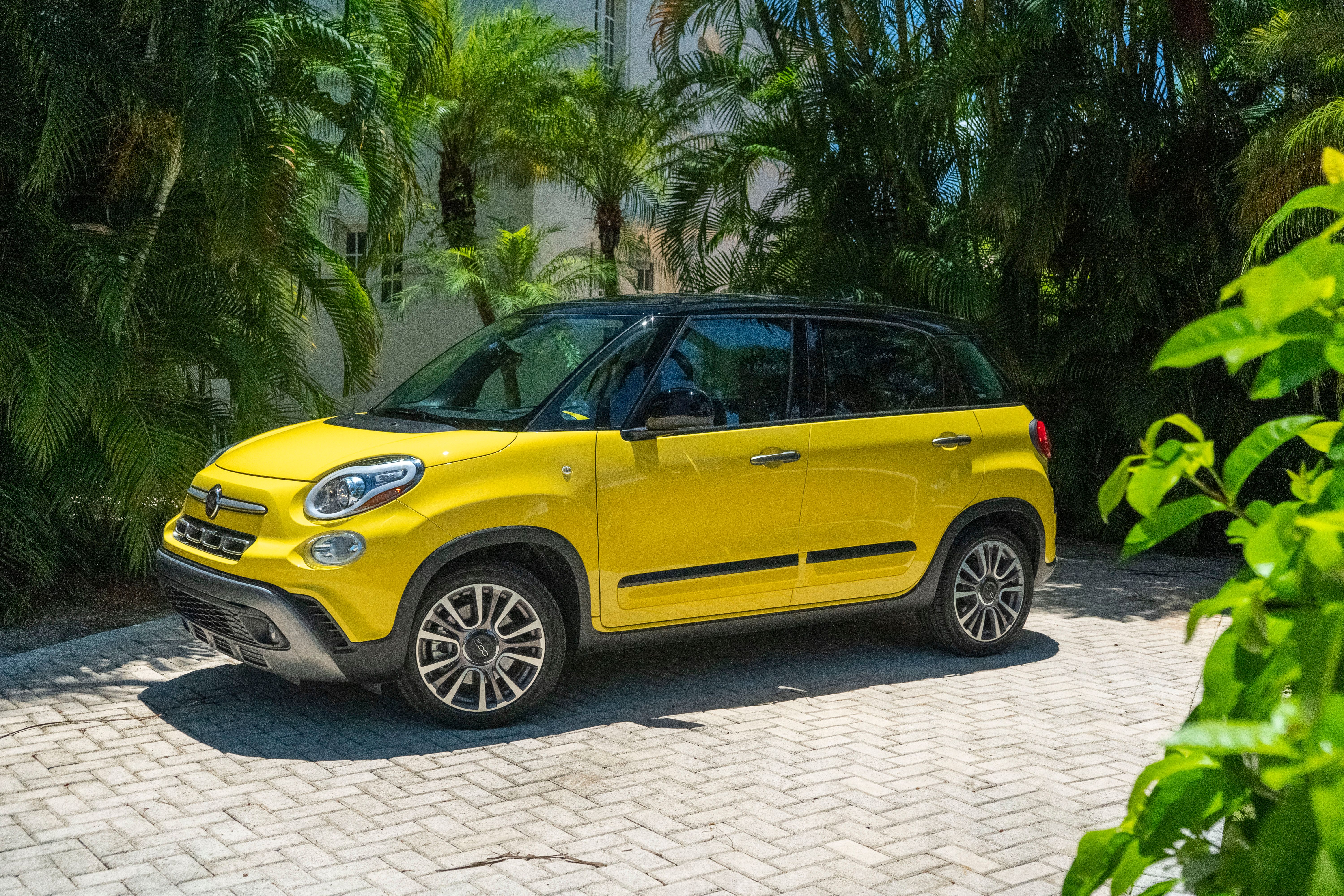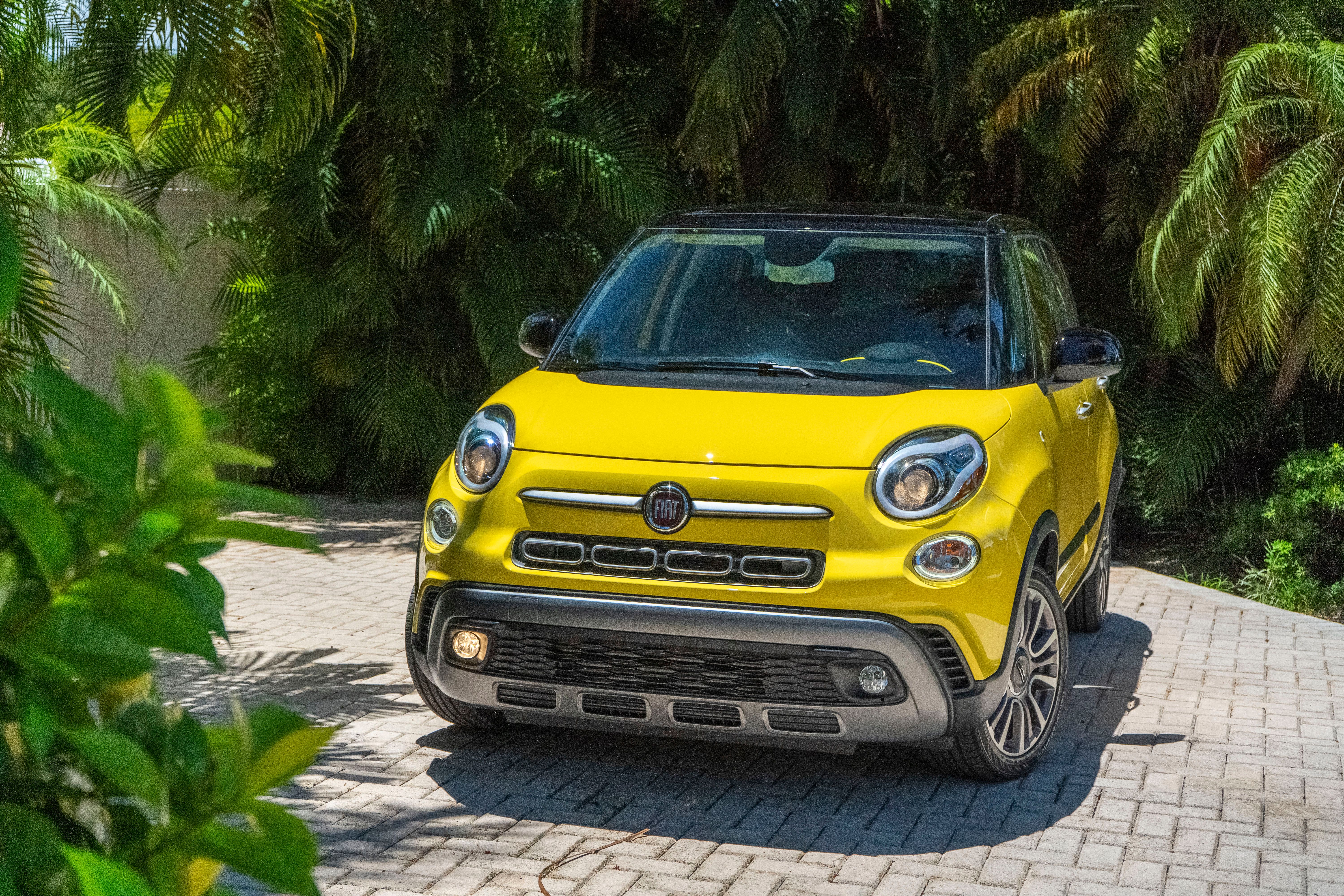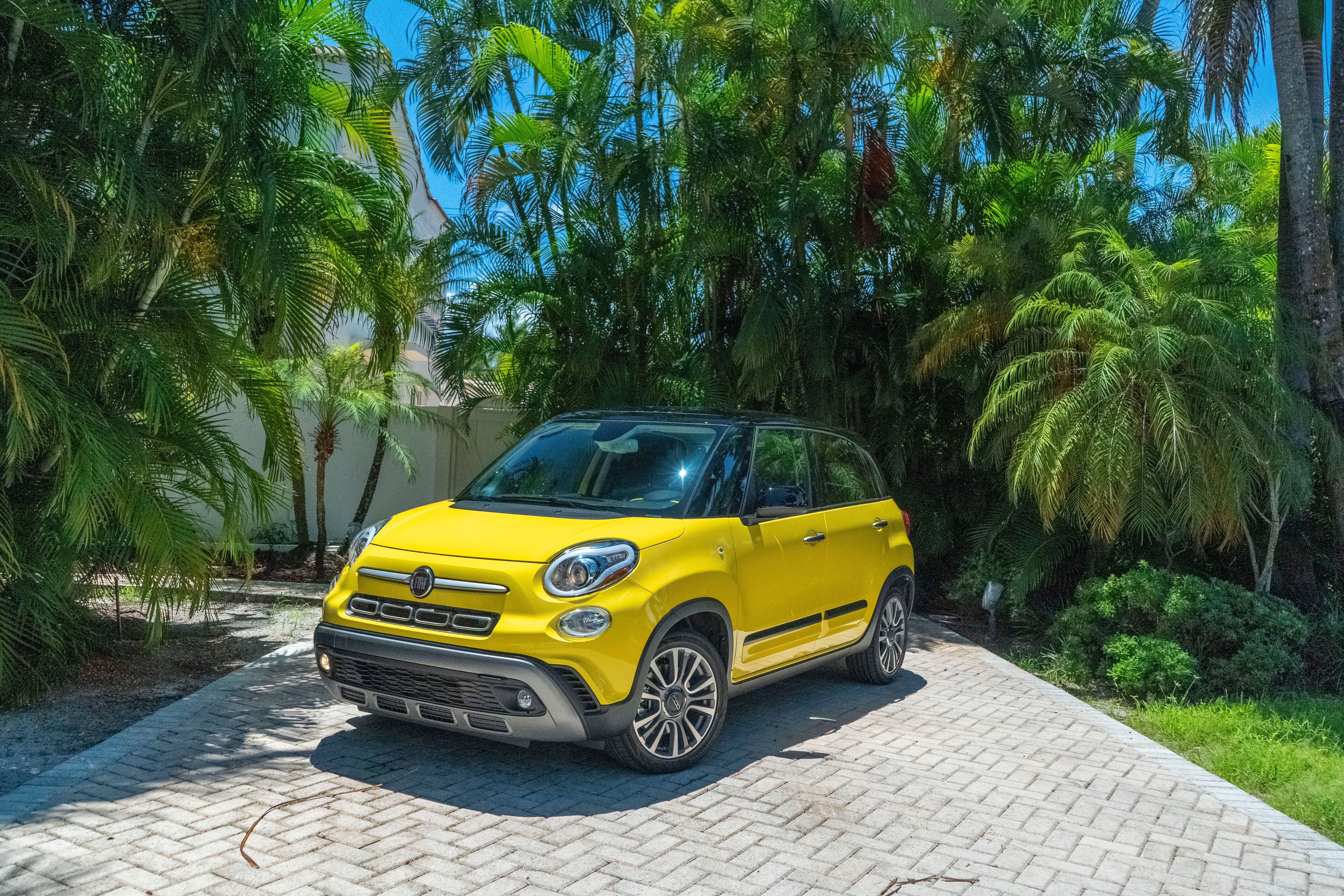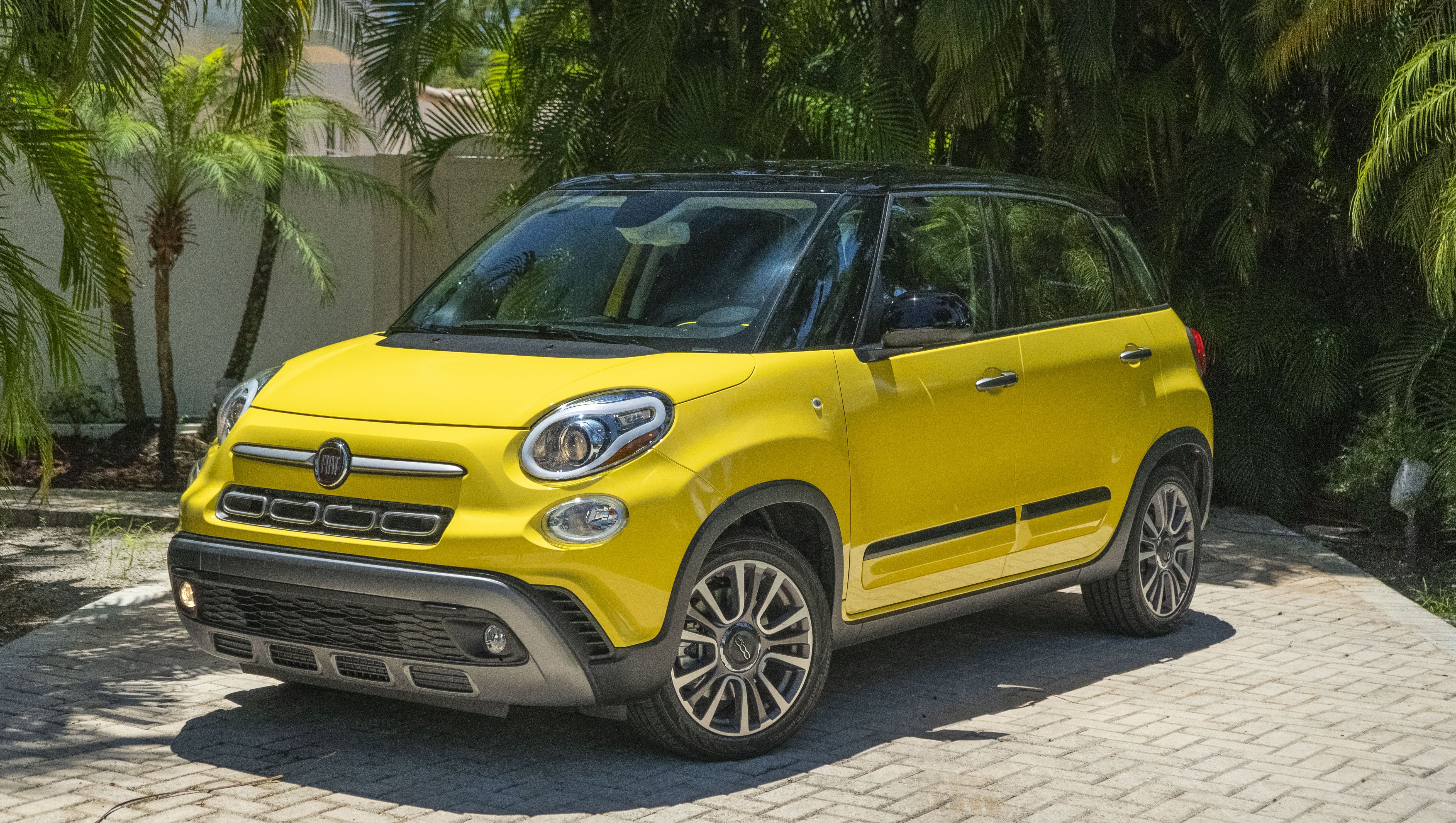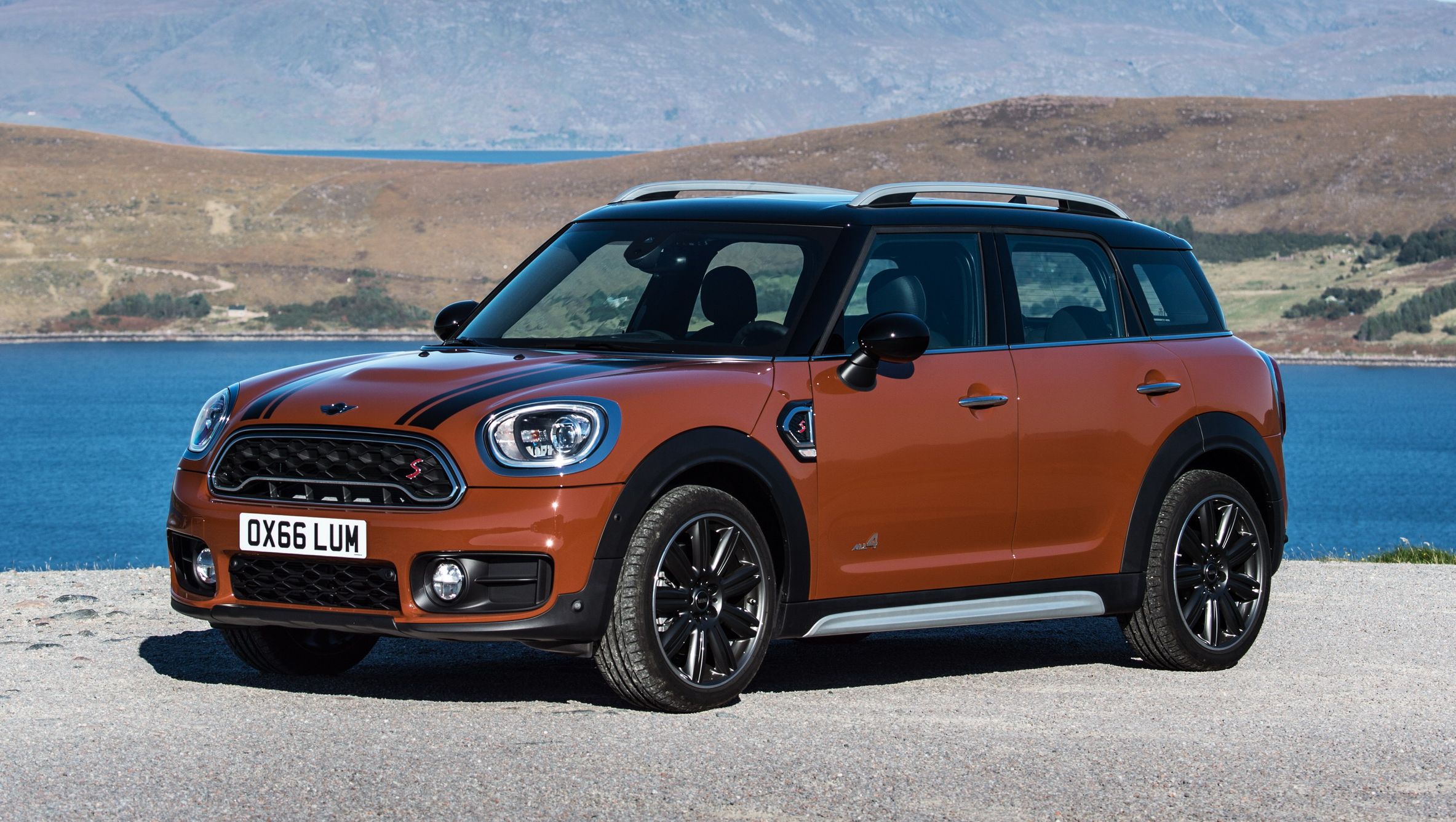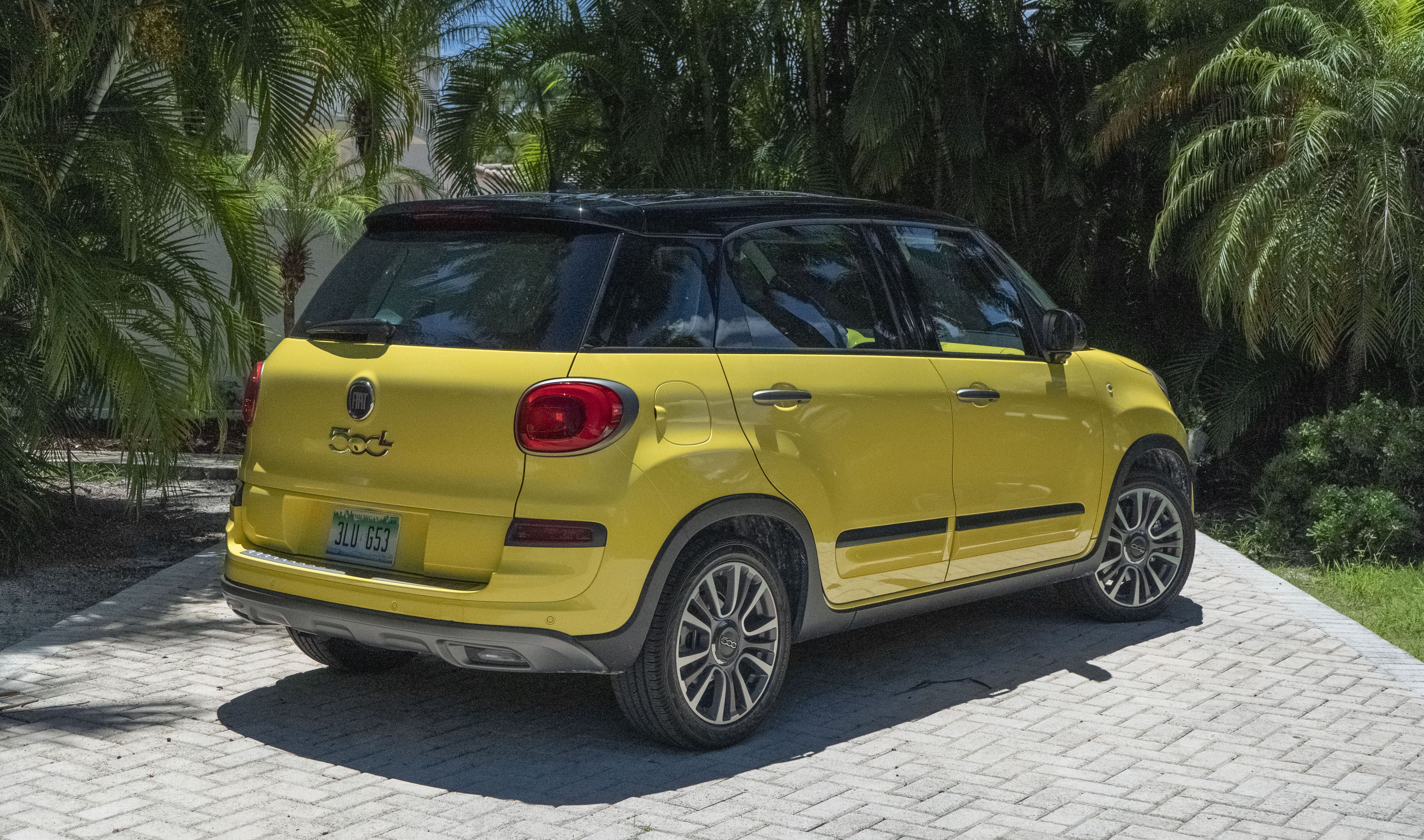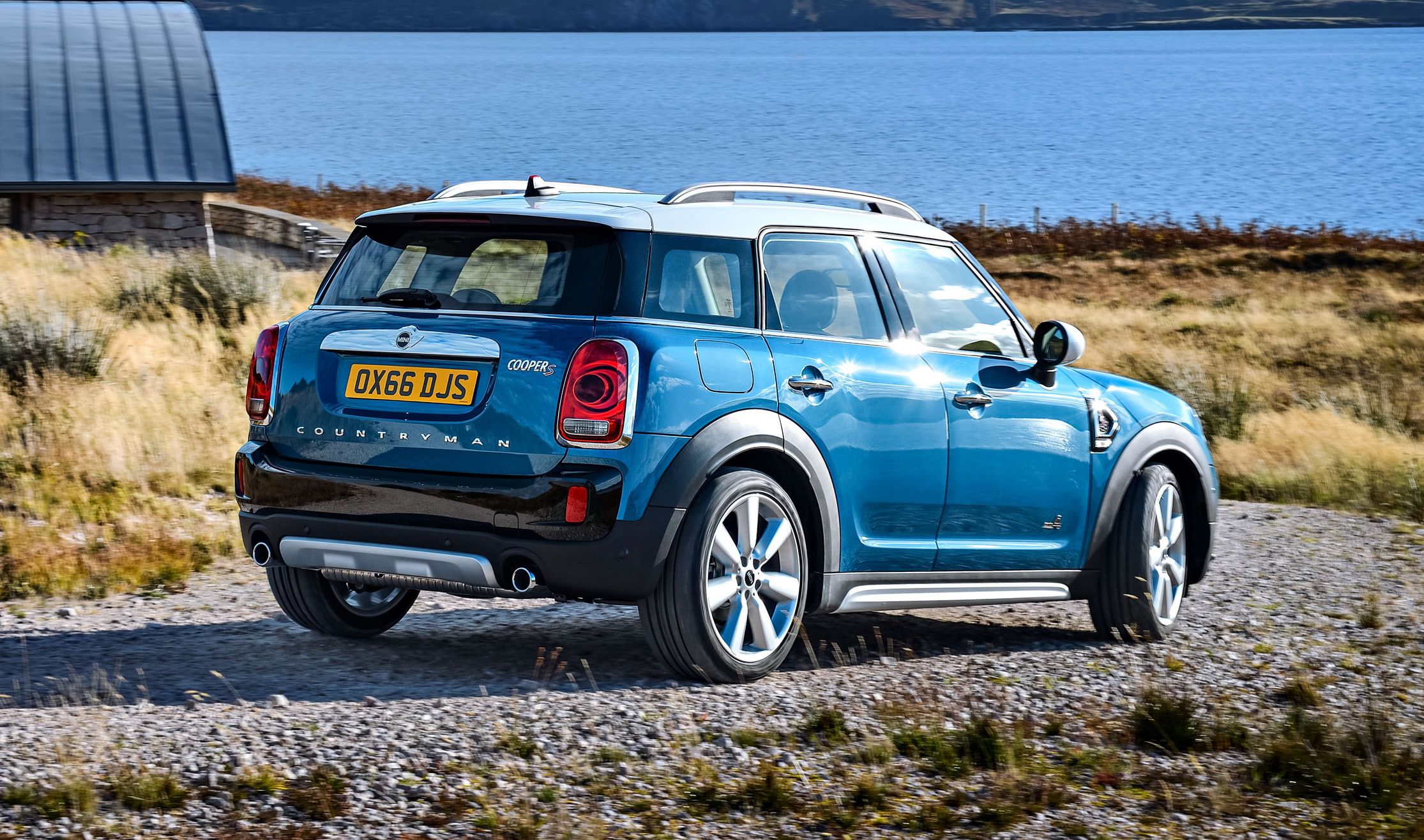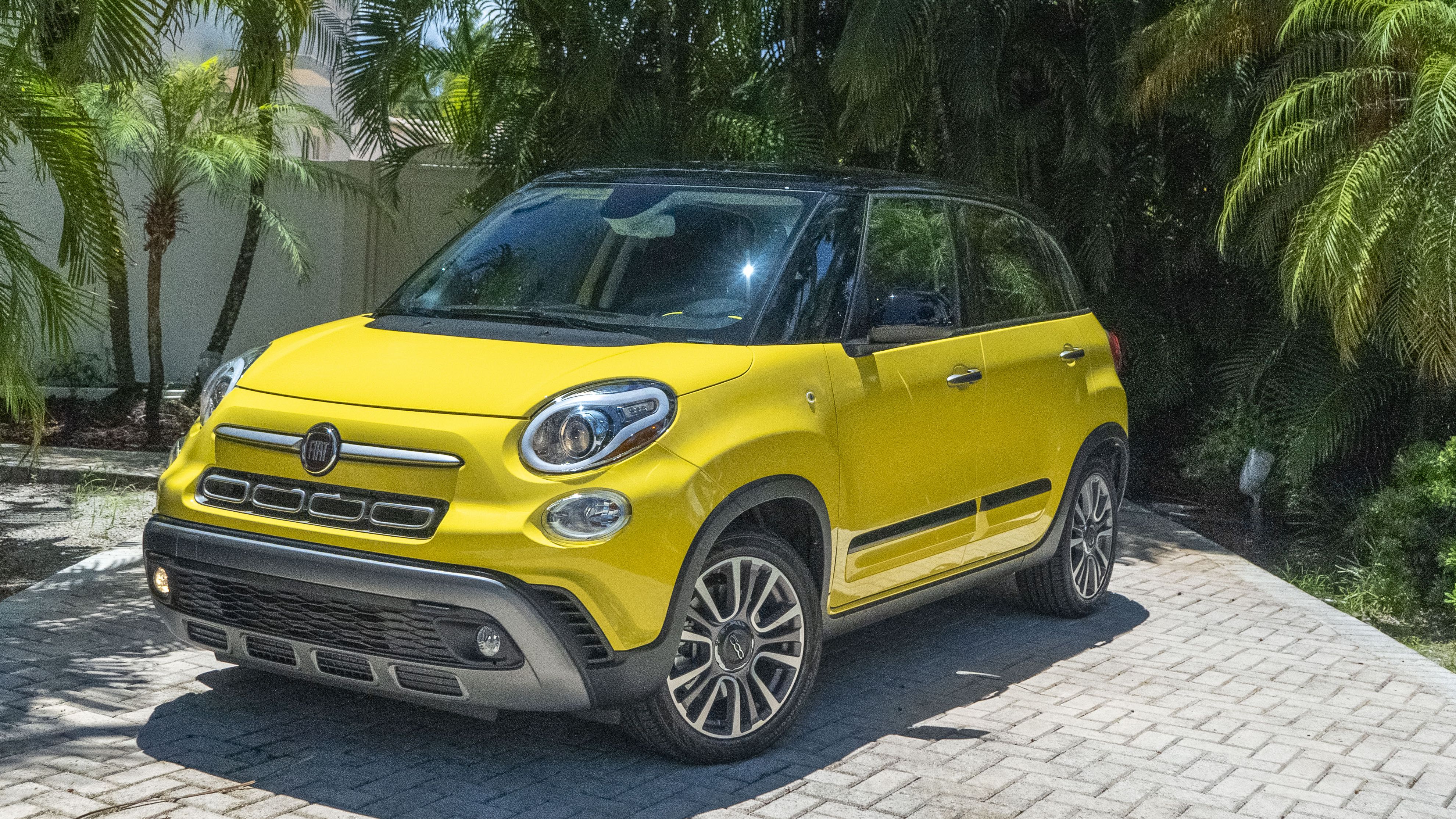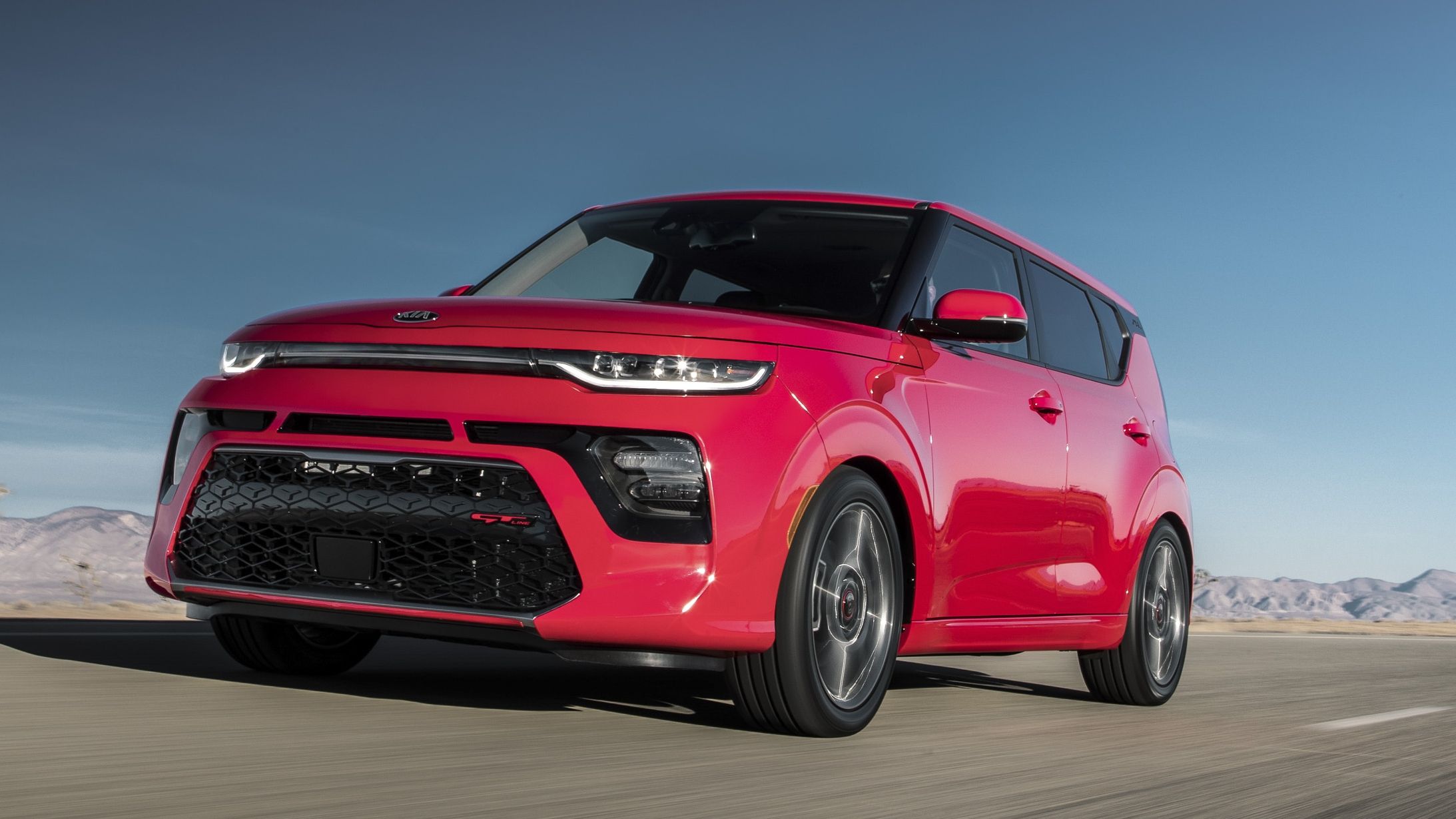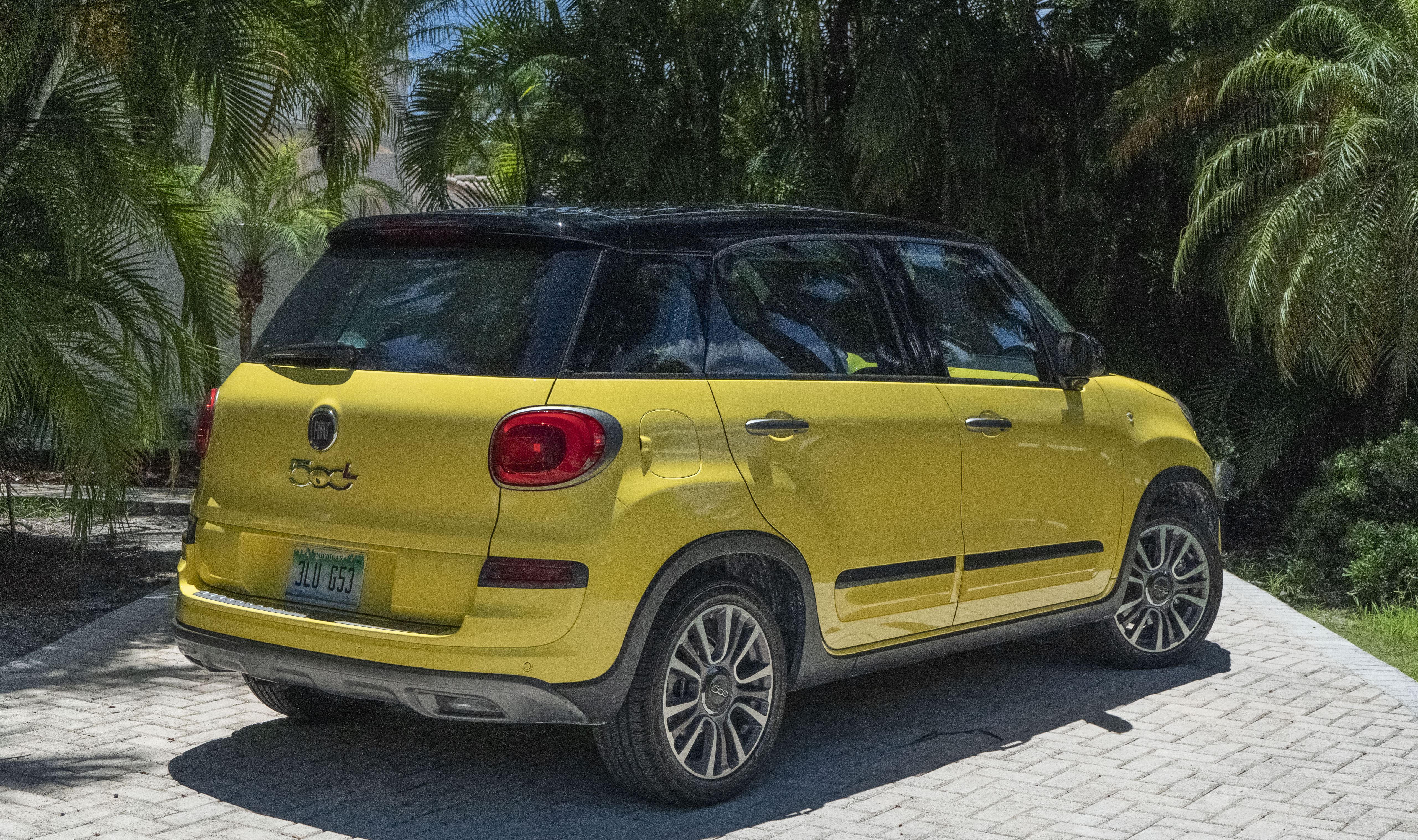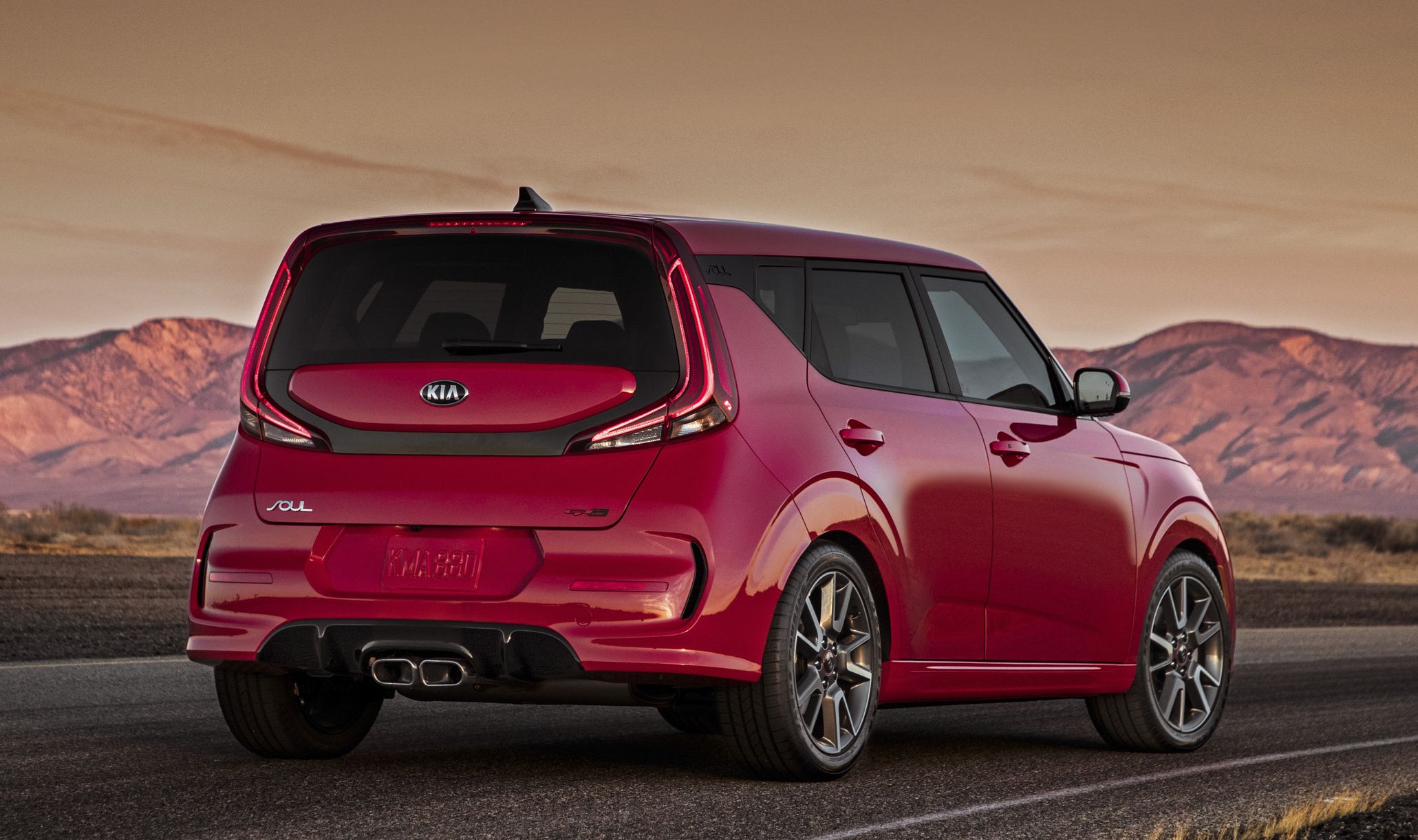The Fiat 500 L is classified as a Compact MPV – Minivan, as we know the term here in the United States – but it’s really more of a compact SUV or large hatchback. It’s been on the global market since 2012, but Fiat didn’t bring it to the states until the 2014 model year. It’s been on the market ever since, and was updated in 2018, but the truth of the matter is that the 500 L is still nearly eight years old. With this in mind, we’re kind of curious if the city car on steroids – remember, it’s based on the 500 city car – is still a viable choice in today’s market.
So, we spoke with our press fleet coordinator and managed to get our hands on a 2019 Fiat 500 L. A couple of weeks later, a 2019 Fiat 500 L Trekking showed up at Top Speed headquarters. This trim level sits above the entry-level Pop trim, but below the upper-class Urbana and Lounge trim levels with a starting price of $23,575. It is certainly positioned right in the middle of the affordable price bracket, but how does it drive? Is the aging 500 L comfortable and up to par with the competition? Does it provide the same thrills and entertaining experience as the smaller 500 that it’s based on? Well, after spending a week with the 2019 Fiat 500 L, we have answers to these questions and more – this is our story.
2019 Fiat 500 L - Driven
- Make: Array
- Model: 2019 Fiat 500 L - Driven
- Engine/Motor: inline-4
- Horsepower: 160 @ 5500
- Torque: 184 @ 2500
- Transmission: six-speed auto
- [do not use] Vehicle Model: Array
Fiat 500 L Exterior Design
The 500 L is unmistakably a Fiat and, despite its native FWD configuration, it looks relatively rugged – especially for a model that’s classified in most parts of the world as an MPV or minivan as we know them. That rugged look is okay as long as you don’t let it mislead you, but even after a week with the 500 L, we’re still not really sold on its design.
The side profile of the Fiat 500 L helps to make up for the weirdness in the front, however, those big A-Pillars look more Pontiac-like than ever from this angle. The roof is slanted downward to the rear and that does give it a sporty touch, but outside of the thin creases around the wheel wells and a slight bulge below the beltline, the body itself is rather bland. The doors do have inserts near the bottom to add a little more character and the two-tone theme here (black above the beltline) does help out when it comes to overall appearance. The problem is that it always looks like the 500 L is squatting in the rear – like a Chevy Suburban that has a little too much cargo in the rear. Of course, this is only a trick on the eyes because of how the roof slants and wraps downward to the rear, and because the rear wheel arches aren’t quite as high as those in the front, but it’s still a little hard to get used to.
Fiat 500 L Exterior Dimensions Comparison
|
Fiat 500 L |
Mini Countryman |
Kia Soul |
Length |
167.0 inches |
168.8 inches |
165.2 inches |
|
|---|---|---|---|---|---|---|---|
|
Widith |
70.9 inches |
71.7 inches |
70.9 inches |
||||
|
Height |
66.1 inches |
61.3 inches |
63.0 inches |
||||
|
Wheelbase |
102.8 inches |
105.1 inches |
102.4 inches |
||||
|
Front Track |
59.1 inches |
61.5 inches |
62.0 inches |
||||
|
Rear Track |
59.4 inches |
61.6 inches |
62.4 inches |
||||
|
Ground Clearance |
4.7 inches |
5.9 inches |
6.7 inches |
How Big is the Fiat 500 L?
The Fiat 500 L is a compact vehicle, so it doesn’t have a big footprint. It measures just 167-inches long, 70.9-inches wide, and 66.1-inches tall with a 102.8-inch wheelbase. That makes it just a hair smaller than the Mini Countryman but a little bit larger than the Kia Soul in some regard.
Fiat 500 L Interior Design
At a glance, the interior of the Fiat 500 L looks classy. The accented dash face is a nice touch and, despite the small screen size, the infotainment system seems adequate for the size of the cabin. The triple-pod instrument cluster isn’t hard on the eyes, but the same can’t be said about the double-pillar design in the front and rear – that’s one of the 500 L’s biggest downfalls inside. Front visibility to either corner is ridiculously bad and the entire week we had the 500 L it was a constant nuisance. Sure, the glass in between pillars does help with visibility a bit, but it leaves us to wonder how this pillar design was actually approved. A single-pillar design would have been much better here.
The displays and instruments are easy enough to read and understand, however, we can’t understand why Fiat would place the trip reset button on the end of the wiper stalk – a place usually reserved for other functions. Quality of the interior as a whole, however, feels subpar compared to other models in this segment, especially when you look at competitors like the Mini Countryman or even the Kia Soul. Gaps between the various interior panels are very inconsistent and give off the vibe that the interior is put together quickly and without concern for precision. The quality of the paint on the dash seems below average and the overall fit and finish of most panels could definitely be improved. Even the controls feel very empty and light, further emphasizing on that “cheap” feeling. A prime example of this is the flexible and thin cover for the 12-volt socket on the lower center stack or the thin-feeling panels that make up the center console and the bezel around the shifter.
Cargo room is decent for a model this size, ranging between about 22 and 68 cubic-feet, but the rear seats also don’t fold flat which seems like a missed target for Fiat as it’s a near- standard across the industry these days.
In the end, we also have to remember that the Fiat 500L is a relatively old model, approaching 8 years old as this year comes to an end, so it’s definitely due for an update. The interior nuances we’ve mentioned here are forgivable for the most part, but at the same time, it makes one wonder if it’s worth waiting for the next-gen 500 L to hit the market in hopes of better material and build quality.
Fiat 500 L Interior Dimensions Comparison
|
Fiat 500 L |
Mini Countryman |
Kia Soul |
Front Headroom |
40.7 inches |
39.9 inches |
39.4 inches |
|
|---|---|---|---|---|---|---|---|
|
Front Shoulder Room |
57.3 inches |
54.8 inches |
55.5 inches |
||||
|
Front Hip Room |
54.9 inches |
TBA |
53.5 inches |
||||
|
Front Leg Room |
40.0 inches |
40.4 inches |
41.1 inches |
||||
|
Rear Headroom |
38.7 inches |
37.5 inches |
39.5 inches |
||||
|
Rear Shoulder Room |
54.6 inches |
54.0 inches |
54.7 inches |
||||
|
Rear Hip Room |
49.4 inches |
TBA |
52.8 inches |
||||
|
Rear Leg Room |
36.7 inches |
37.6 inches |
38.8 inches |
How Much Cargo Room Does the Fiat 500 L Have?
With the rear seats in their upright position, the Fiat 500 L offers 22.4 cubic-feet of cargo room, significantly more than the Mini Countryman’s 17.6 cubic-feet but less than the Kia Soul’s 24.2 cubic-feet. With the rear seats Folded forward – they don’t fold flat and instead tip forward to give access to the floor board below – the 500 L will let you carry a total of 68.0 cubic-feet of cargo, 20 cubic-feet more than the Countryman and about 6 cubic-feet more than the Kia Soul.
Fiat 500 L Cargo Comparison
|
Fiat 500 L |
Mini Countryman |
Kia Soul |
Max Cargo Room |
68.0 CU-FT |
47.6 CU-FT |
62.1 CU-FT |
|
|---|---|---|---|---|---|---|---|
|
Min Cargo Room |
22.4 CU-FT |
17.6 CU-FT |
24.2 CU-FT |
Is the Fiat 500 L’s Infotainment System Easy to Use?
The Fiat 500 L comes with Chrysler’s Uconnect 4 infotainment system, which is actually a good thing given the 500 L’s age as it adds a bit of modernity that’s very much needed and appreciated. To put it simply, the Uconnect infotainment system is something that FCA has managed to get right. Overall response is quite snappy, the menus are easy to navigate and understand, and thanks to a physical volume knob, there’s no difficulty in volume adjustment either (we’re looking at you Honda). Smartphone integration is also easy thanks to Apple CarPlay and Android Auto functionality, and it’s even compatible with Apple Music if you’re willing to pay for a subscription.
Fiat 500 L and Car Seats
The Fiat 500 L is angled as a family car, so it is properly equipped for most car seats, rear and front facing. The outboard rear seats each have two LATCH anchors, and there’s a trio of strap anchors in the rear at the bottom of the seat back. All of these were relatively easy to access, and installing a car seat wasn’t that difficult, however, larger car seats may require you to move the front seats forward a bit or recline the rear seat backs a little. Overall, you shouldn’t have much of an issue securing the little ones.
Fiat 500 L Performance
The Fiat 500 L is powered by a 1.4-liter four-cylinder that is paired with a six-speed automatic transmission. This is a family car at its core, so there’s no option for a manual anywhere and you probably wouldn’t want one anyway.
With a curb weight of just over 3,200 pounds, the 500 L feels rather planted during normal driving and can achieve between 22 and 30 mpg if you drive it responsibly enough.
Fiat 500L Specs vs. The Competition
|
Fiat 500 L |
Mini Countryman |
Kia Soul |
Engine |
1.4-Liter Inline-Four |
1.5-Liter Inline-Three |
2.0-Liter Inline-Four |
|
|---|---|---|---|---|---|---|---|
|
Transmission |
Six-Speed Auto |
Six-Speed Manual or Auto (opt) |
Six-Speed Manual or CVT (opt) |
||||
|
Driveline |
FWD |
FWD (AWD Opt) |
FWD |
||||
|
Horsepower |
160 @ 5,500 RPM |
134 @ 4,400 RPM |
147 @ 6,200 RPM |
||||
|
Torque |
184 LB-FT @ 2,500 RPM |
162 LB-FT @ 1,250 RPM |
132 LB-FT @ 4,500 RPM |
||||
|
Curb Weight |
3,254 LBS |
3,300 LBS |
2,844 LBS |
||||
|
Fuel Economy (mpg) |
22/30/25 |
24/33/28 |
25/31/27 |
||||
|
Fuel Tank Capacity |
13.2 Gallons |
16.1 Gallons |
14.3 Gallons |
||||
|
Max Towing Capacity |
2,200 LBS |
3,300 LBS |
2,000 LBS (est) |
||||
|
Price |
$23,575 |
$27,400 |
$17,490 |
How Much Can the Fiat 500 L Tow?
The Fiat 500 L isn’t exactly a model that you’d consider if you need to tow given its size and poppy appearance, but Fiat claims it’s capable of hauling 2,200 pounds with a braked trailer attached to the rear and the proper hitch installed.
How Fast is the Fiat 500 L?
Fiat hasn’t published performance times for the Fiat 500 L, but we were able to hit 60 mph in around 8.5 seconds with the wind at our back. Top speed is probably somewhere in the 130-mph range at best, but this isn’t a performance car so you shouldn’t even expect that. The truth is that the Fiat 500 L is quick enough for its intended purpose and if you’re looking for something that can serve as a track car on the weekend or something for spirited drives, you should probably look elsewhere.
Fiat 500 L Fuel Economy
The EPA rates that Fiat 500 L at 22 mpg in the city, 30 mpg on the highway, and 25 mpg combined. It’s not bad for highway driving, but we expected a little more out of a model this size. During our testing, we actually managed to beat the EPA’s figures by a small margin and achieved 33 mpg on the highway and a combined economy after a whole week of nearly 27 mpg. That’s still a little shy of what the Mini Countryman and Kia Soul offer, but it’s still respectable.
Fiat 500 L Driving Impressions
To be completely honest, we weren’t exactly thrilled about the Fiat 500 L’s overall drivability. The engine is barely adequate for the weight is has to pull around, but the six-speed automatic transmission is a huge improvement over the CVT that was offered prior to 2016. Be that as it may, the nonlinear power delivery of the 1.4-liter engine makes the overall experience unpleasurable most of the time.
Overall handling is okay, but far from remarkable.
Overall comfort is okay for short trips, but longer trips come with the reminder that you’re in an affordable model. The seat bottoms are fairly hard, something that’s painfully noticeable after an hour or so of driving, but the seats do offer a lot of adjustment that does help keep things comfortable for a little longer. The double pillar design in the front and rear does hamper visibility to a high degree, and it’s something that we couldn’t really get used to as there are more blind spots than one expects from a modern vehicle.
Add this to the fact that the overall ride quality is a bit rough, and it becomes clear that the current 500 L might not be a wise investment if you do any type of lengthy driving at all.
After a week of driving the 500 L, we have to admit that we’re a little disappointed with the vehicle as a whole, and we certainly expected more from a brand that really needs to grow if it wants to continue in the U.S. Market. We had to remind ourselves on more than one occasion that the chassis underneath is quite old so some things are forgivable. There are a lot of other models on the market that offer a much better driving experience, more comfortable ride, and even better comfort, though so you should keep that in mind.
Fiat 500 L Safety
The IIHS hasn’t tested the Fiat 500 L since its introduction back in 2014, but the safety ratings apply to all models, including 2019 models as the overall structure or chassis that underpins the car hasn’t changed. In moderate overlap and side crash testing, the IIHS rated the 500 L with a “Good” rating, which is the highest it gives. Roof strength, head restraints, and seats also received a Good rating. However, the 500 L performed remarkably bad in small overlap testing on the driver side – something you can thank a weak structure and those double pillars for. During this specific test, the crash dummy’s head slipped off the airbag as the steering column shifted, which resulted in the dummy’s head contacting the A-Pillar. Despite this, then IIHS rated head, neck, and chest injury as “Good” (low chance of injury) but hip and thigh injury was rated as “Poor.” Lower leg and foot were rated at just acceptable, which isn’t horrible. Overall, the Fiat 500 L is a fairly safe vehicle, but it doesn’t exactly receive high marks across the board either.
Fiat 500 L Pricing
The Fiat 500 is offered in four different trim levels that range from $21,160 all the way up to $24,570 for the range-topping Lounge trim level. This makes the range-topping Lounge trim nearly $3,000 cheaper than the entry-level countryman and the entry-level Pop trim almost $4,000 more expensive than the entry-level Kia Soul LX. The entry-level 500 L is also just $500 cheaper than the Kia Soul EX, which is much better equipped and sits just below the range-topping GT-Line Turbo.
Fiat 500L Pricing Comparison
|
MSRP |
Fiat 500 L Pop |
$22,160 |
|
|---|---|---|---|
|
Fiat 500 L Trekking |
$23,575 |
||
|
Fiat 500 L Urbana |
$24,170 |
||
|
Fiat 500 L Lounge |
$24,570 |
||
|
Mini Countryman Classic |
$27,400 |
||
|
Mini Countryman Signature |
$30,900 |
||
|
Mini Countryman Iconic |
$35,900 |
||
|
Kia Soul LX |
$17,490 |
||
|
Kia Soul S |
$20,290 |
||
|
Kia Soul GT-Line |
$20,290 |
||
|
Kia Soul X-Line |
$21,490 |
||
|
Kia Soul EX |
$22,690 |
||
|
Kia Soul GT-Line Turbo |
$27,490 |
Fiat 500 L Competition
Mini Countryman
|
|
ids=858087,858088 |
no_overlay=false |
before_label=2019 Fiat 500L |
after_label=2019 Mini Countryman> |
The Mini Countryman – a larger, SUV version of the Mini Cooper hatchback sits in the compact segment and offers the thrills typically associated with the Cooper but with a little more ground clearance and some added utility and cargo space. It was redesigned for the 2017 model year, so it’s relatively modern and is a little better equipped than the Fiat 500 L. To put it simply, the Countryman is pretty fun to drive and relatively quick, but not quite as engaging as models like the BMW X1, for example. And, that’s kind of the beauty of it, as the Countryman effectively sits between your traditional SUV or crossovers and more luxurious models from BMW, Audi, or Mercedes. The biggest problem with the Countryman is that Minis, in general, are sporty, but the Countryman isn’t really up to par with that and things like the huge bolsters in the front seats are actually a drawback on this model.
|
|
ids=858089,858090 |
no_overlay=false |
before_label=2019 Fiat 500L |
after_label=2019 Mini Countryman> |
The good news about it is that it’s incredibly roomy for its size (and for minis in general) and, in terms of driving dynamics, it can handle some spirited driving very well and generally better than the competitors. The infotainment system isn’t exactly the best on the market – the Fiat 500 L’s Uconnect 4 system is quite a bit better – but it’s certainly not the worst we’ve used either. Power output is on the low side in base form at just 134 horsepower and 162 pound-feet of torque, but higher trim levels – which are more fun to drive – have considerably more. Cargo room for most models bottoms out at 17.6 cubic-feet but increases to as much as 47.6 cu-ft which is, we have to admit, pretty low compared to the competition (the 500L has as much as 68 cu-ft while the Soul has as much as 62.1 cu-ft.) With that in mind, if hauling a lot of cargo is your thing, the Countryman might not be your best option. Pricing for the Countryman starts out at $27,400 for the entry-level Classic trim and tops out at $35,900 for the range-topping Iconic trim.
Fiat 500L vs. Mini Countryman
|
Fiat 500 L |
Mini Countryman |
Engine |
1.4-Liter Inline-Four |
1.5-Liter Inline-Three |
|
|---|---|---|---|---|---|
|
Transmission |
Six-Speed Auto |
Six-Speed Manual or Auto (opt) |
|||
|
Driveline |
FWD |
FWD (AWD Opt) |
|||
|
Horsepower |
160 @ 5,500 RPM |
134 @ 4,400 RPM |
|||
|
Torque |
184 LB-FT @ 2,500 RPM |
162 LB-FT @ 1,250 RPM |
|||
|
Curb Weight |
3,254 LBS |
3,300 LBS |
|||
|
Fuel Economy (mpg) |
22/30/25 |
24/33/28 |
|||
|
Fuel Tank Capacity |
13.2 Gallons |
16.1 Gallons |
|||
|
Max Towing Capacity |
2,200 LBS |
3,300 LBS |
|||
|
Price |
$23,575 |
$27,400 |
Read our full review on the 2019 Mini Countryman.
Kia Soul
|
|
ids=858091,858092 |
no_overlay=false |
before_label=2019 Fiat 500L |
after_label=2020 Kia Soul> |
The Kia Soul might not be quite as funky as, say, the Nissan Juke, but it does have a certain level of funk to it. It a world where sleek bodies, steeply slanted roofs, and bubbly design seem to crowd the market, the Kia Soul differentiates itself with a boxy design that’s not only unique to the segment but attractive – and fresh, since it was just updated and transitioned into its third generation for the 2020 model year. Since the 2020 Soul is just starting to make its rounds to dealers, we haven’t had a chance to get behind the wheel of one quite yet but, if the previous models give any hint about the new Soul’s driving experience, then we can comfortably say that it will be a blast to drive for what it is. The range-topping GT-Line Turbo will probably be the most engaging Soul to ever come to market, but we’ll have to reserve official judgement until we find out for sure.
|
|
ids=858093,858094 |
no_overlay=false |
before_label=2019 Fiat 500L |
after_label=2020 Kia Soul> |
With that in mind, you should know that the Kia Soul is one of the cheapest offerings in the compact segment and it does offer a lot of features for its price range. We did get the chance to sit in the 2020 Soul at a recent auto show and we have to admit that it’s roomier than ever for its size (and the segment,) and it does include Apple CarPlay and Android Auto as standard features on even the entry-level model. In base form, you’ll find that the Soul’s 2.0-liter four-cylinder is fairly adequate with 147 horsepower and 132 pound-feet of torque. It doesn’t sound like much, but the Soul is also incredibly light at just over 2,844 pounds. It can also be had with a manual – this we would recommend as the only other offering is a CVT and, while Kia’s CVT isn’t bad, CVTs in general just don’t have the right feel to them. You can step into an entry-level Kia Soul LX for just $17, 490 or a range-topping GT-Line Turbo for $27,490 with four trims in the middle, so there’s pretty much a trim level for anyone on any budget.
Fiat 500L vs. Kia Soul
|
Fiat 500 L |
Kia Soul |
Engine |
1.4-Liter Inline-Four |
2.0-Liter Inline-Four |
|
|---|---|---|---|---|---|
|
Transmission |
Six-Speed Auto |
Six-Speed Manual or CVT (opt) |
|||
|
Driveline |
FWD |
FWD |
|||
|
Horsepower |
160 @ 5,500 RPM |
147 @ 6,200 RPM |
|||
|
Torque |
184 LB-FT @ 2,500 RPM |
132 LB-FT @ 4,500 RPM |
|||
|
Curb Weight |
3,254 LBS |
2,844 LBS |
|||
|
Fuel Economy (mpg) |
22/30/25 |
25/31/27 |
|||
|
Fuel Tank Capacity |
13.2 Gallons |
14.3 Gallons |
|||
|
Max Towing Capacity |
2,200 LBS |
2,000 LBS (est) |
|||
|
Price |
$23,575 |
$17,490 |
Read our full review on the 2020 Kia SOUL.
Final Thoughts
The Fiat 500 L has the makings of a good car, but in 2019 it’s outdated in terms of build quality, performance, and comfort. When it was first launched in the U.S. for the 2014 model year, it was much more capable of competing on the market, but right now, it’s painfully obvious that the 500 L is in dire need of update and it honestly doesn’t make sense to step into a brand new model when a new generation should be launched in the next year or two at most. When that time comes, it might be worth stepping into since it’ll be steeply discounted but otherwise, you’re better off to go with the competition or wait for the next model. Of course, this was kind of expected considering its age, so we have high hopes for the next-gen model.
Further reading
Read our full review on the 2018 Fiat 500L.
Read our full review on the 2018 Fiat 500X.
Read our full review on the 2018 Fiat 500.

